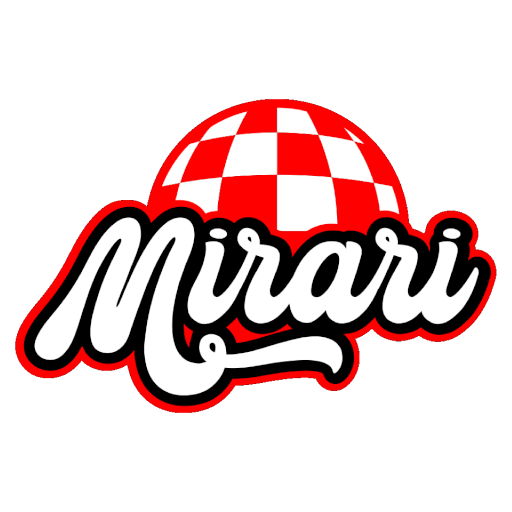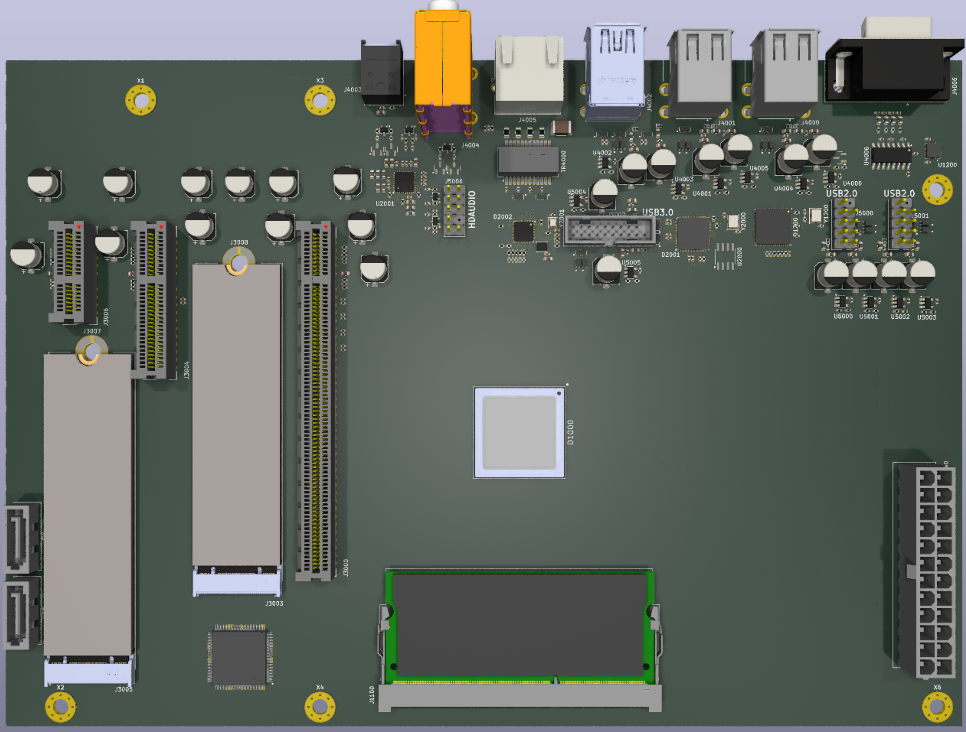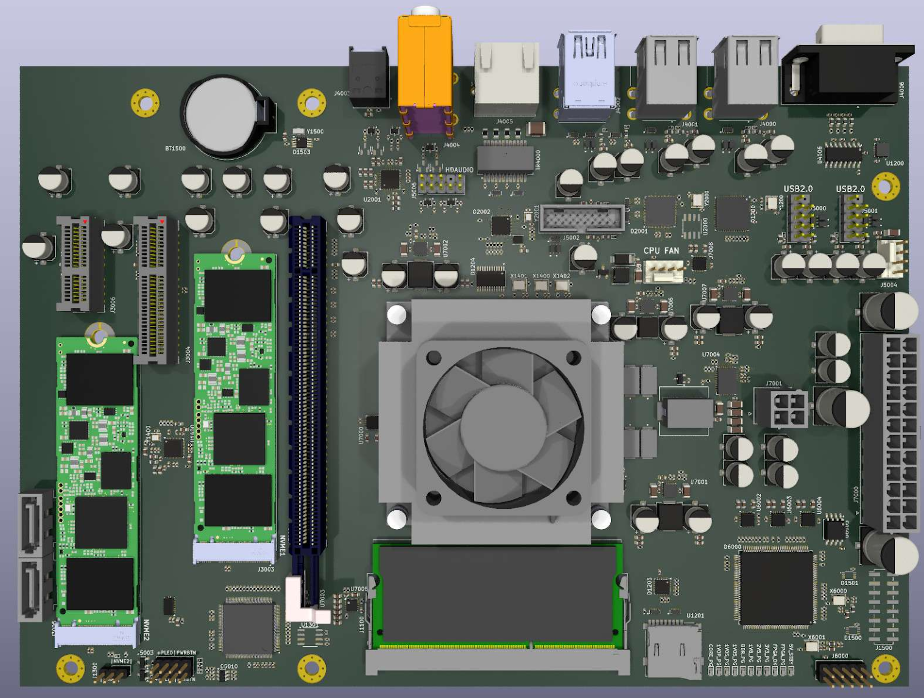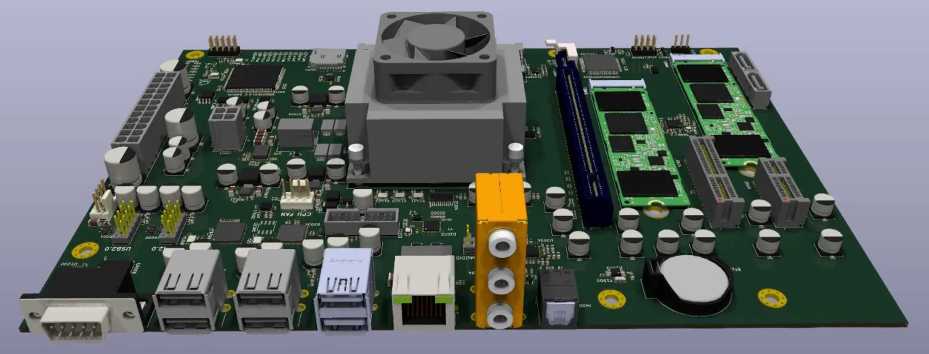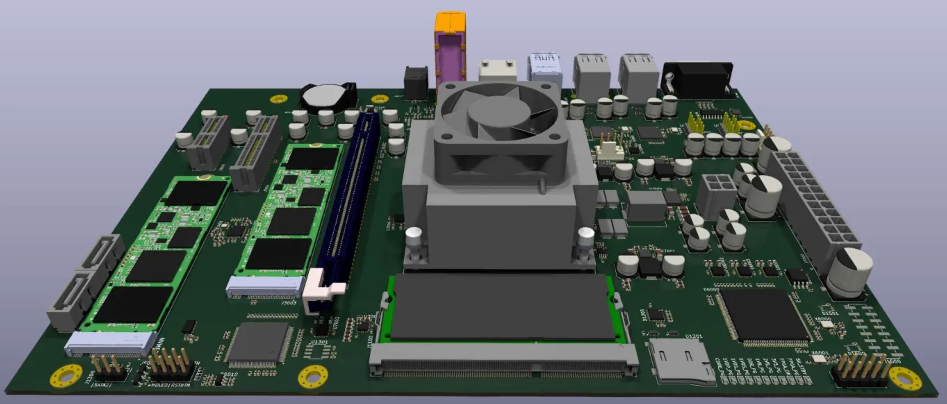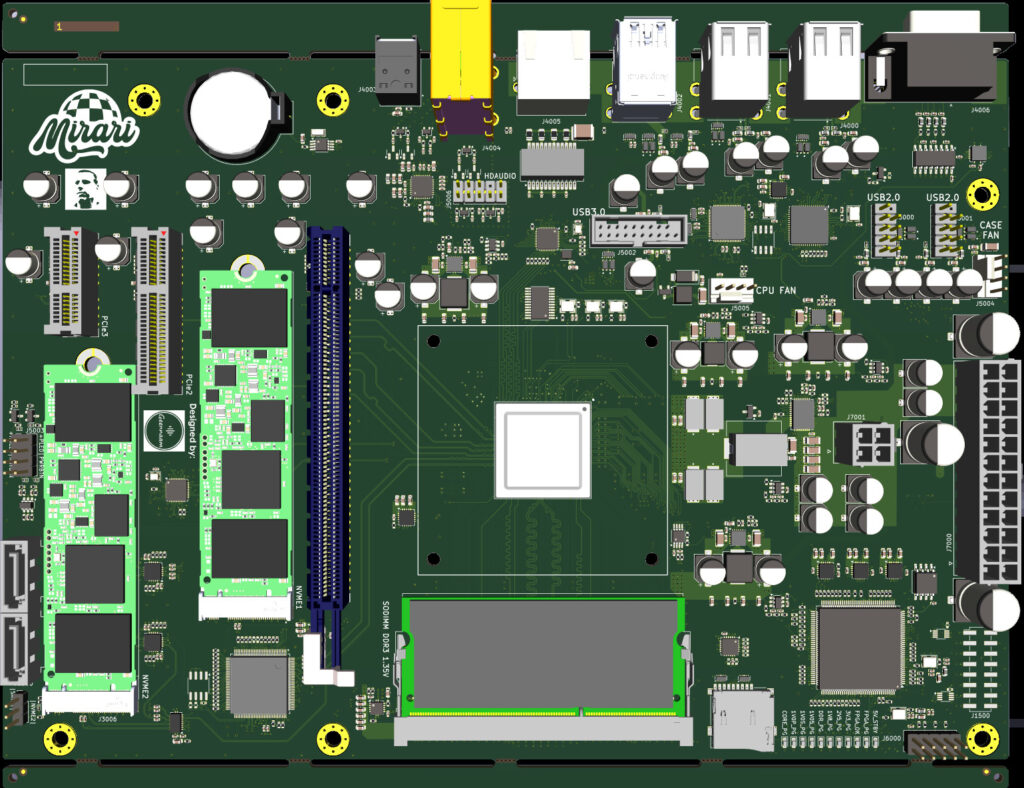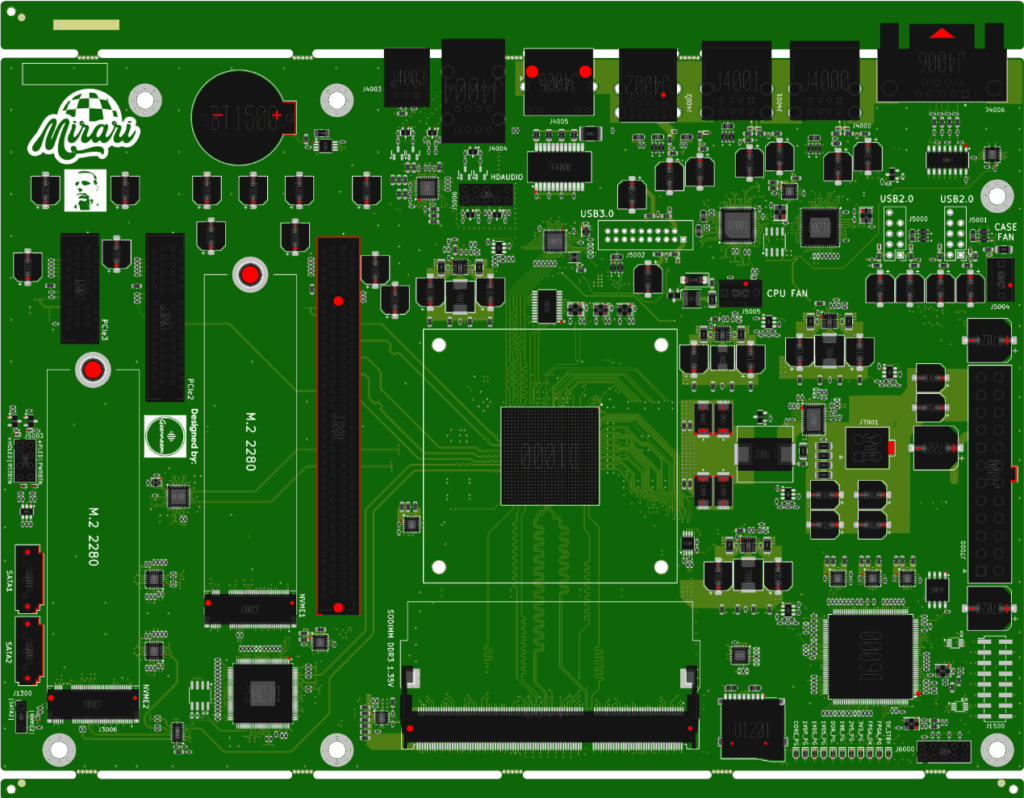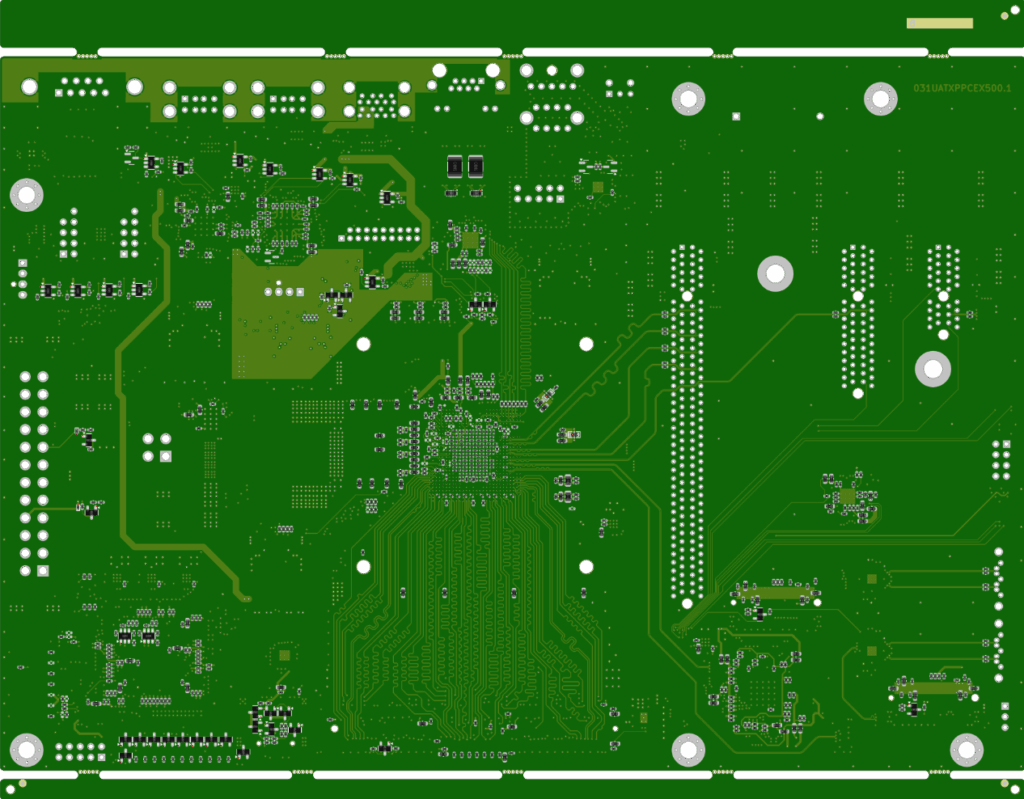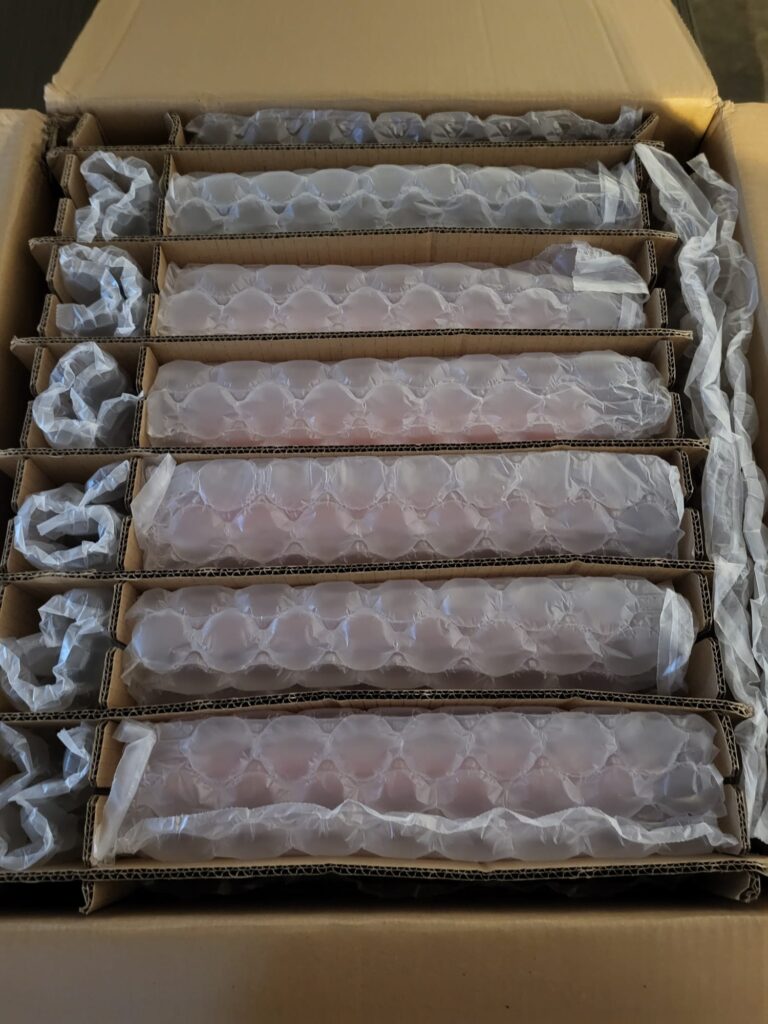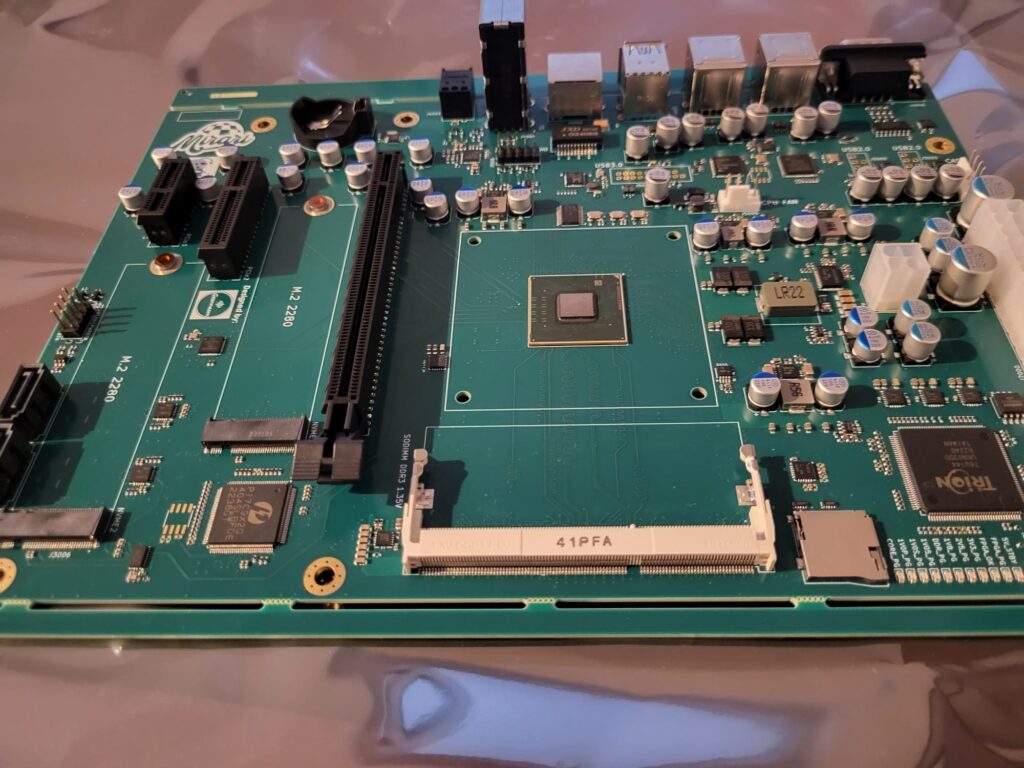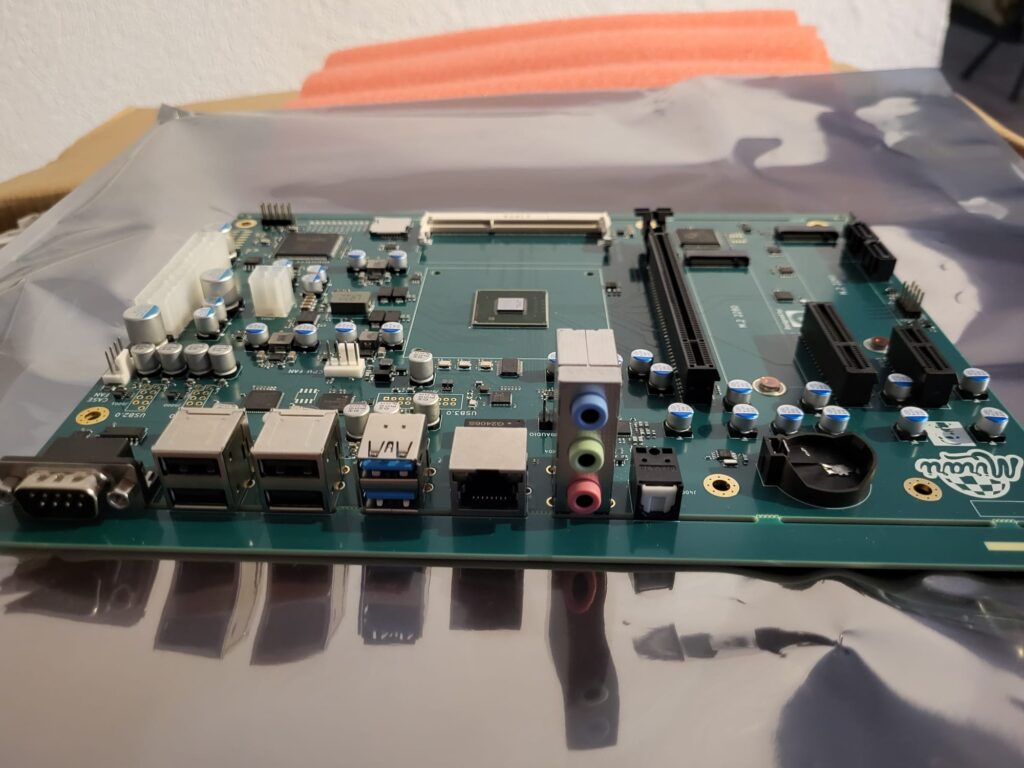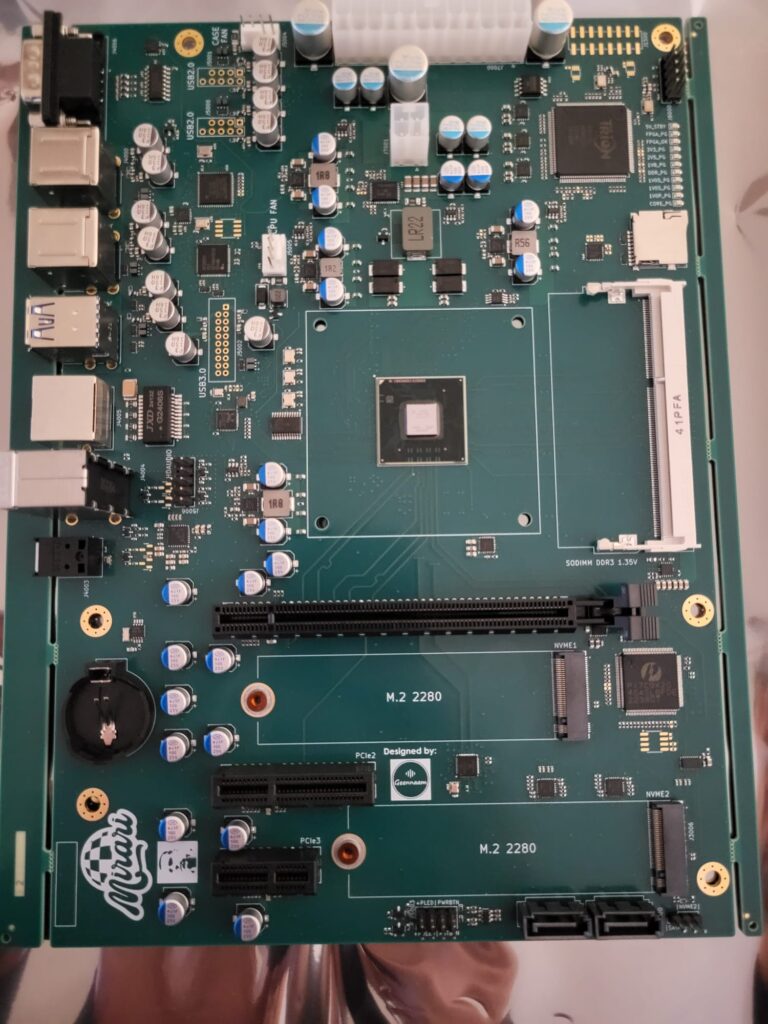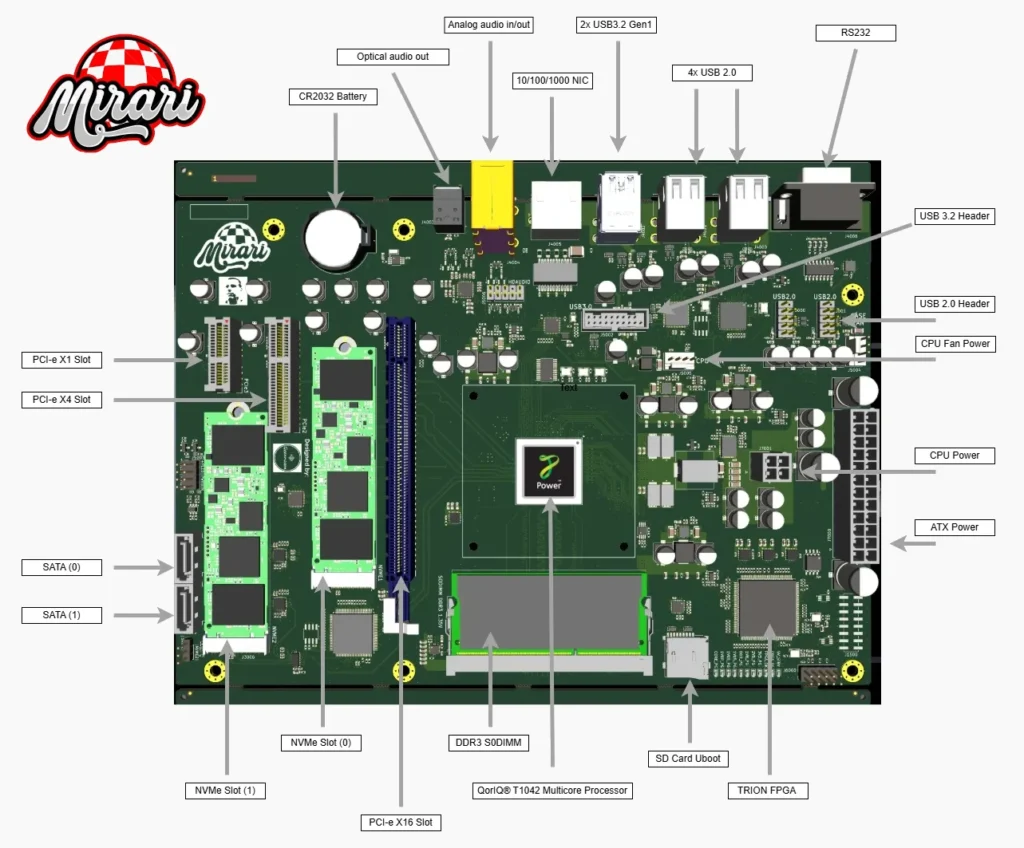
Mirari KiCad Design Phase…
Harald (Geennaam) started around May 2024 with the Mirari board design using KiCad. KiCad is an open source software suite for Electronic Design Automation (EDA)
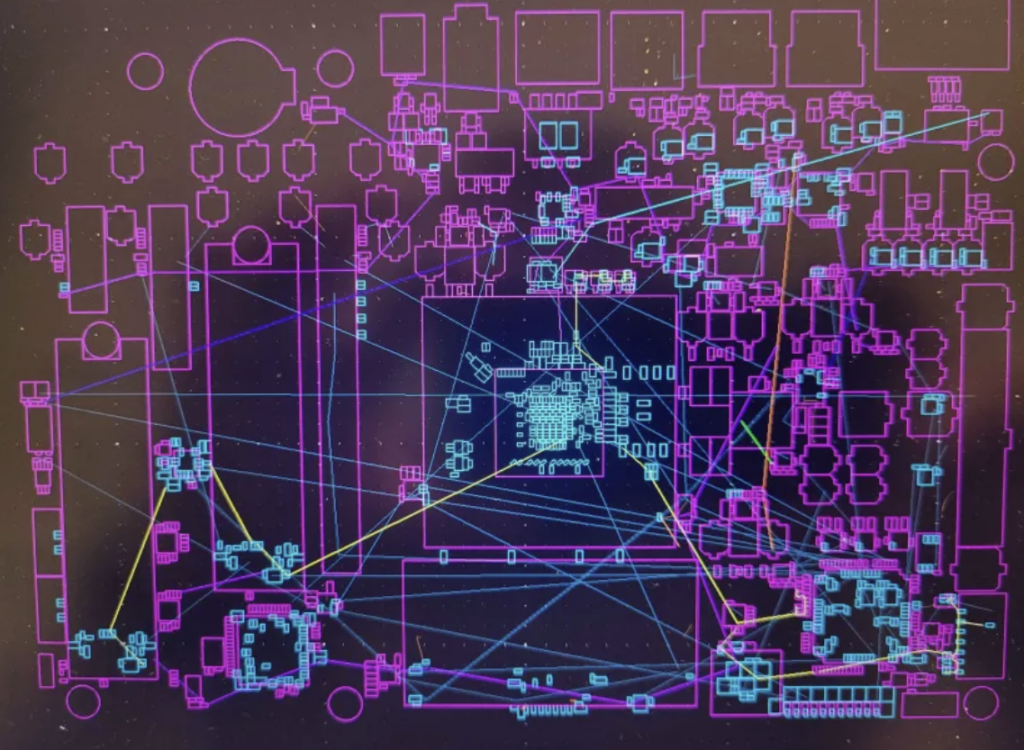
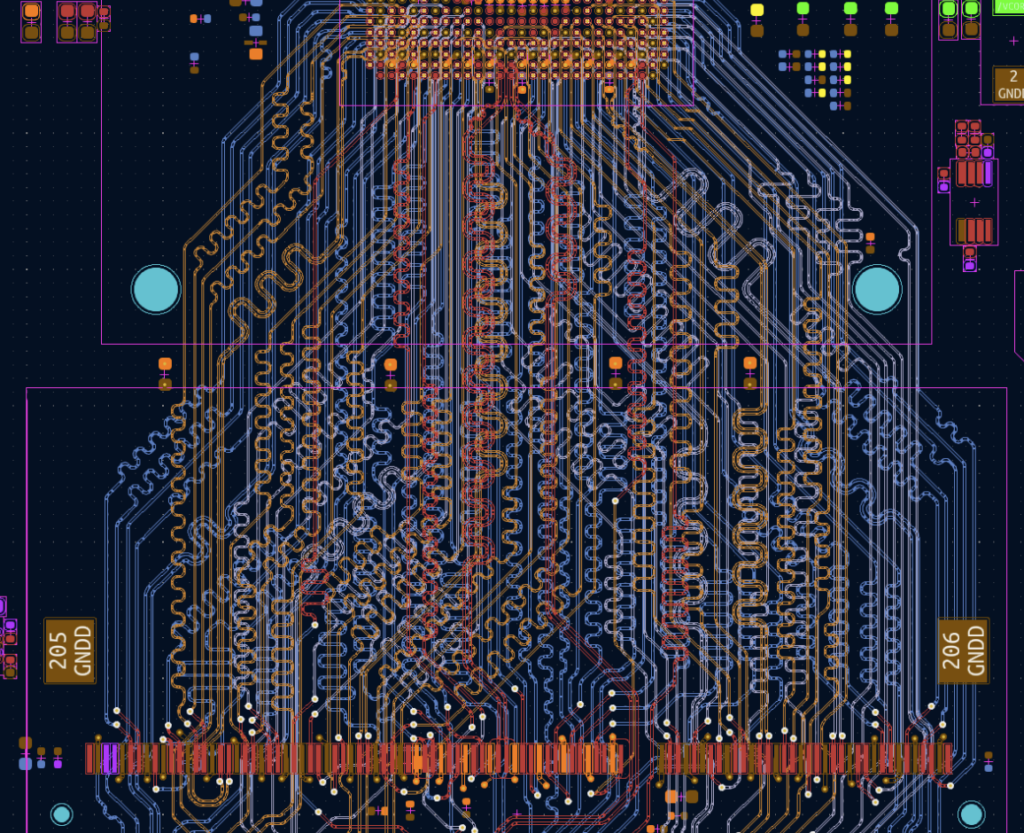
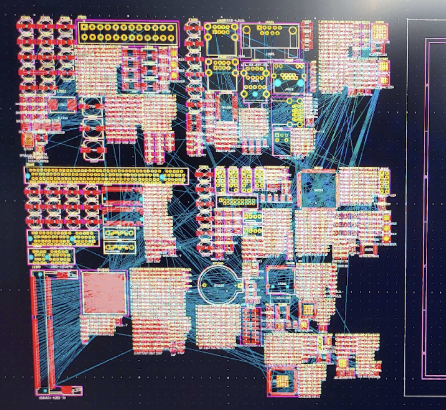
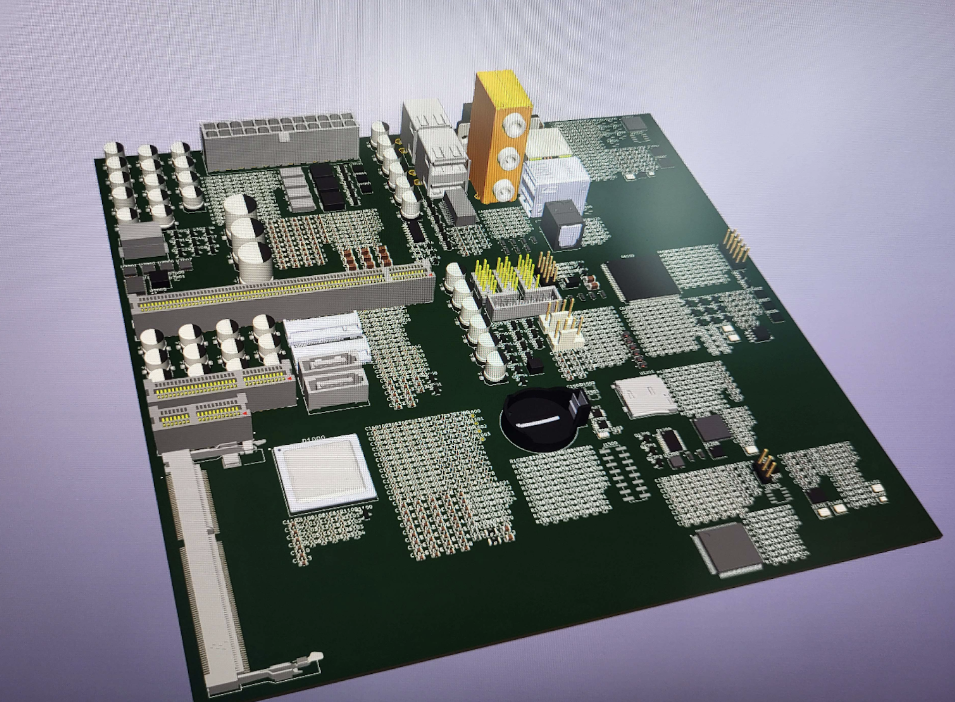
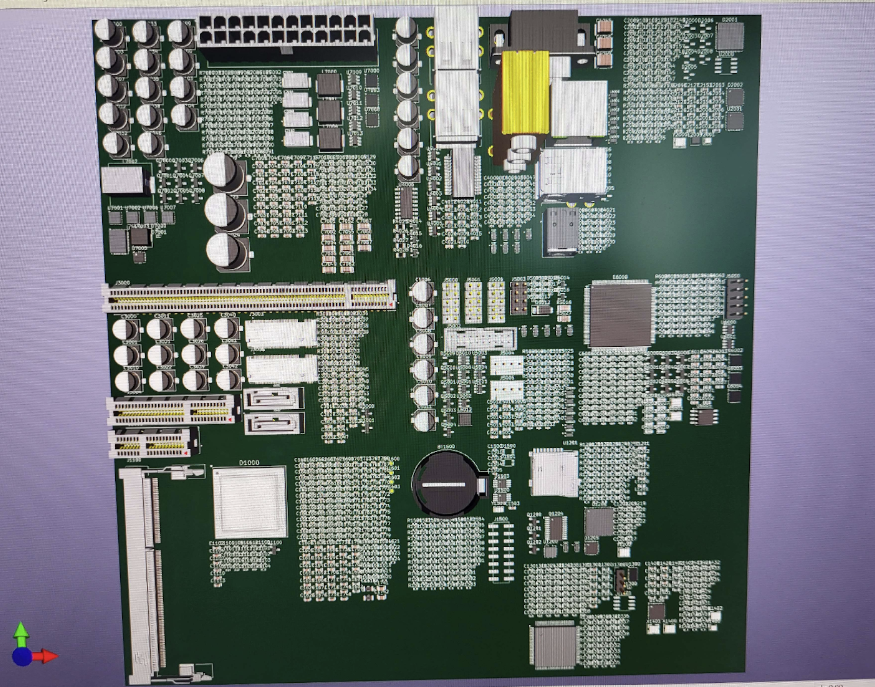
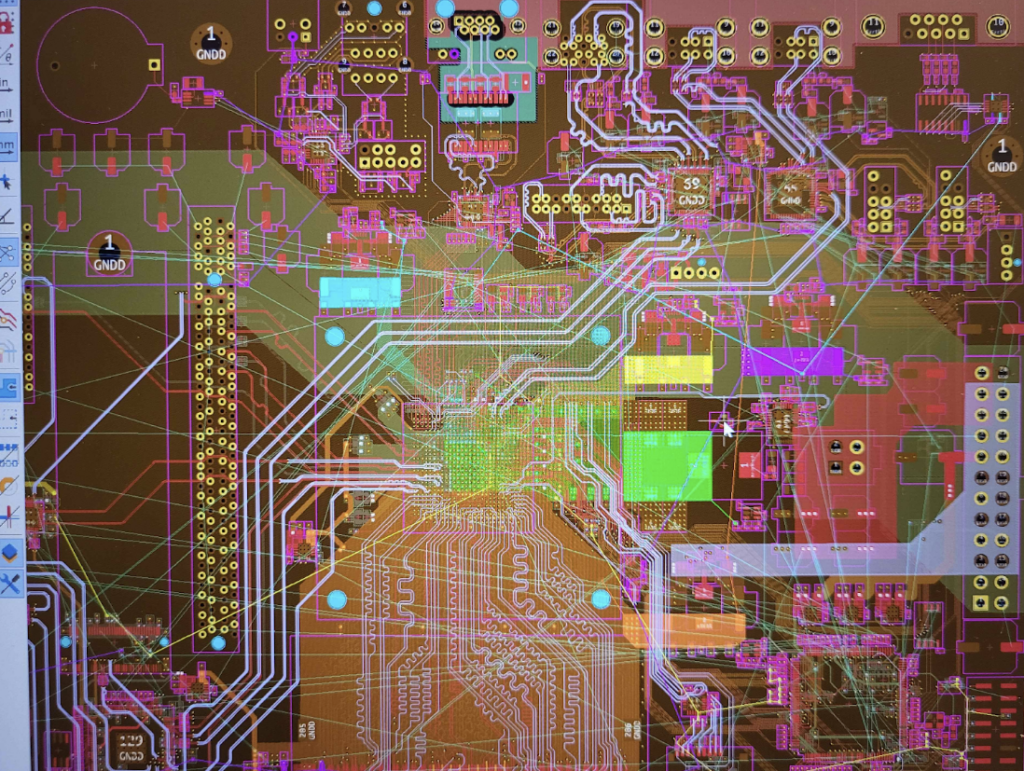
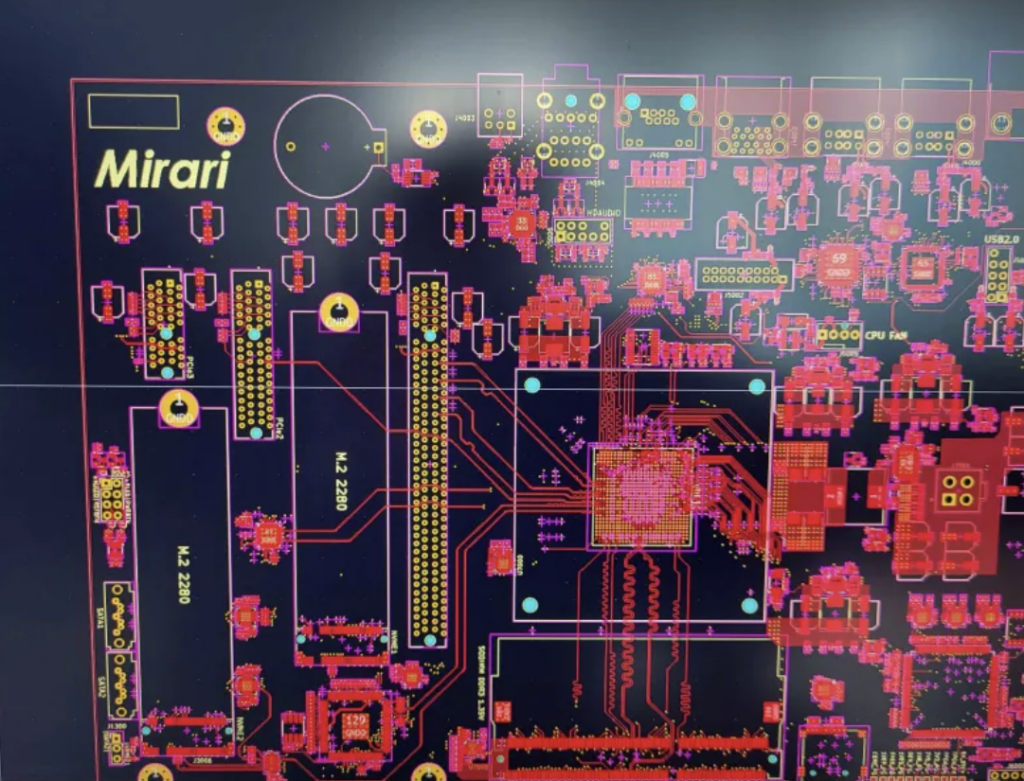
White Smoke ?
Harald slowly putting the correct voltages on the board. This “smoke” test makes sure the components are working correct and are well placed.
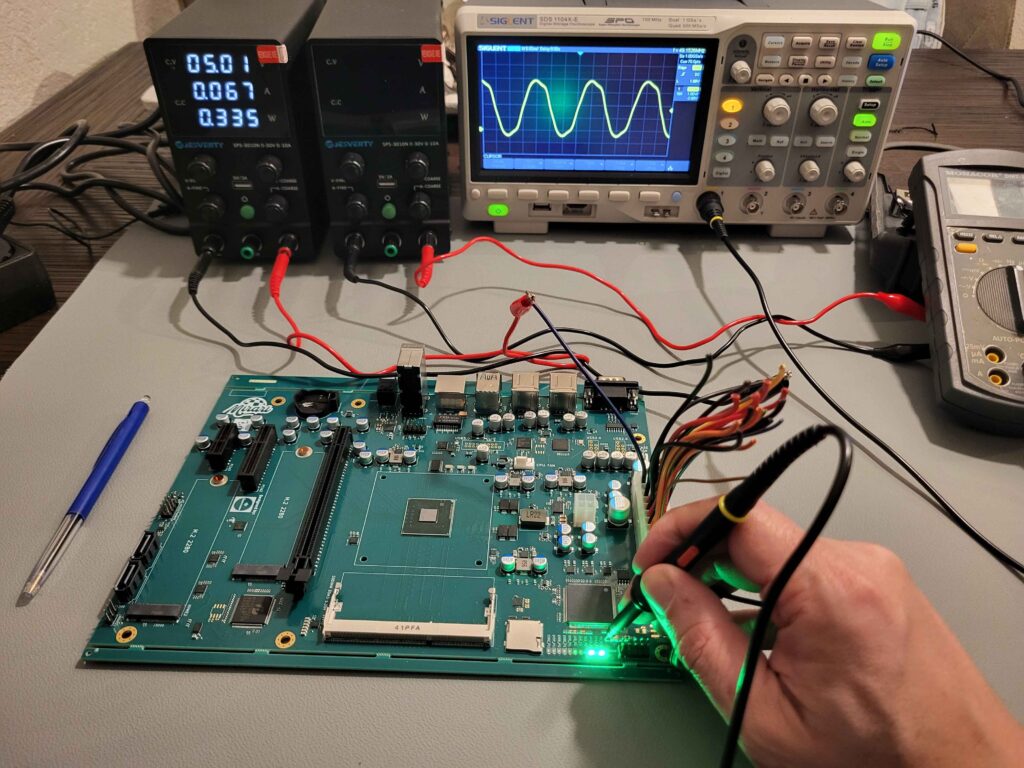
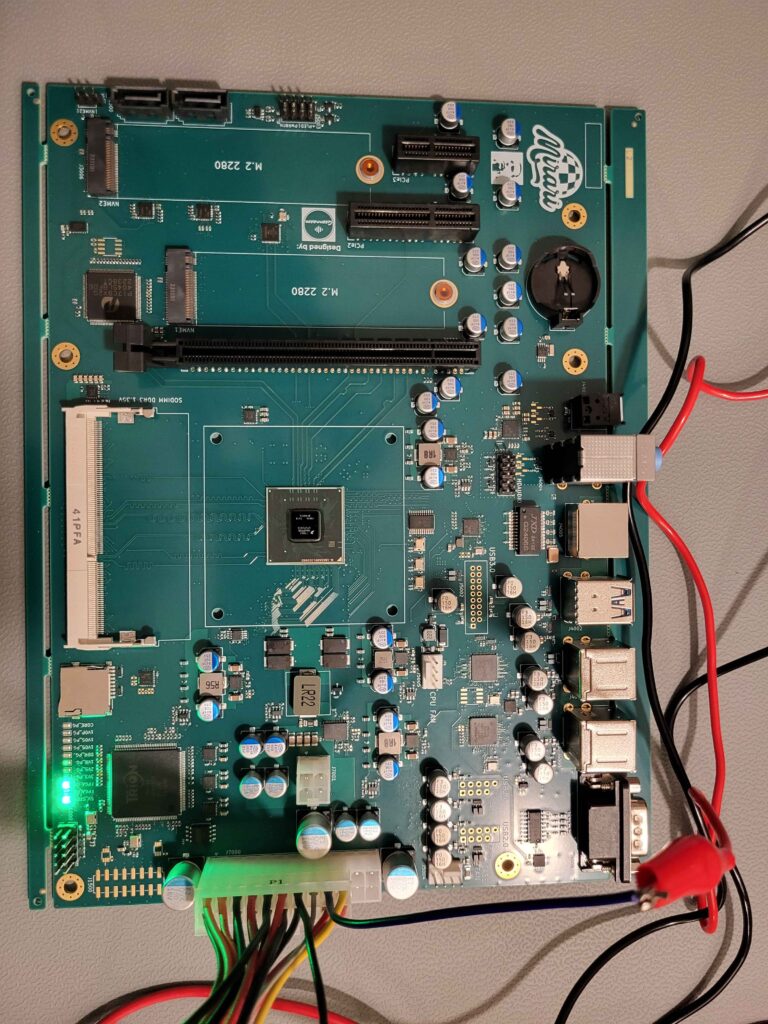
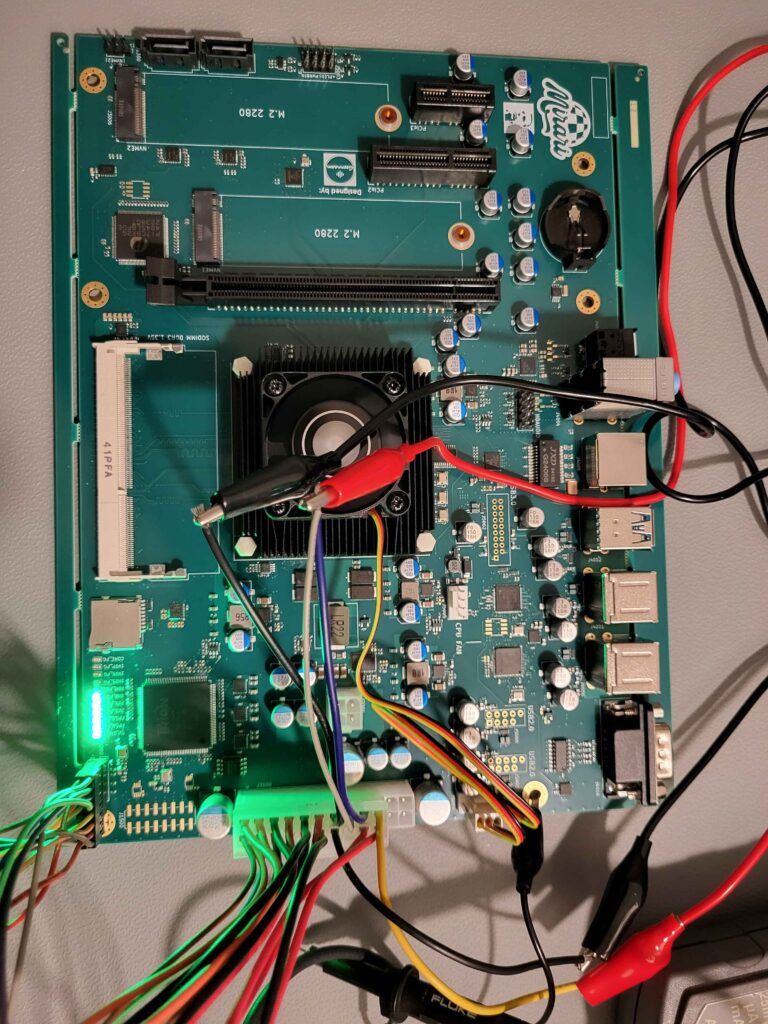

Houston…we have a problem…
Missing an important clock due to a problem with an oscillator, it needed to be replaced. After replacement there was a clean 24 and 100Mhz clock!
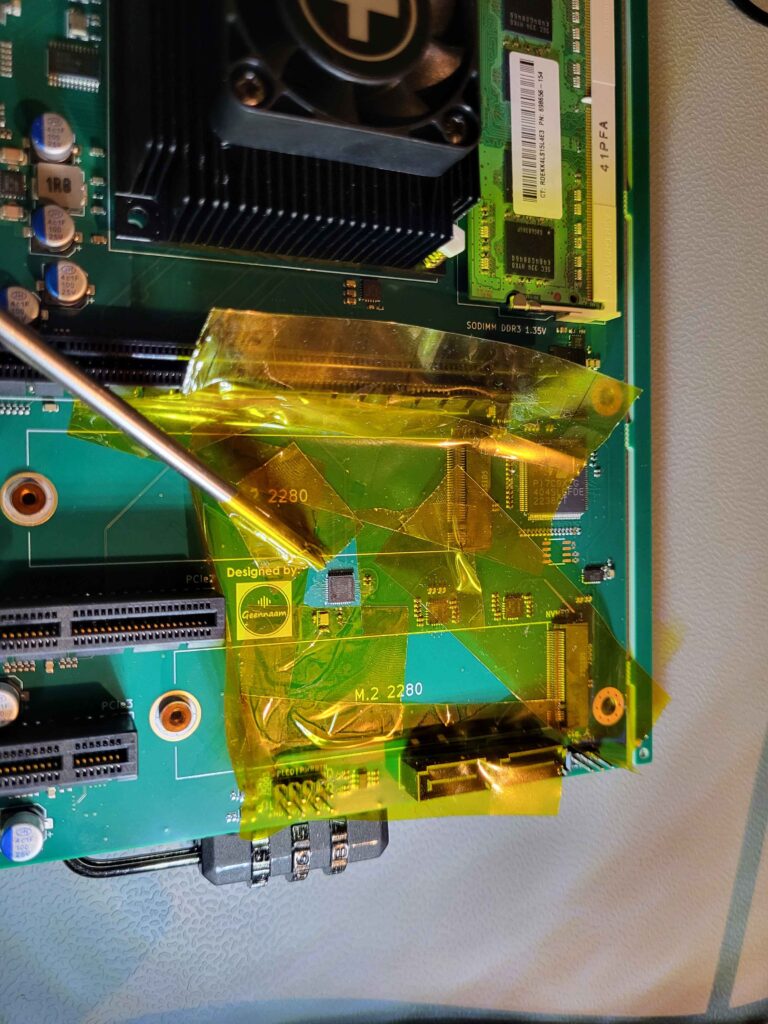
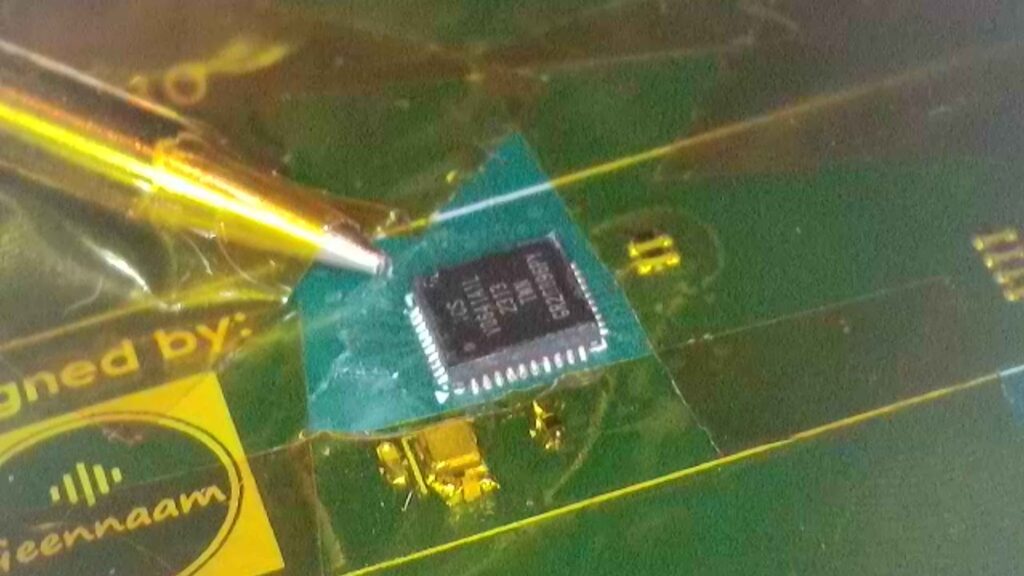
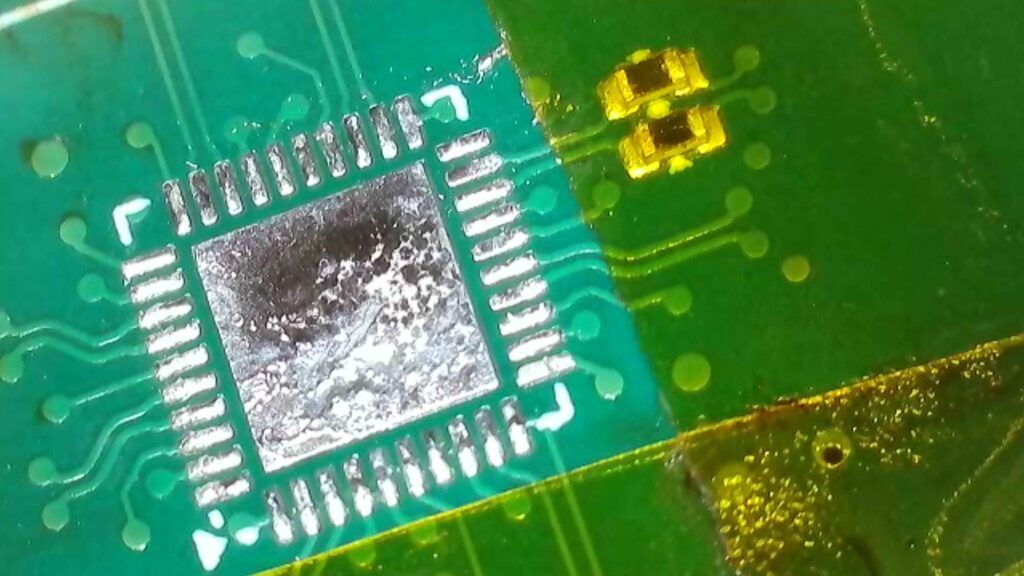
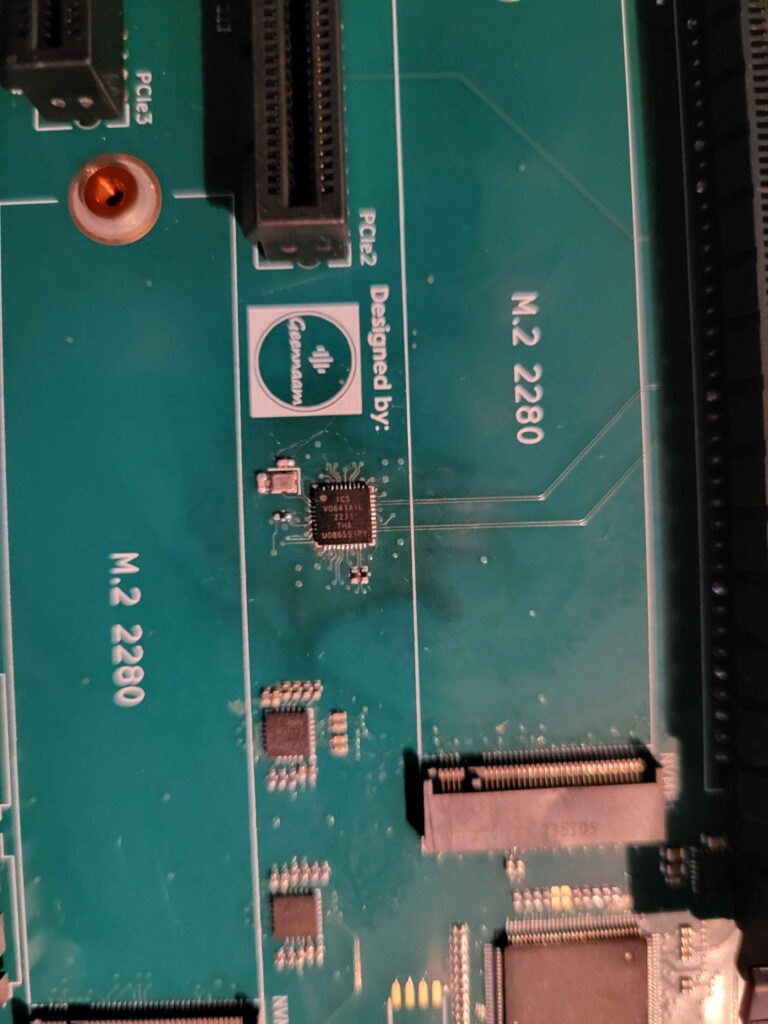
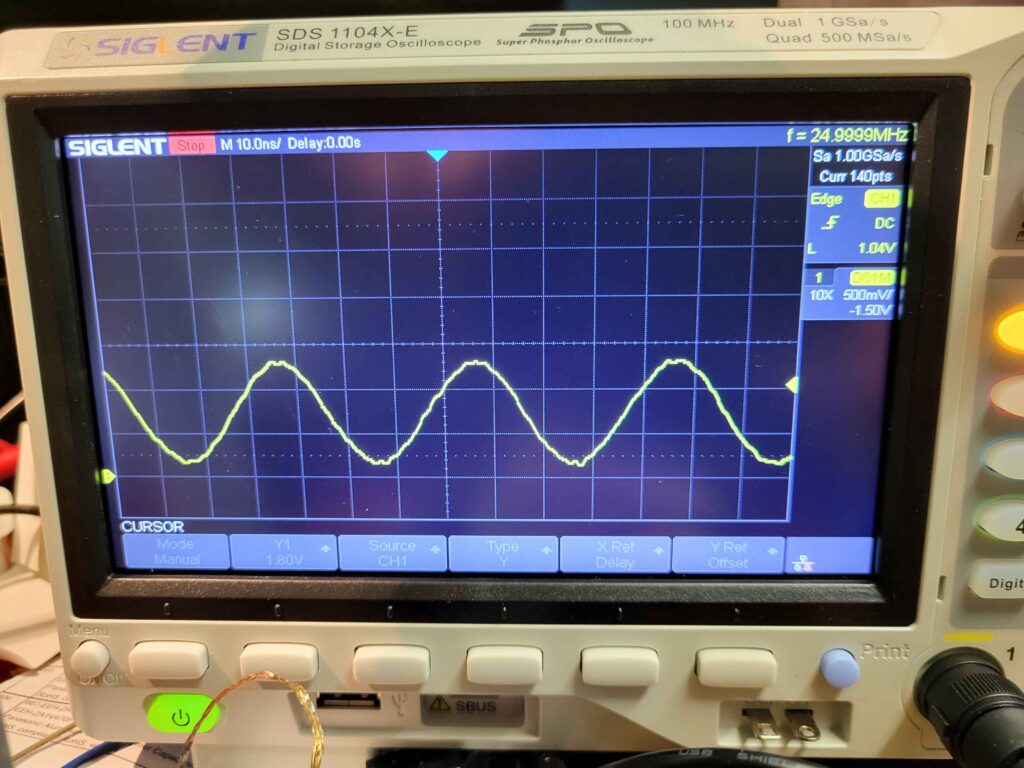
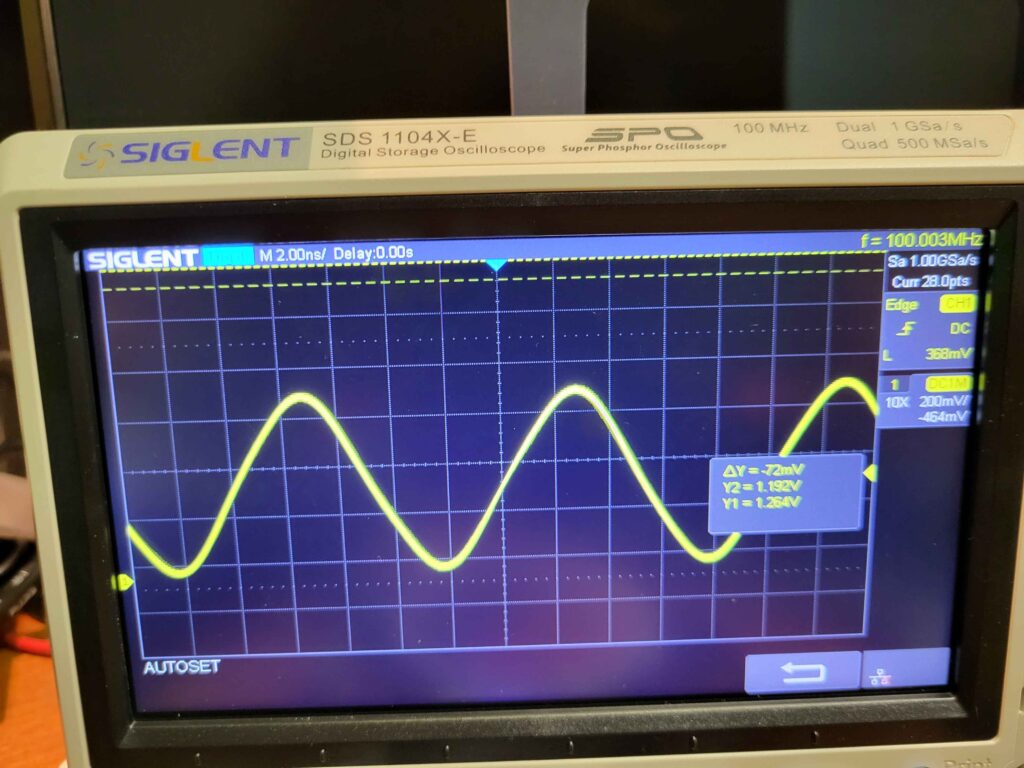
U-boot and more..
The Mirari mainboard, with its promise of modernizing the Amiga experience, presents exciting possibilities. However, integrating cutting-edge technologies like NVMe drives and a recent U-Boot version (specifically 2024) introduces some interesting challenges.
The NVMe Hurdle:
NVMe drives offer blazing-fast storage speeds, a significant upgrade from traditional IDE or even SATA solutions. However, their integration with the Mirari and its Amiga architecture isn’t straightforward:
- Driver Support: The AmigaOS4 operating system needs specific drivers to interface with NVMe controllers. While progress has been made already by Harald, his driver is still under development.
- Booting from NVMe: Booting directly from an NVMe drive requires appropriate firmware and bootloader support. This is where U-Boot comes in.
U-boot developments have already started!

Dec 2024. All SerDes lane connected devices start to show-up. NVMe and USB controllers. Interal switches and network interface. Slowly but surely the voltage will be increased until we reach the 12v.
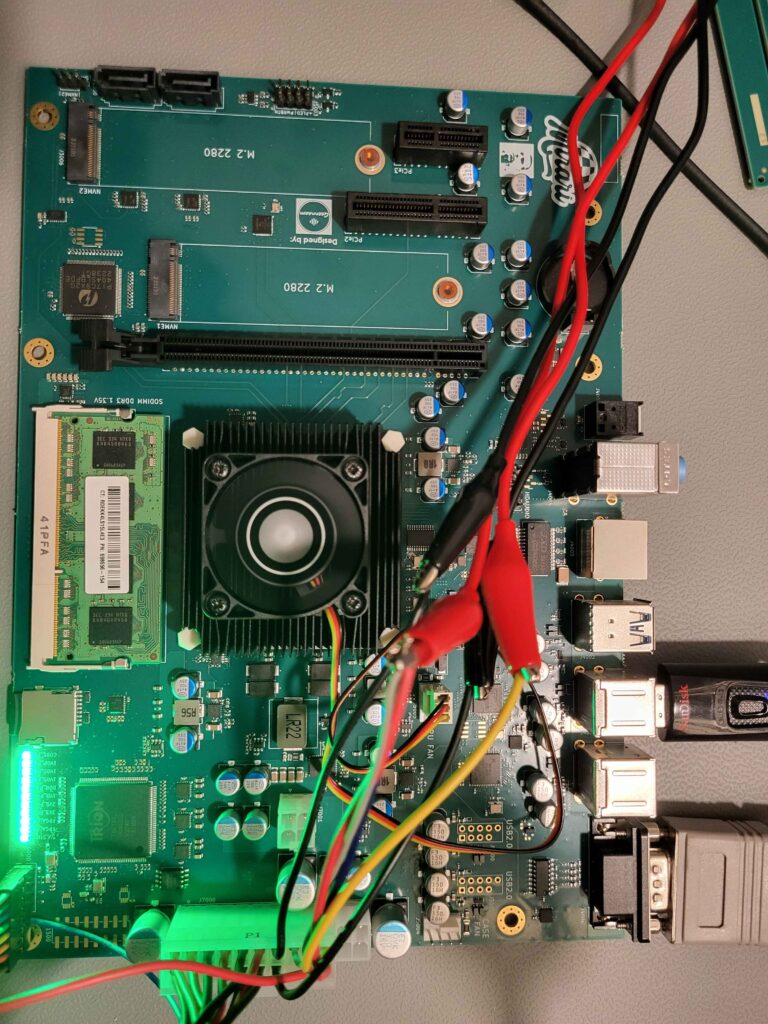
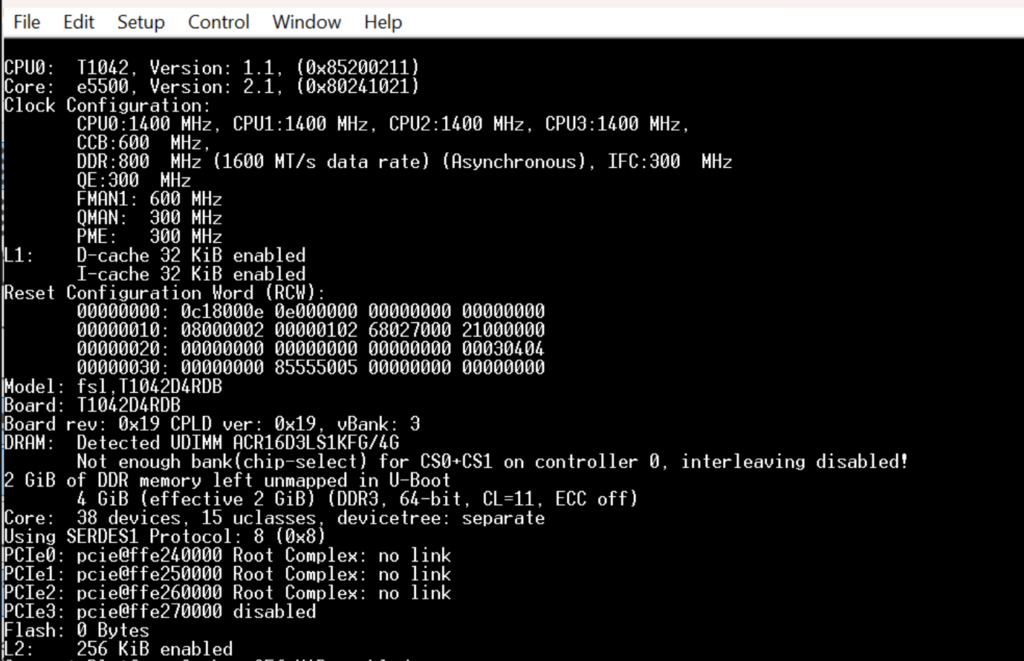

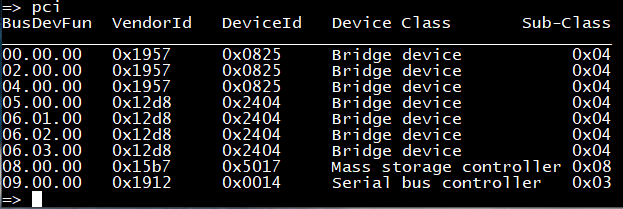
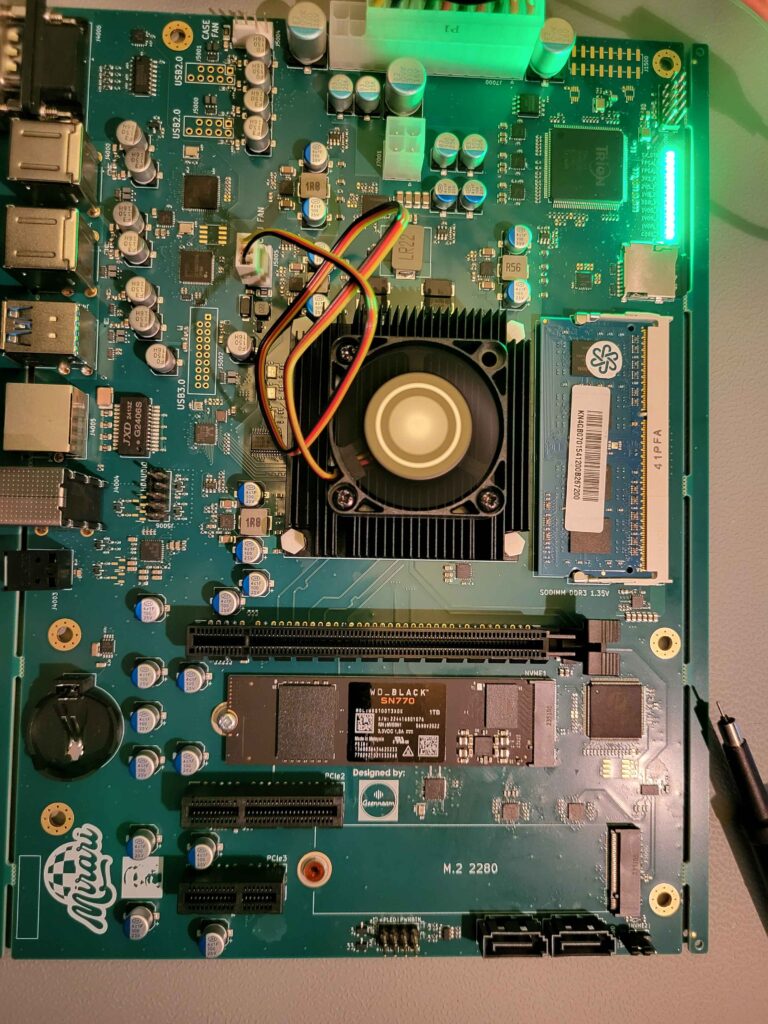
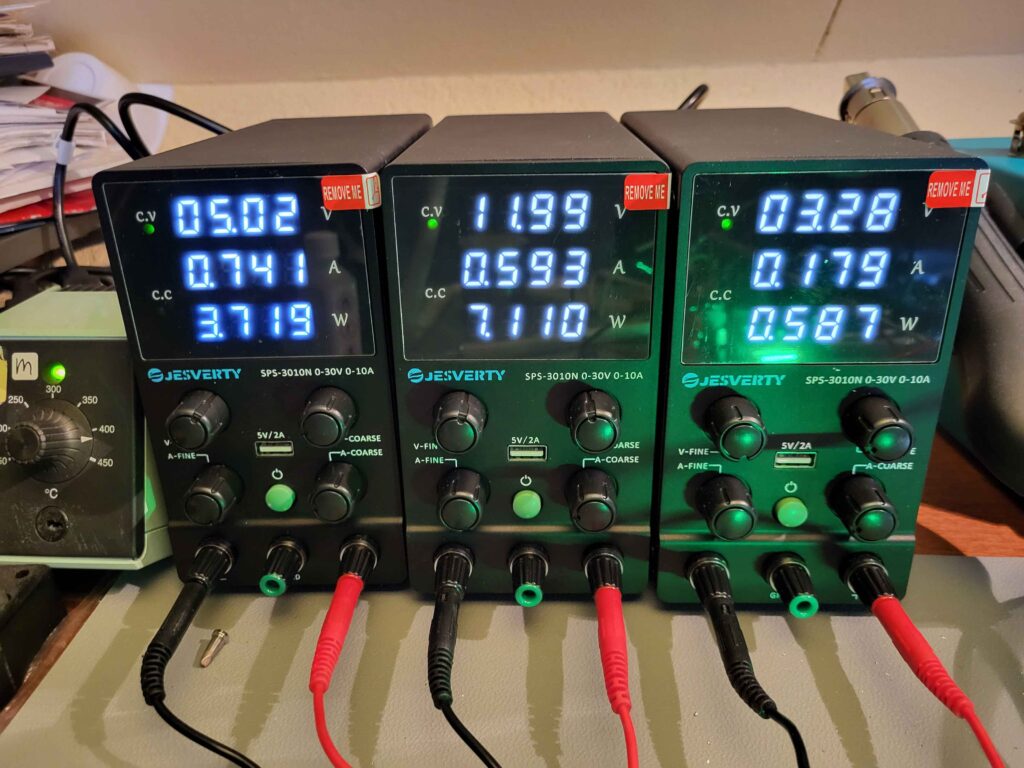
Jan 8, 2025, Sata and Ethernet devices are starting to showup in Uboot. Great progress is being made.
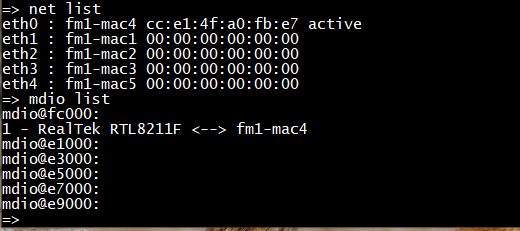
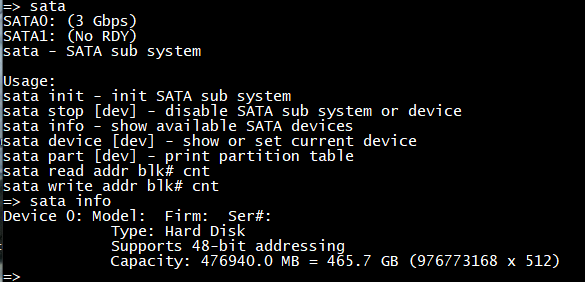
Jan 20, 2025, Using existing open source code, which has been reworked for integration in u-boot 2024, and fixing bugs in the vesa driver, we have the Mirari Bootscreen.
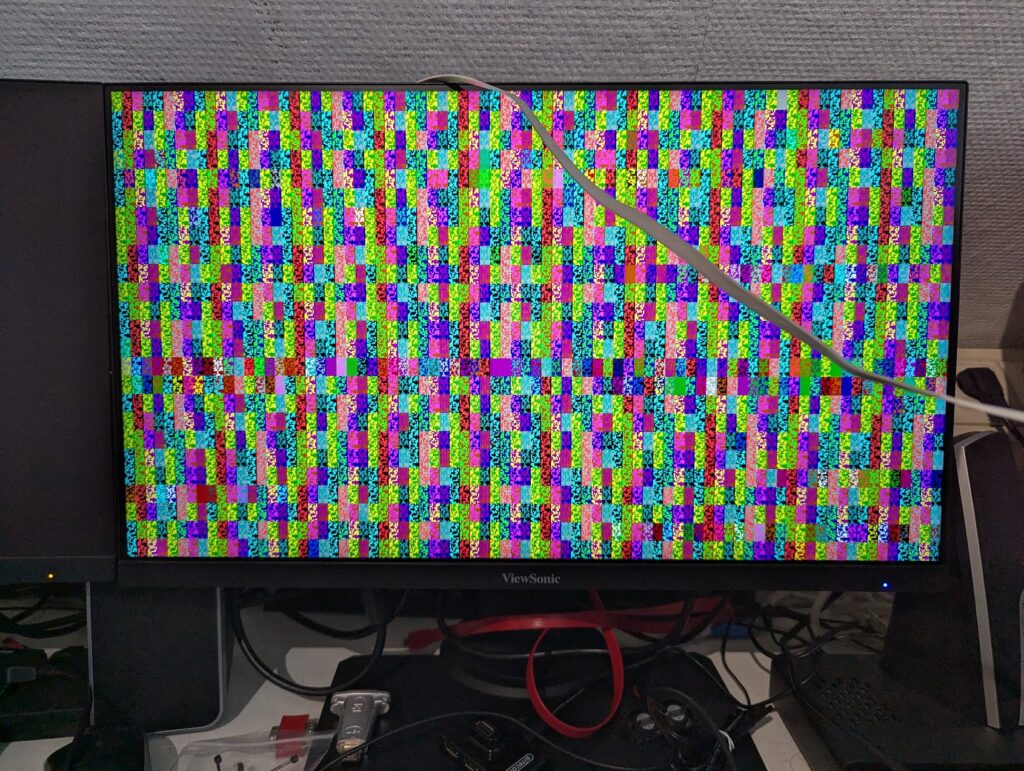

Jan 26, 2025. Linux up and running on the Mirari board. At the moment several PPC Linux distros can be used. Void PPC, Adelie and Fienix Linux. Also nice to mention, they are running of a NVME drive connected to the onboard controller of the Mirari.
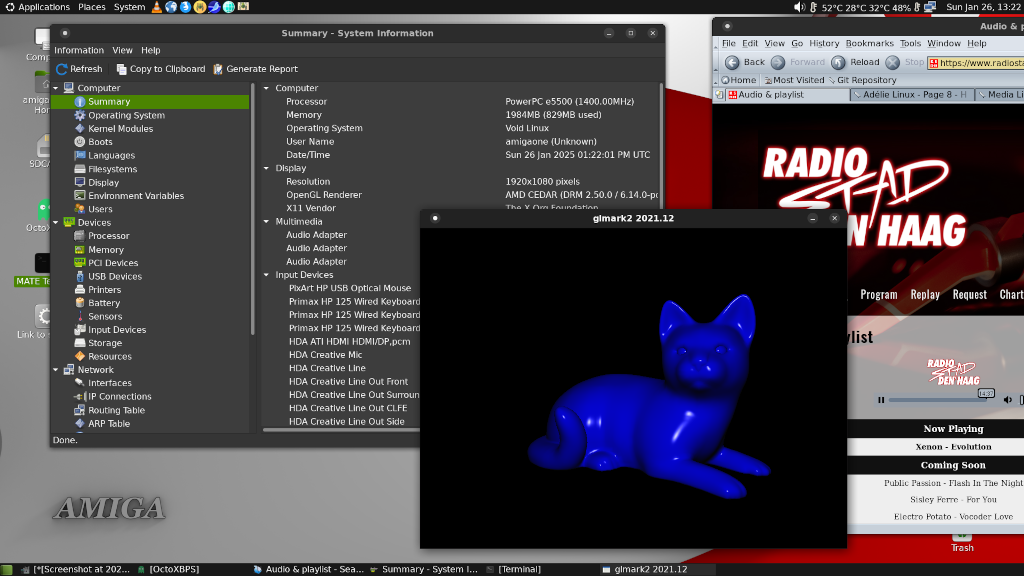
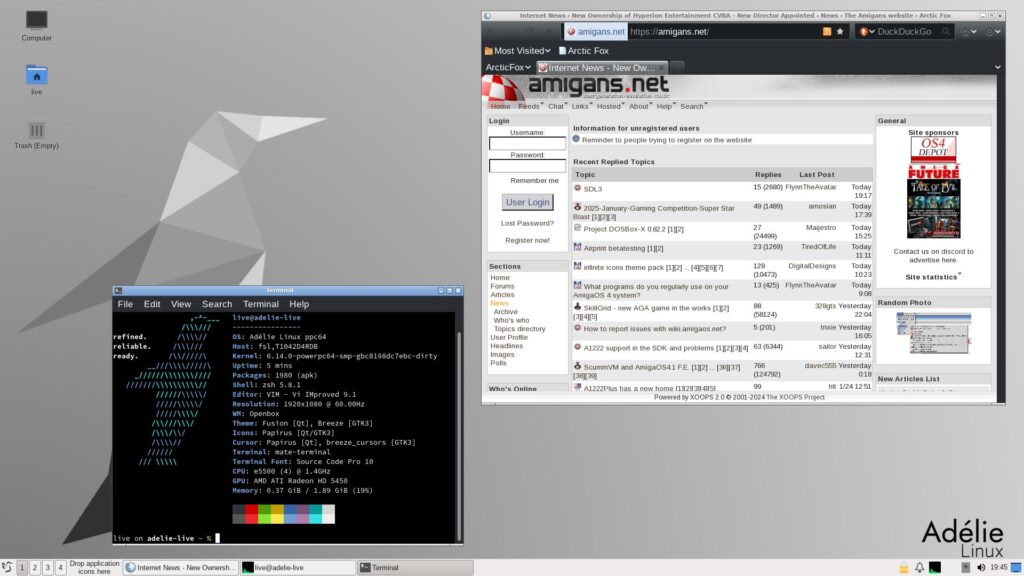
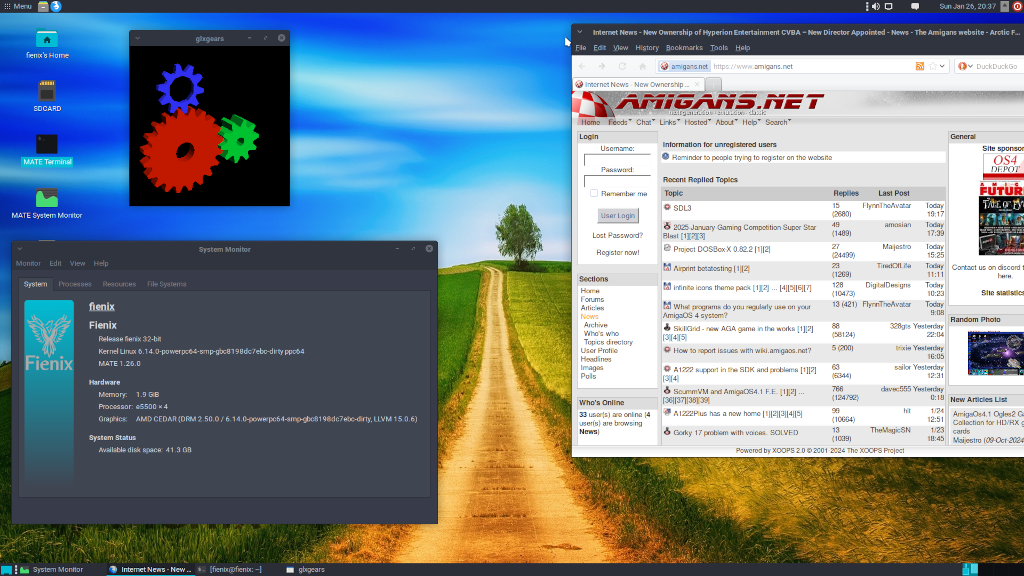
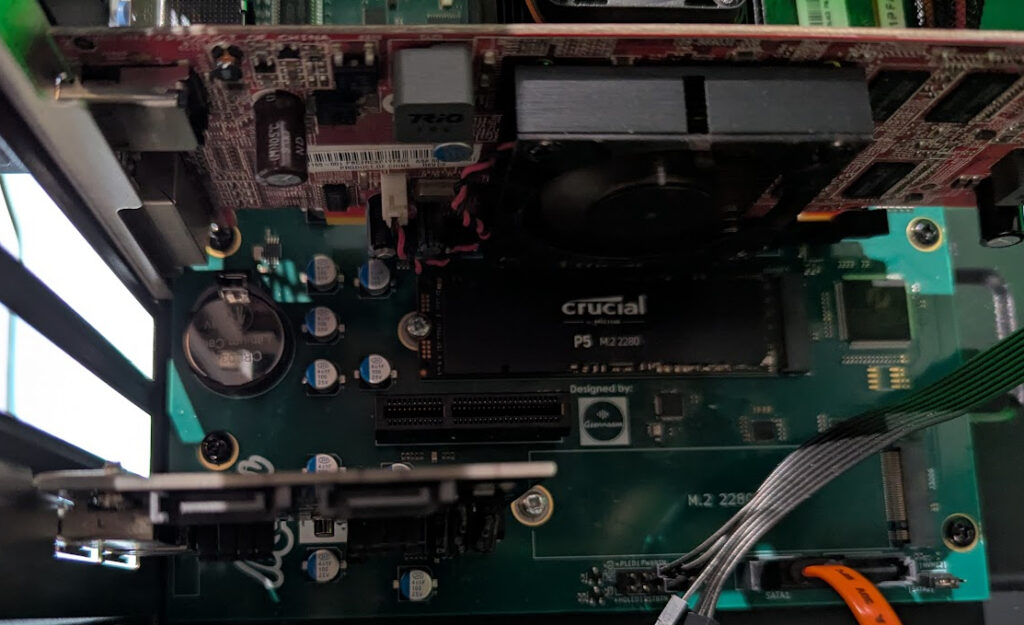
Jan 30, 2025 The Mirari Renesas highspeed USB3.0 Controller is up and running.
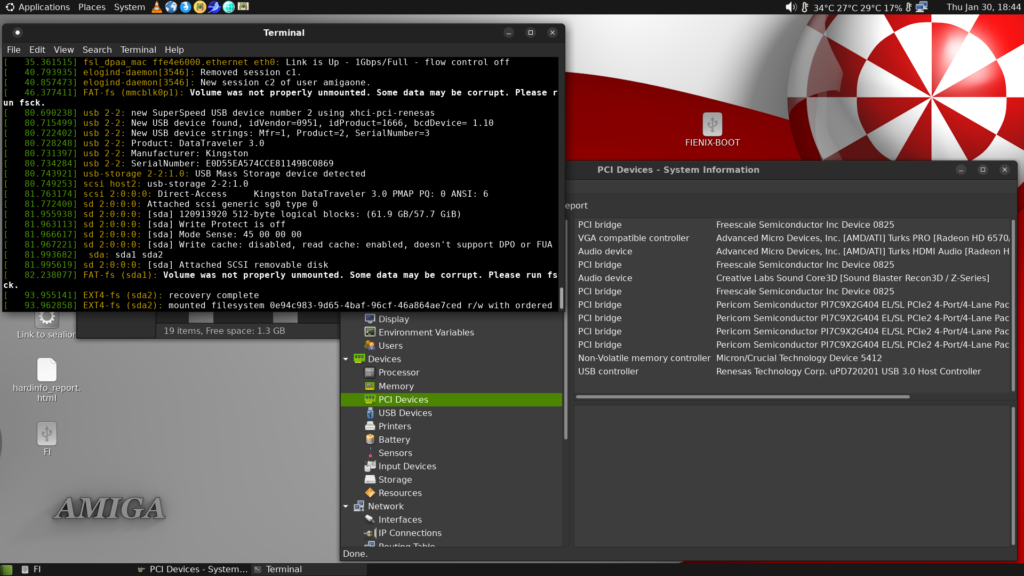
Feb 08, 2025 Another puzzle has been solved. The last few days were spend on the allocation of all the RAM for use by Linux. But here we are, a fully working Linux distro using all 8GB of the inserted dual rank DDR S0DIMM.

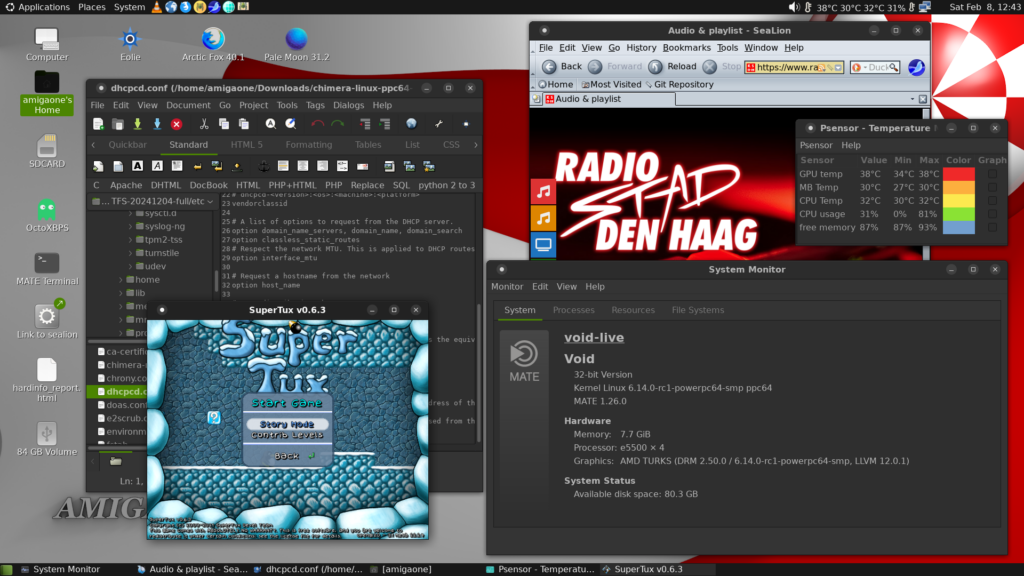
PCIx1 Headache..
March, 9 2025 As the board is running fine there still was one issue that needed some attention. Cards placed in the PCIx1 slot did not get detected. Harald had a hard time solving the issue…but as always.. he succeeded. We needed two small resistors to be soldered onto the Mirari`s PCIx1 slot. Marco did a great Job soldering the components and making sure we have a working PCIx1 slot now!
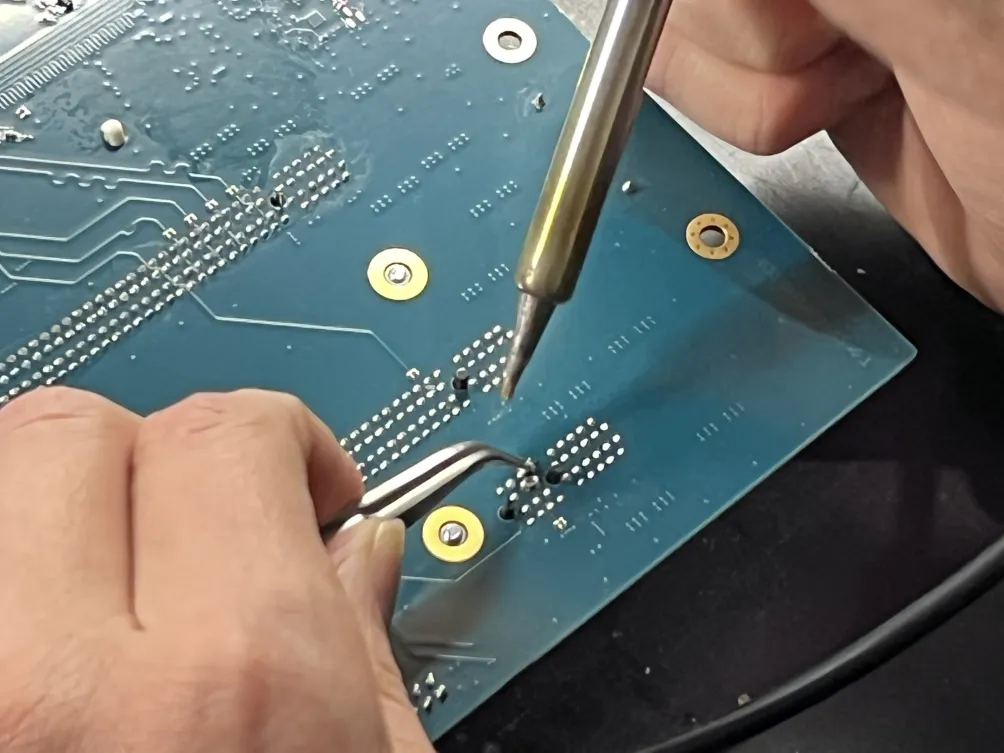
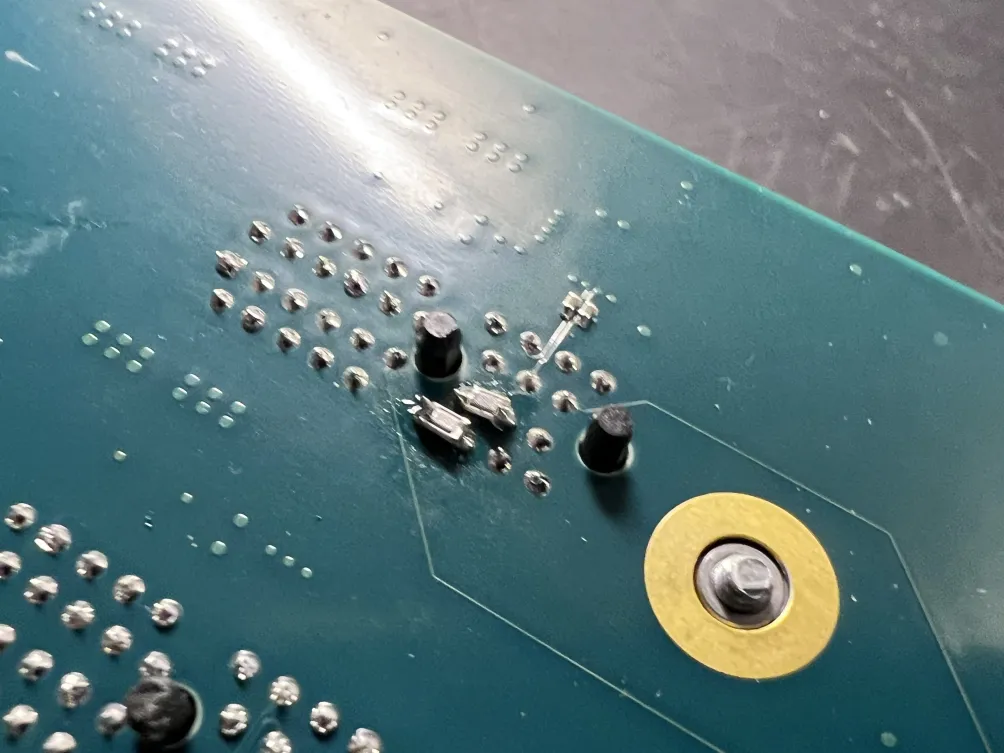
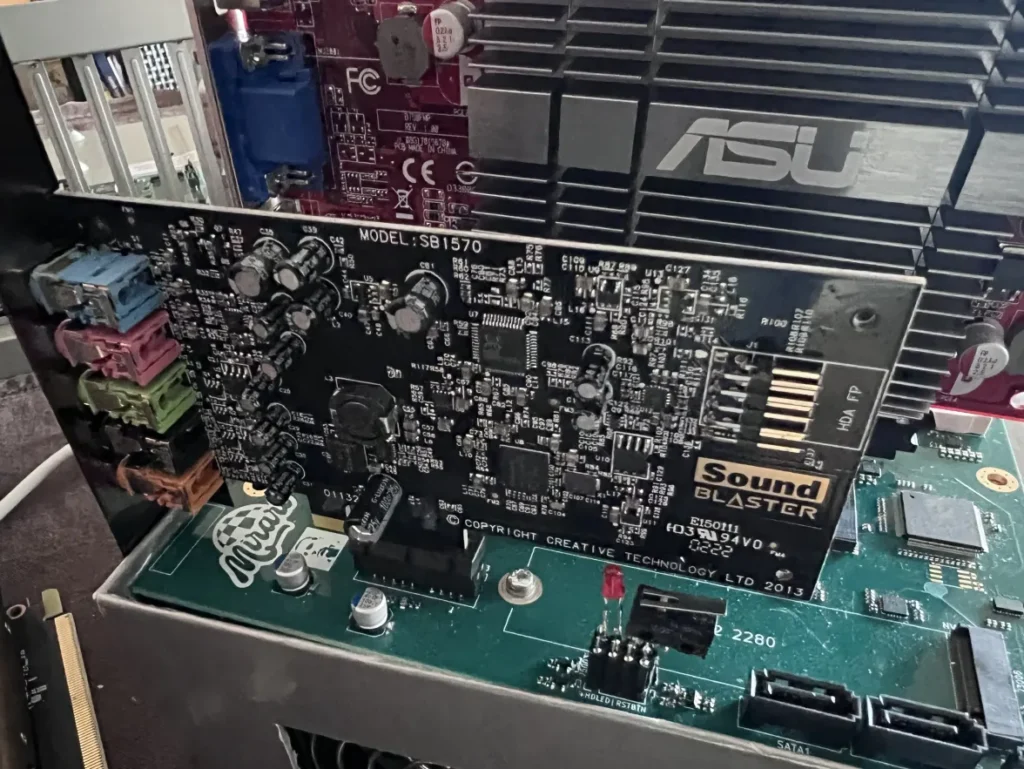
FPGA Progress
The Mirari FPGA has been updated and HDD led, PWR led, Reset Switch and Power Switch are fully functional. Also the FPGA is accessible from within Uboot.
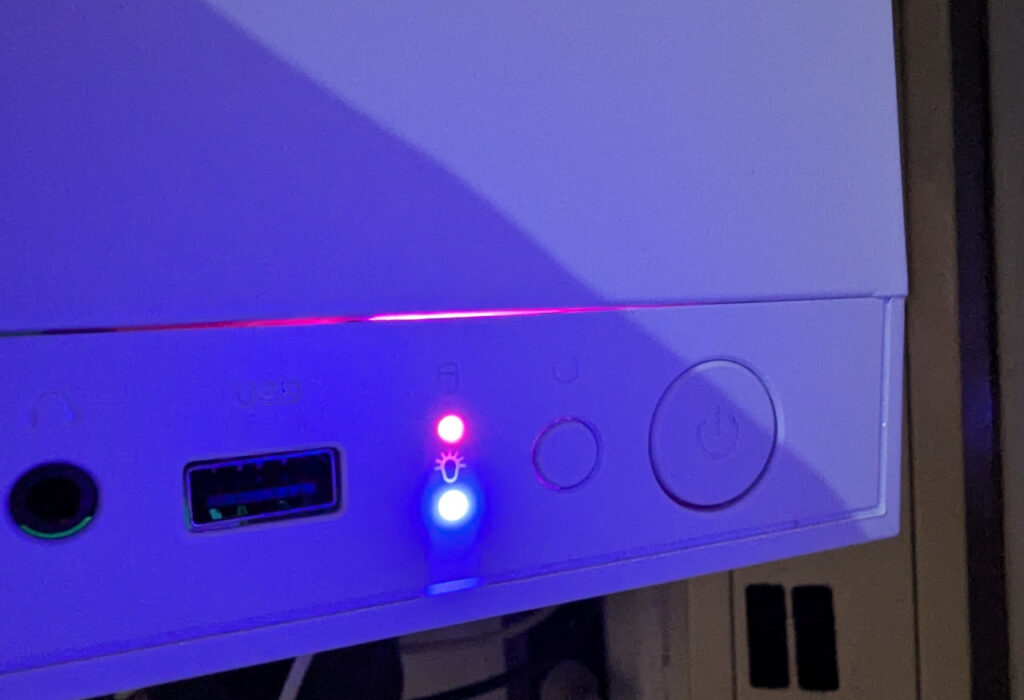
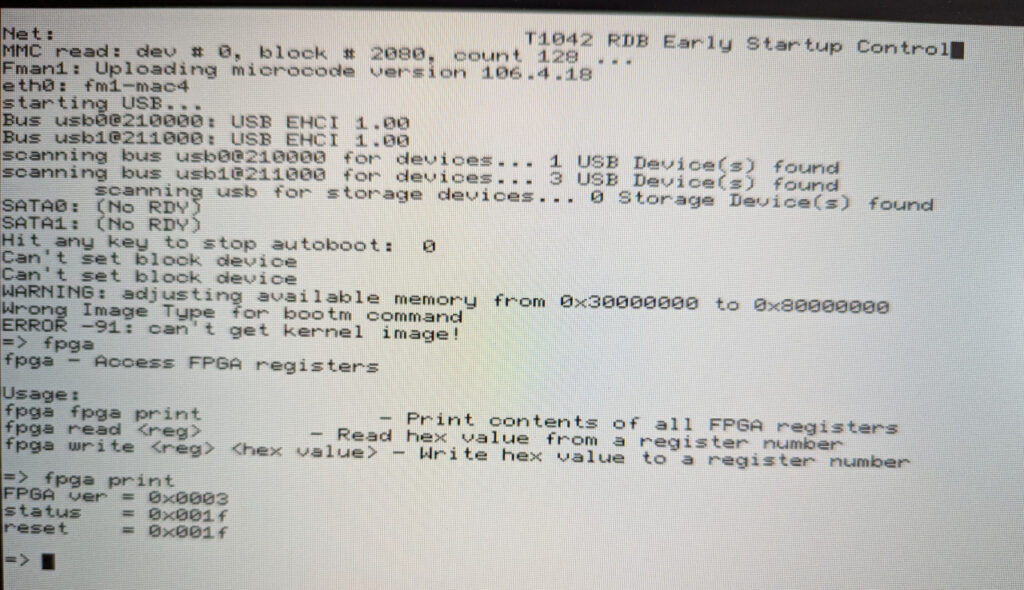
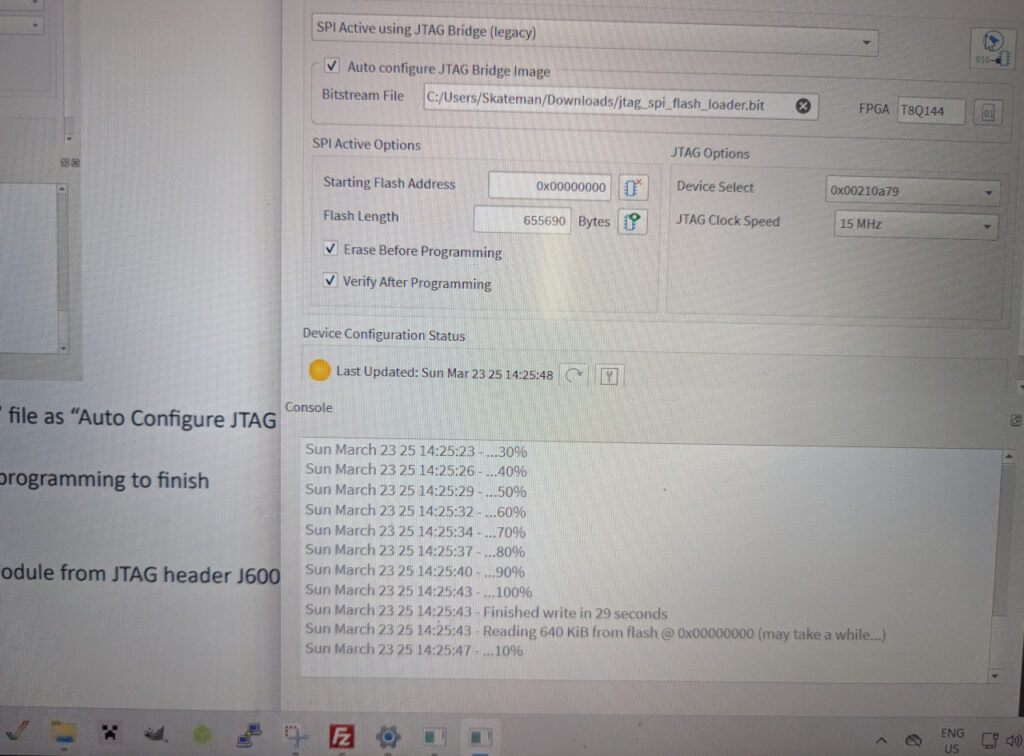
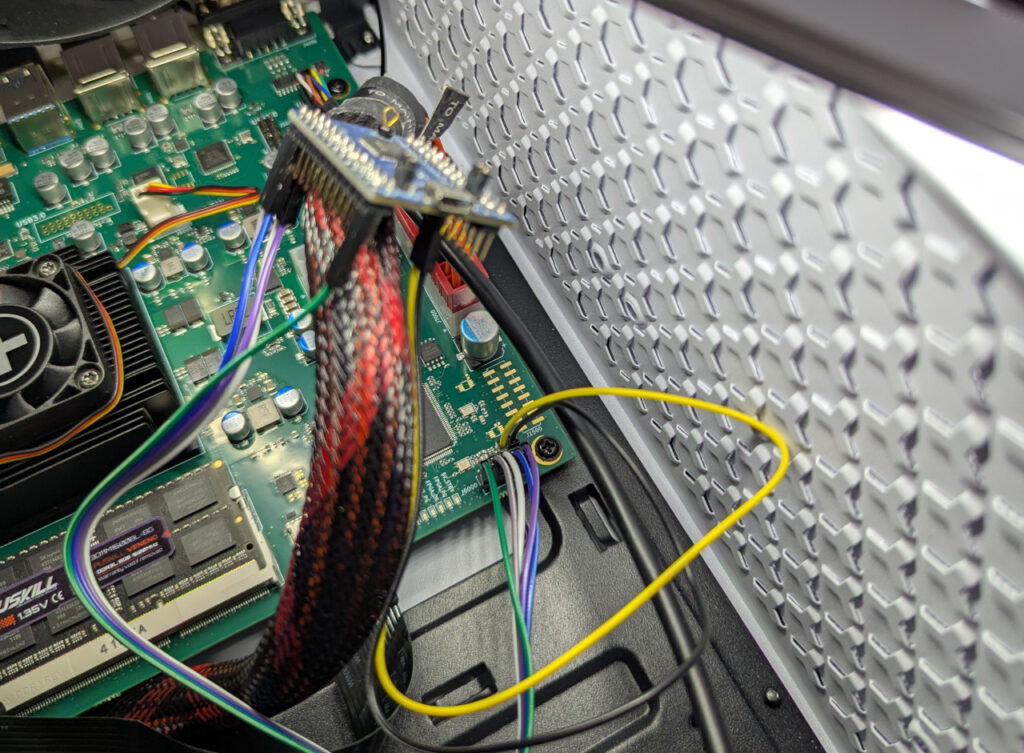
Butterfly Trip
One of the Mirari boards has arrived at MorphOS team member Frank Mariak. Frank has started porting MorphOS to the Mirari board. Love it already !

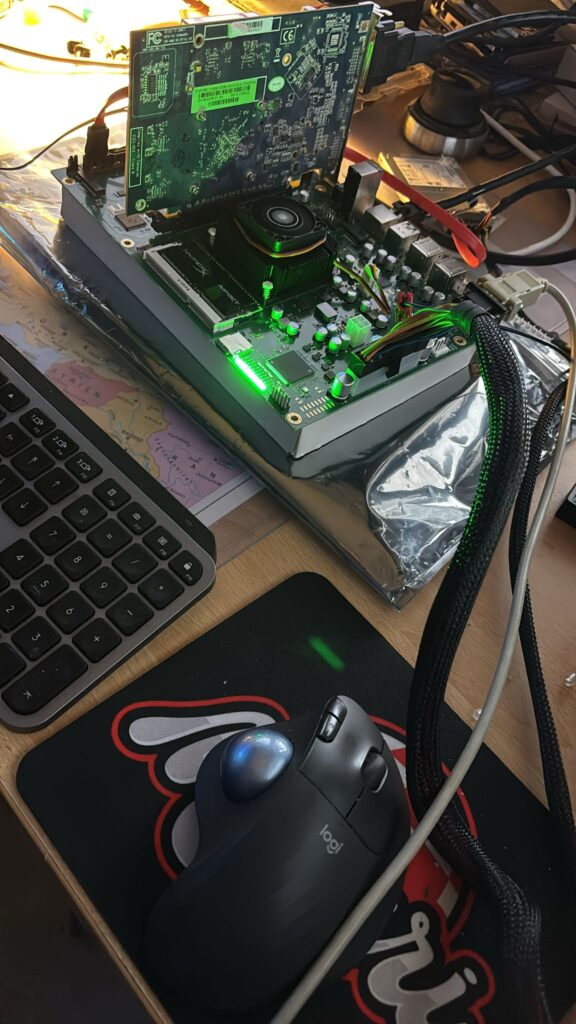
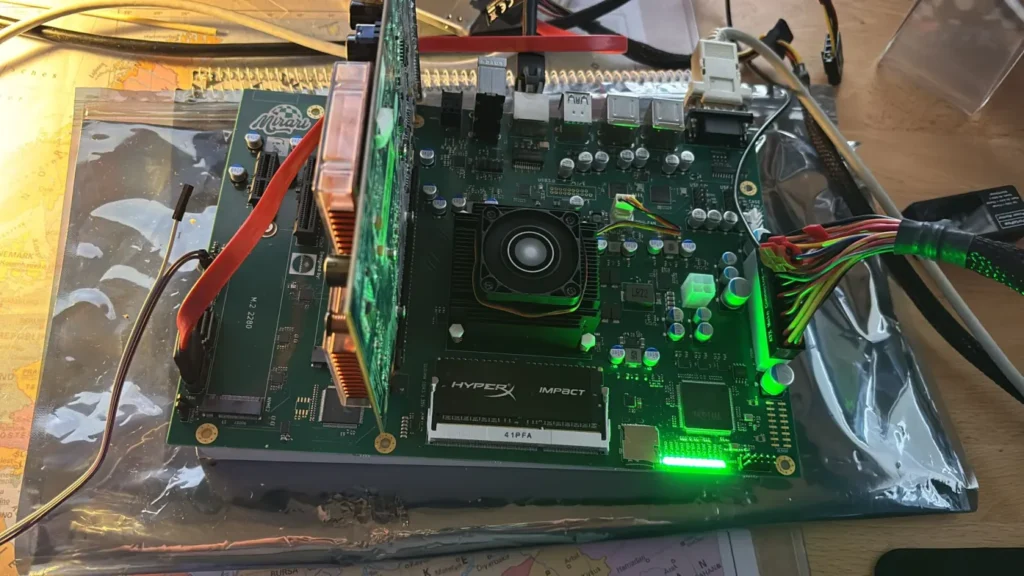
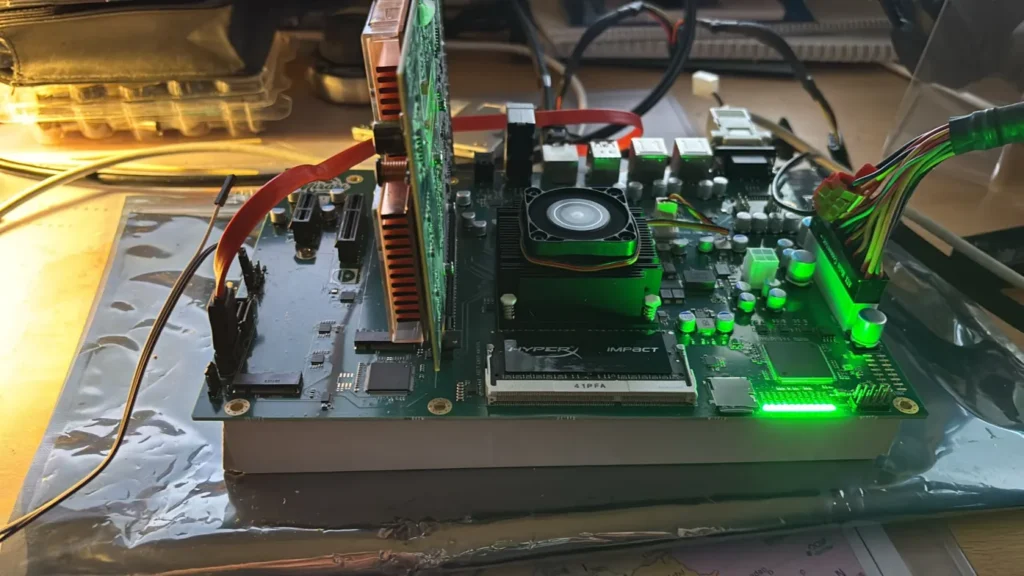
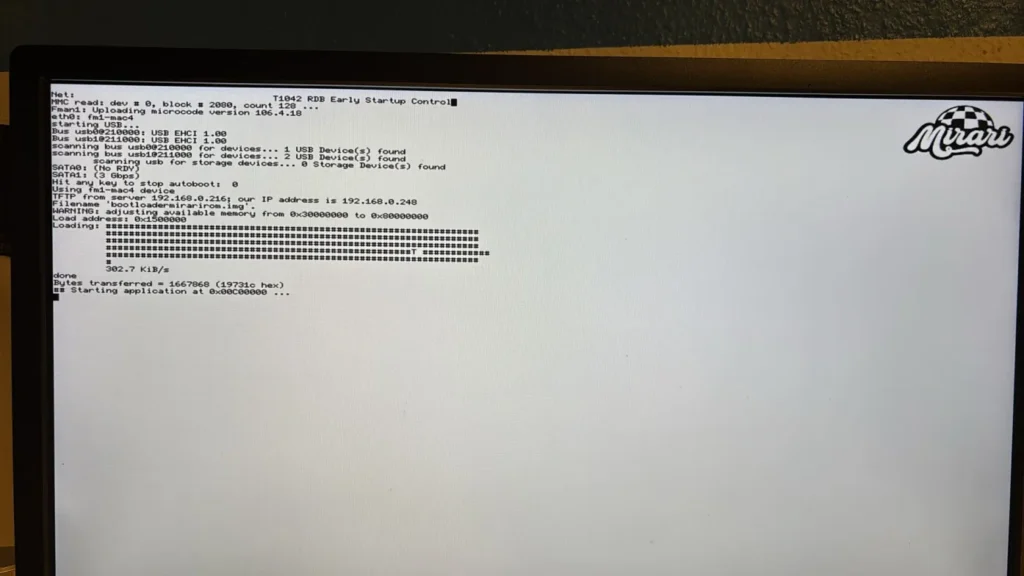
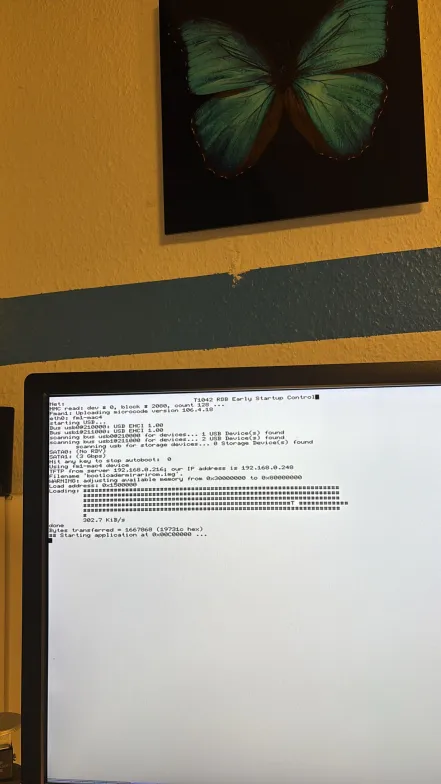
Keeping it cool(er)
A new cooler design has arrived, and combined with a 60 x 60 fan the temperature looks even better than before. Full load on 4 cores give us 42 degrees celcius, and the mainboard 30 degrees celcius. Two fantypes have been tested by Harald. The Silent 6 and Xilence are both nice but the Xilence produces less dB.
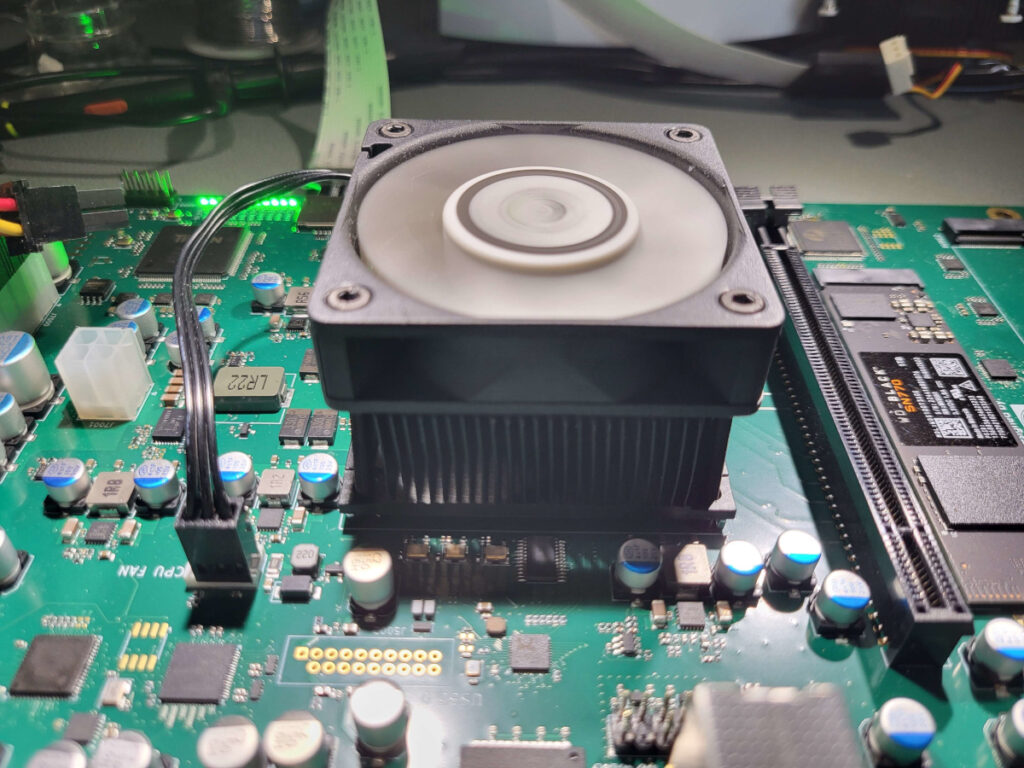

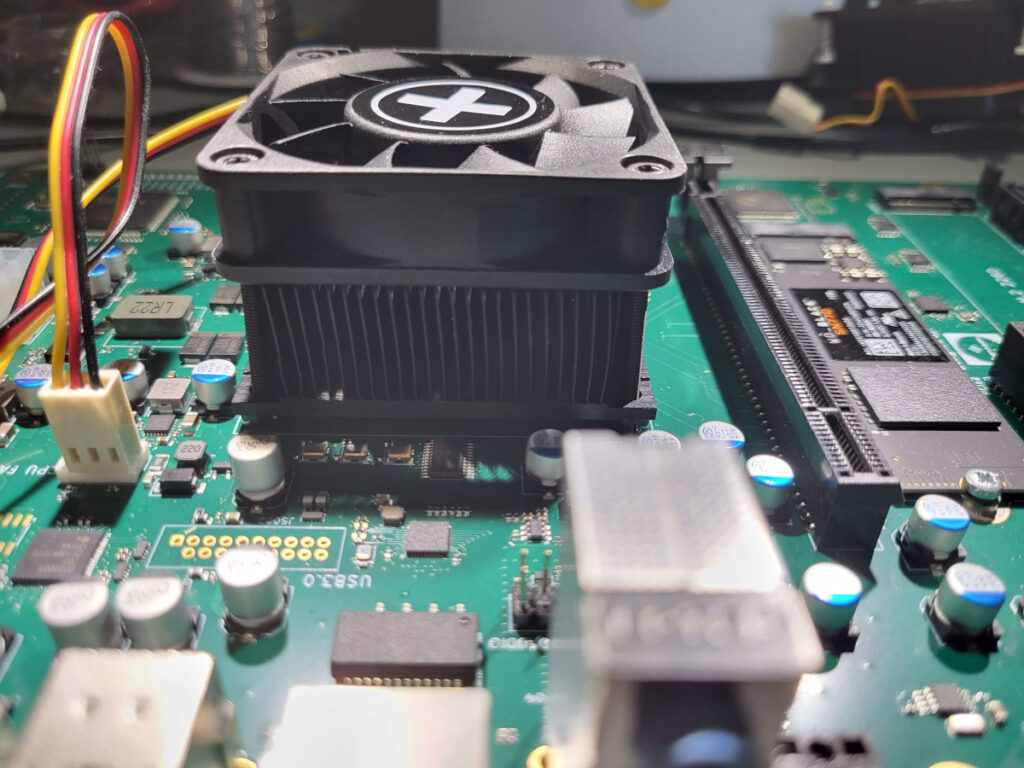
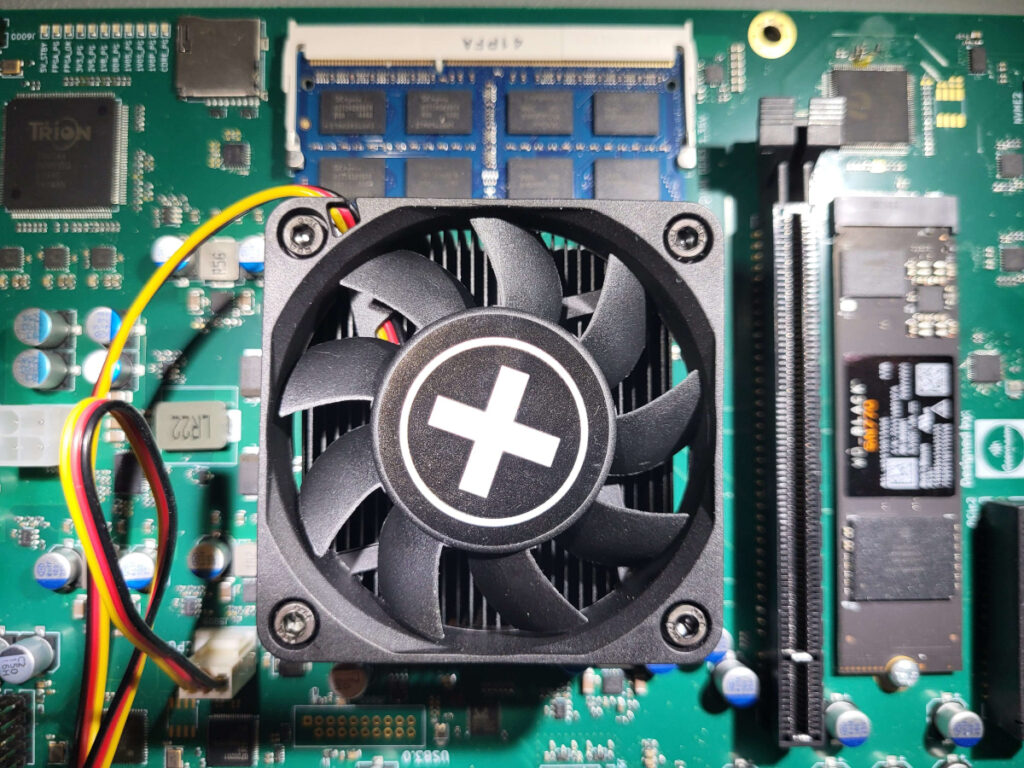
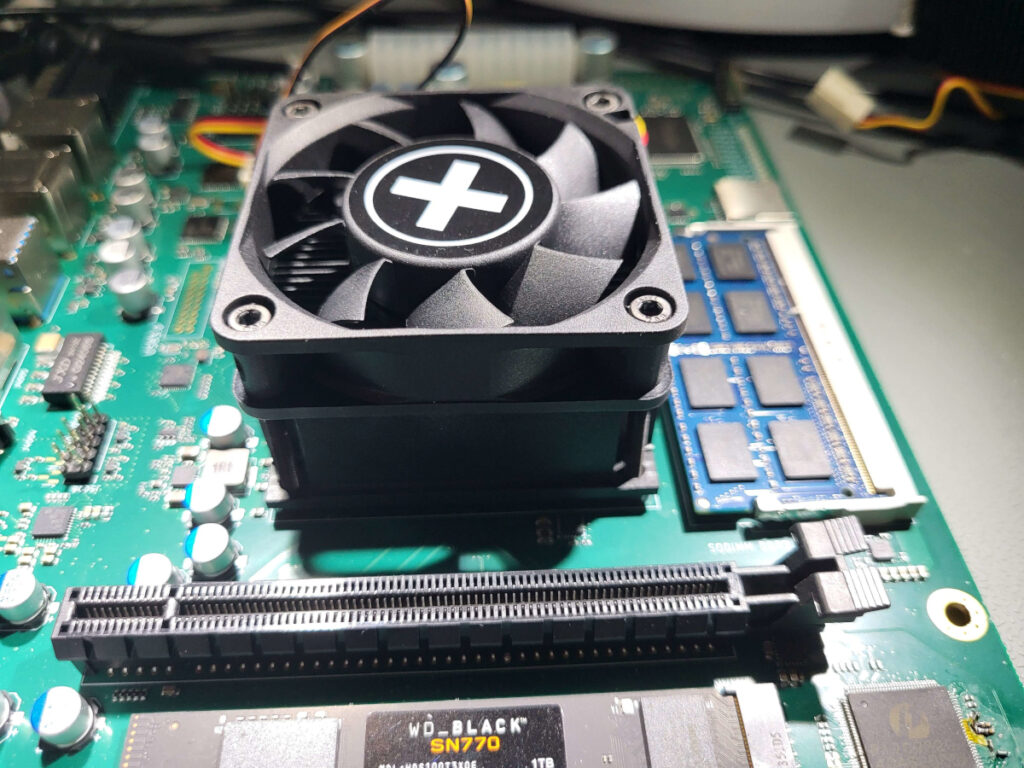
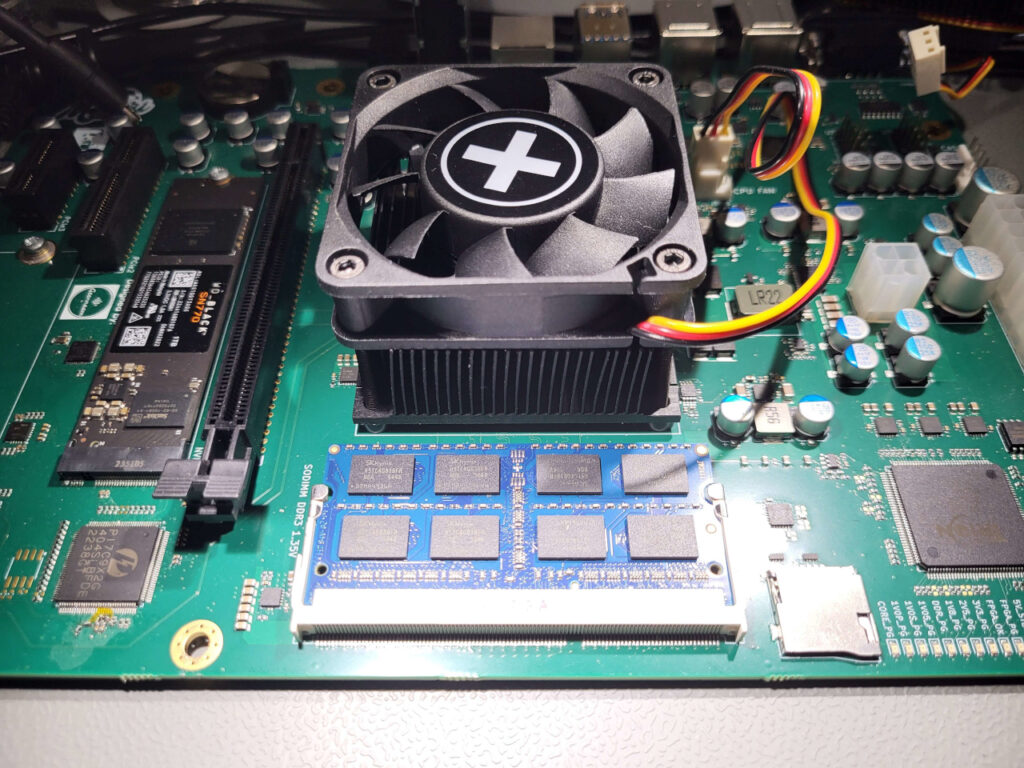
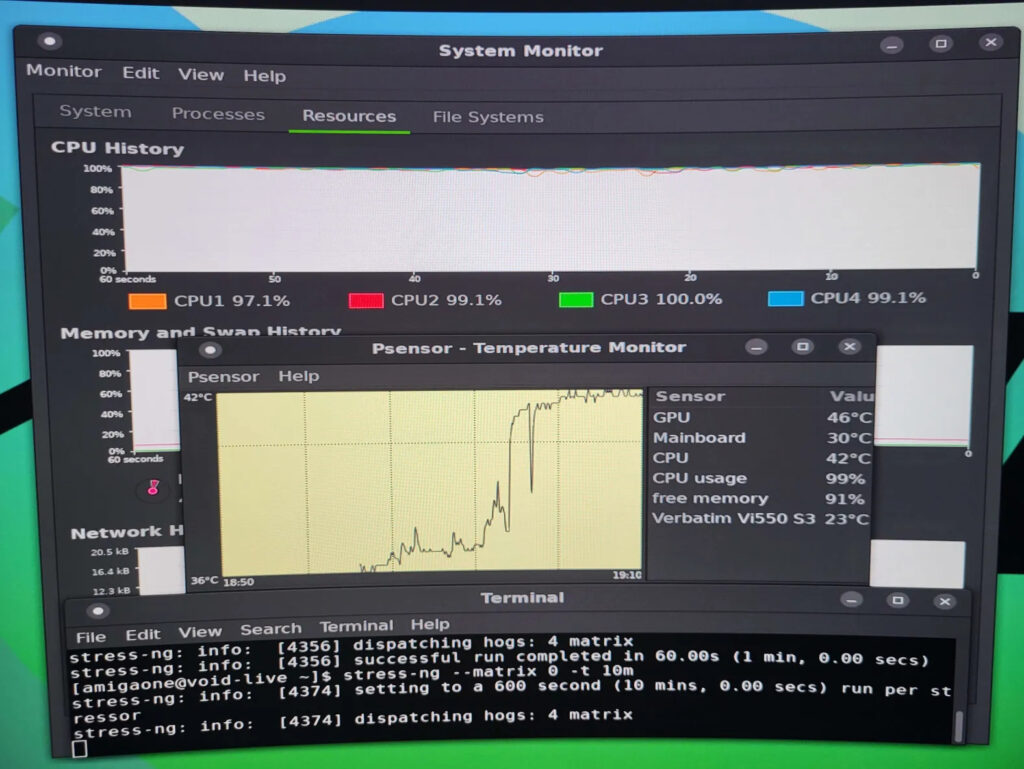
Frank Mariak’s Unwavering Dedication.
23-05-2025..The journey to a functional operating system is often paved with countless hours of coding, debugging, and problem-solving, a testament to the dedication of its developers. For the MorphOS team, one pivotal moment stands out: the very first successful boot-up of the MorphOS operating system. This momentous achievement, a significant milestone in the project’s history, was made possible largely through the relentless hard work and unwavering dedication of one key team member, Frank Mariak.
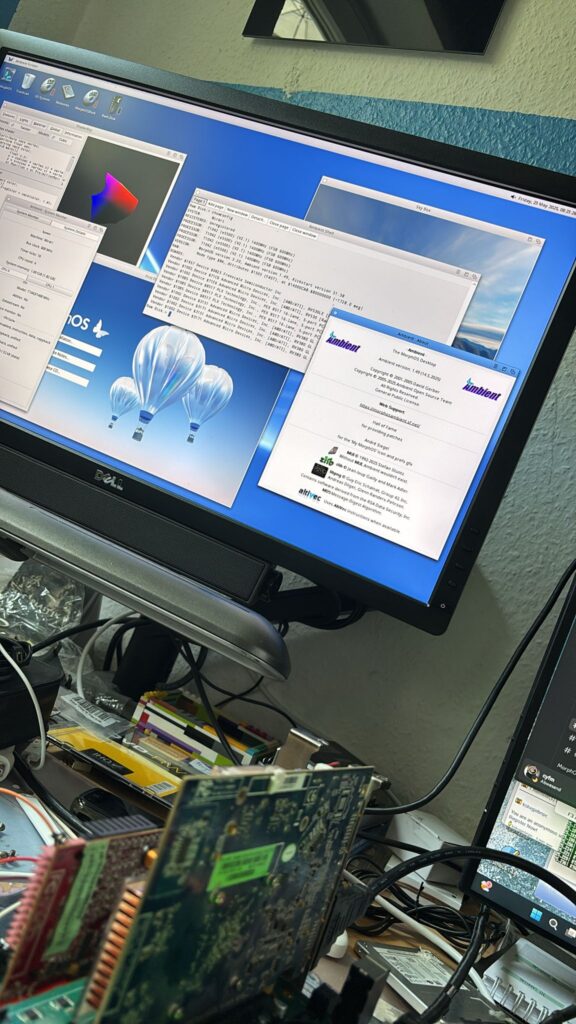
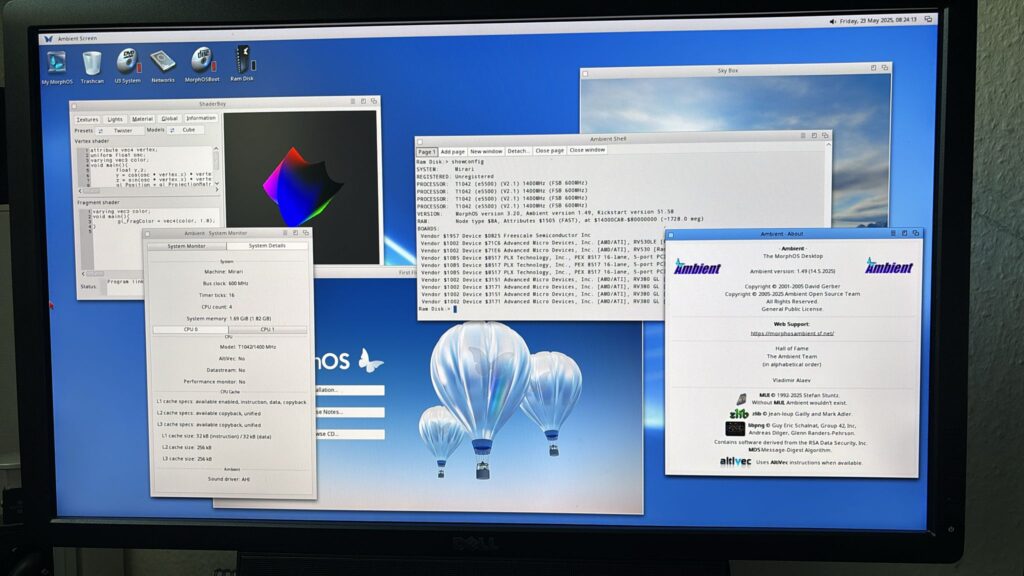
A MorphOS Mirari.. wow..
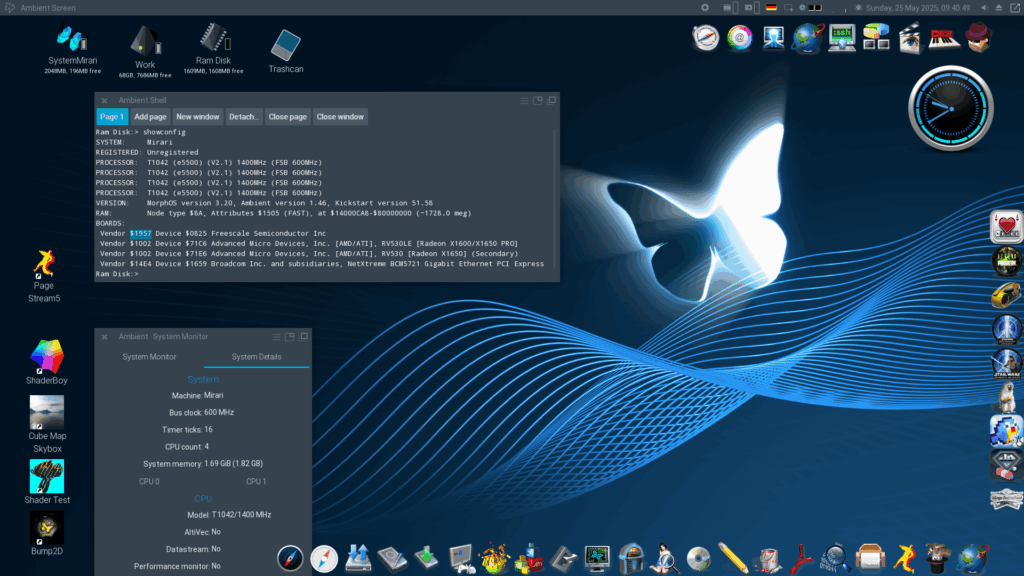
More..More…Mirari @ 1.6GHz
The T1042 has been taken to the test when it comes to overclocking capabilities. Harald managed to get it running stable at 1.6 GHz instead of the stock 1.4 GHz.
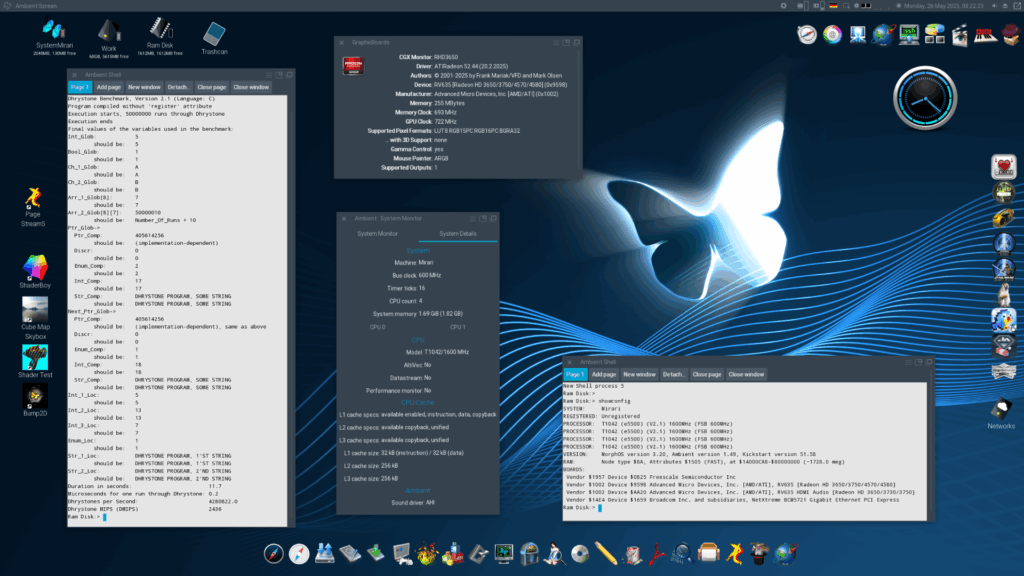
MorphOS on Mirari first boot..
MorphOS on Mirari first footage..
After installing the first MorphOS 3.20 version it was time to play around a bit. More footage soon!
Into the Tomb…
With MorphOS 3.20 running on the first prototype of the Mirari board , it was time to test a golden oldie…. Tomb Raider V1. So far we are happy with the result already. Thanks to MorphOS beta testers BeWorld and BSzili for the port.
A Medal of Honor…
MorphOS developer and Porter Cowcat brought us OpenMOHAA. Lets see if it runs on the Mirari Proto board.
Good old Quake3 ..
On of my old time favorite`s .. the Daddy of all FPS games Quake 3 ! Running on the Mirari board.
Classics using ScummVM
Classic games running on ScummVM and MorphOS 3.20. Lets see how that turns out.
7.1 HD Audio driver for MorphOS
13 June 2025, Harald has just finished his first MorphOS driver. It’s for PCIe discrete soundcard complying with the Intel Hdaudio standard.
That includes:
Sound Blaster Audigy FX
Sound Blaster Audigy FX V2
CM8828+CM9882A cards
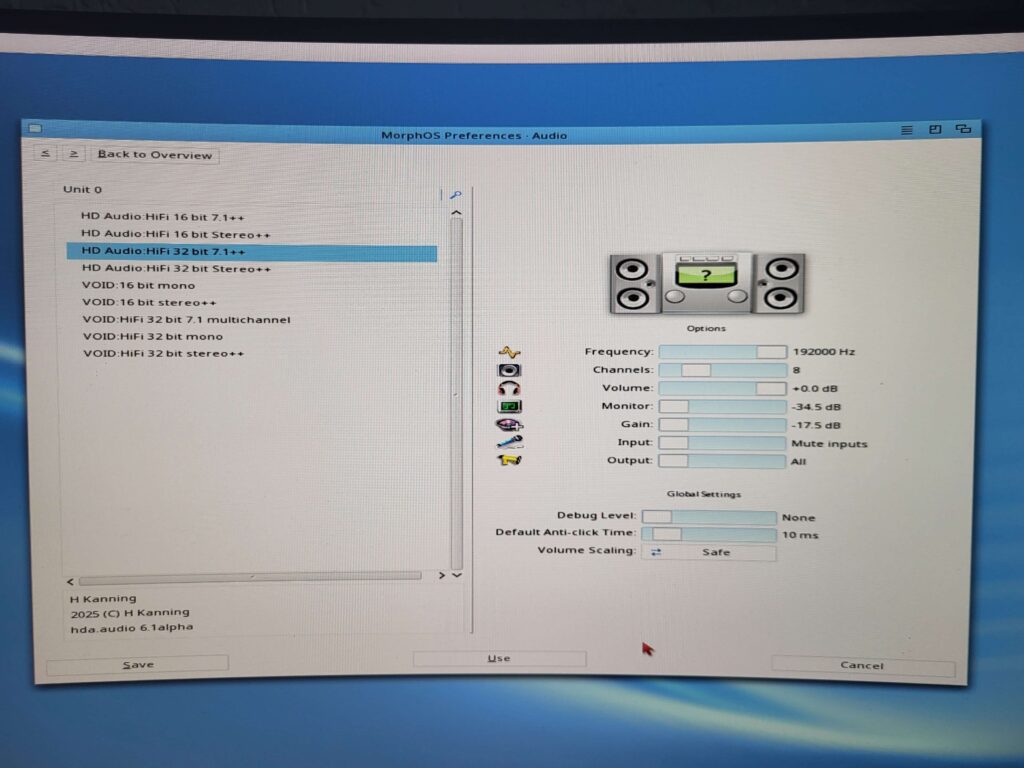
Testing Harald`s HD Audio driver with the mighty Soundblaster Audigy FX V2
MorphOS version of RetroArch port done by Steffen Haeuser tested with FBneo core and NeoGeo games.
Doom64 EX test on Mirari board running MorphOS 3.20
As stated on the MorphOS Storage website: Doom 64 EX+ is a continuation project of Samuel “Kaiser” Villarreal’s Doom 64 EX aimed to recreate DOOM 64 as closely as possible with additional modding..
This Summer’s Anything But Quiet!
Here at Mirari, things have been anything but calm! We’ve been buzzing with activity, and we’re thrilled to share some exciting updates that are making this summer one for the books. (Magazines to make it more clear)
First off, a huge shout-out to Glames (boing magazine) and Trevor (Amiga Future Soapbox article) ! Thanks to their incredible work, the Mirari board has landed in not one, but two prominent magazines. We’re incredibly grateful for their dedication and the fantastic coverage.
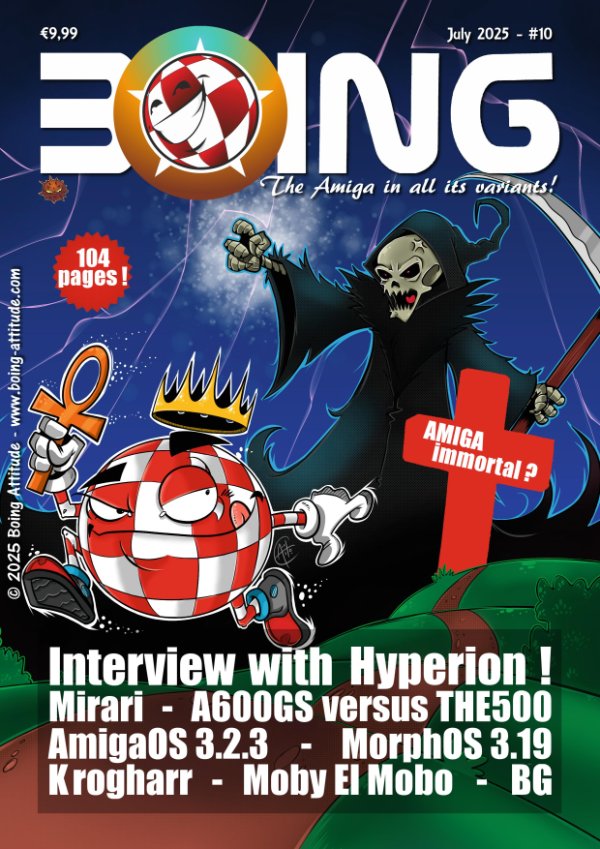
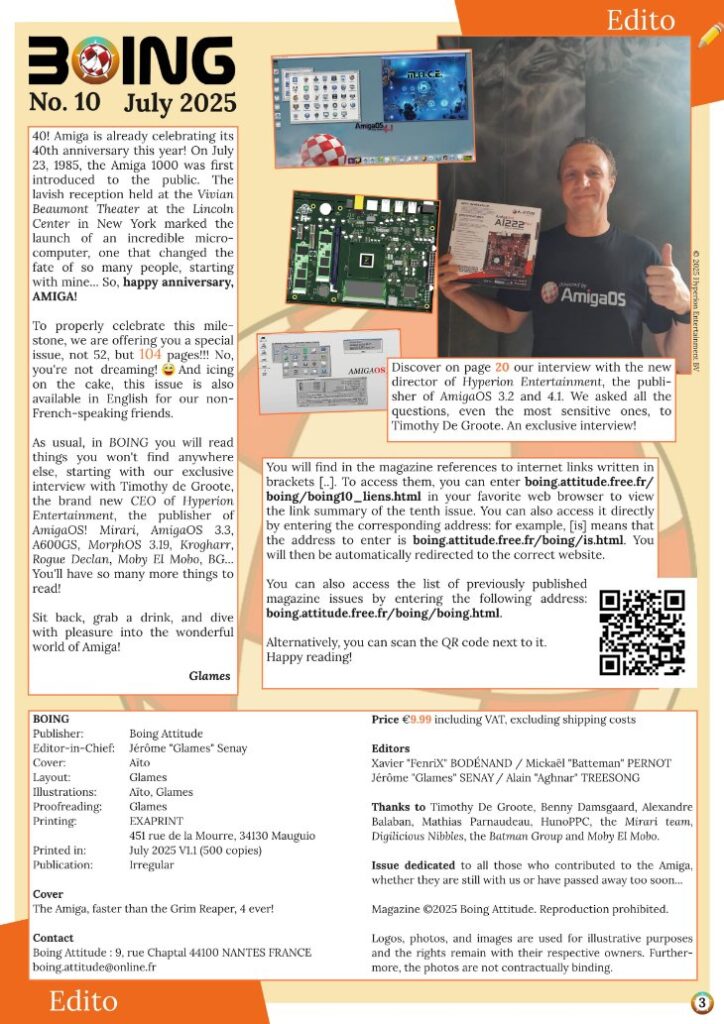
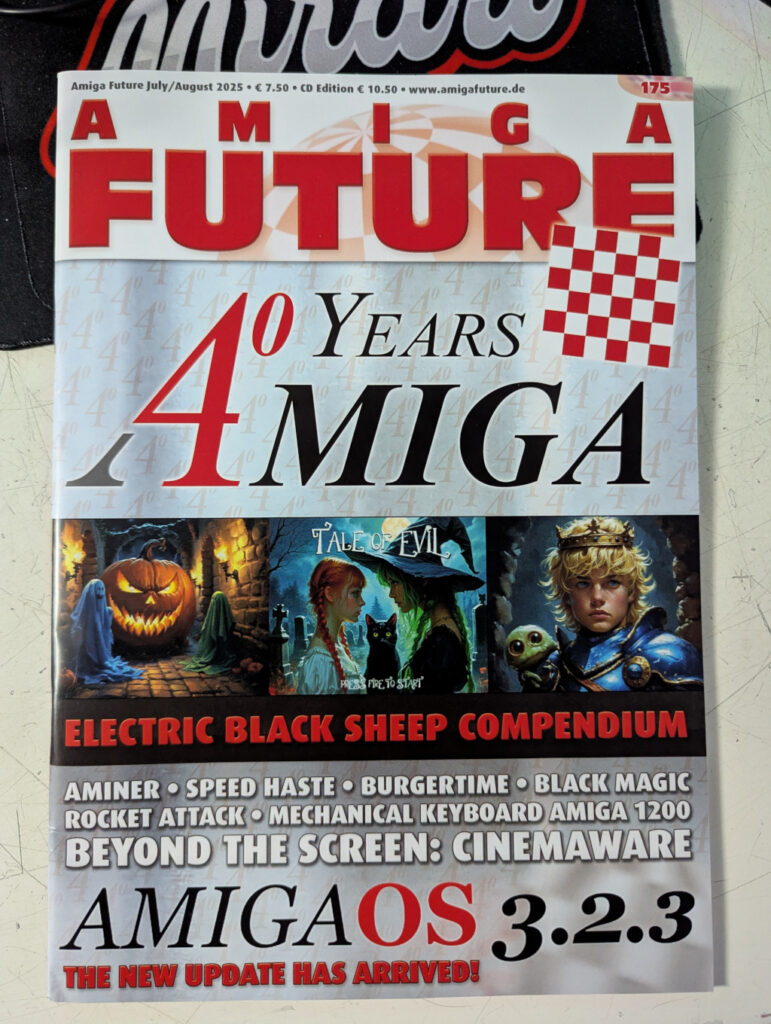
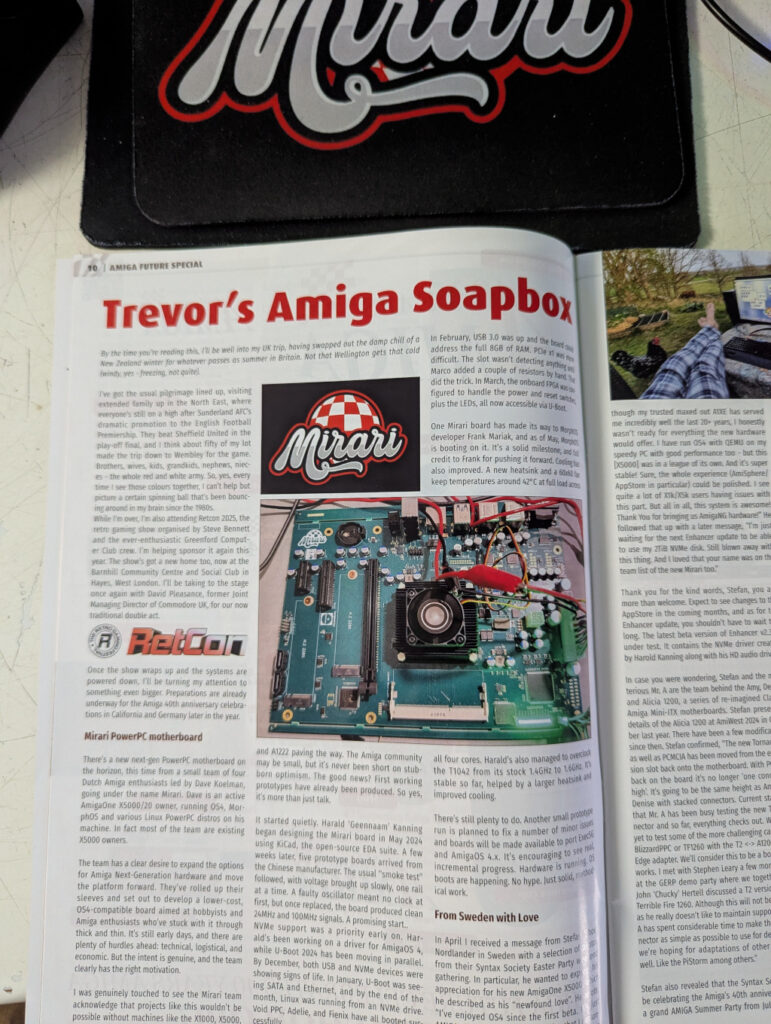
On the software front Harald has been hard at work, and we’re excited to announce a new version of his HD Audio driver for MorphOS, which now includes a mixer! This is a significant enhancement, offering more control and better sound experiences for MorphOS users.
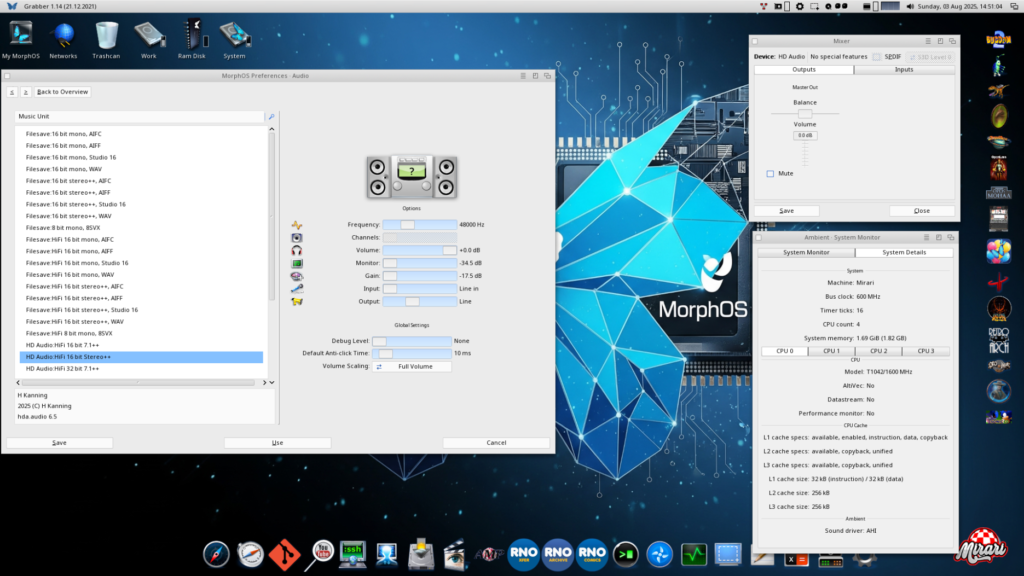
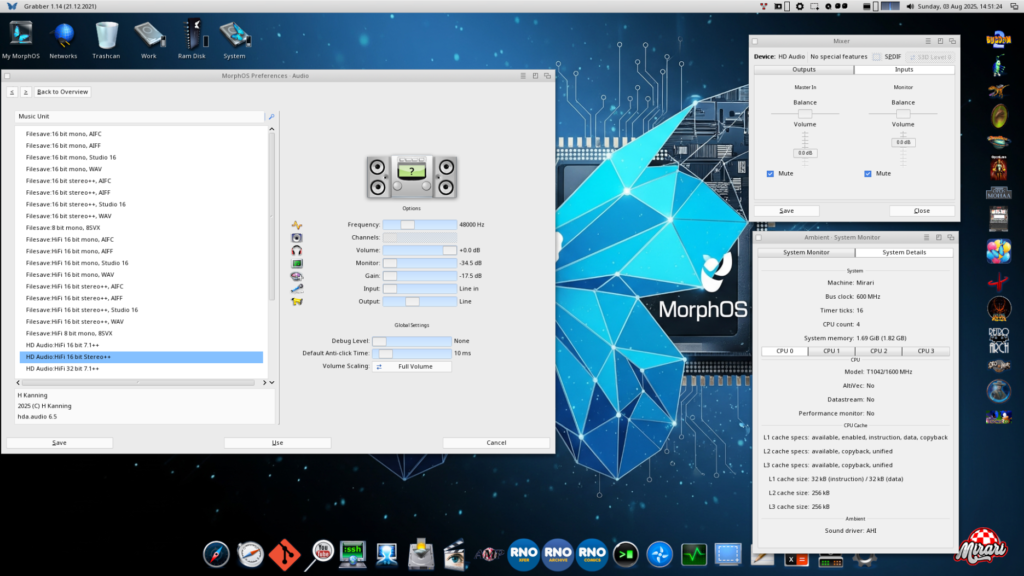
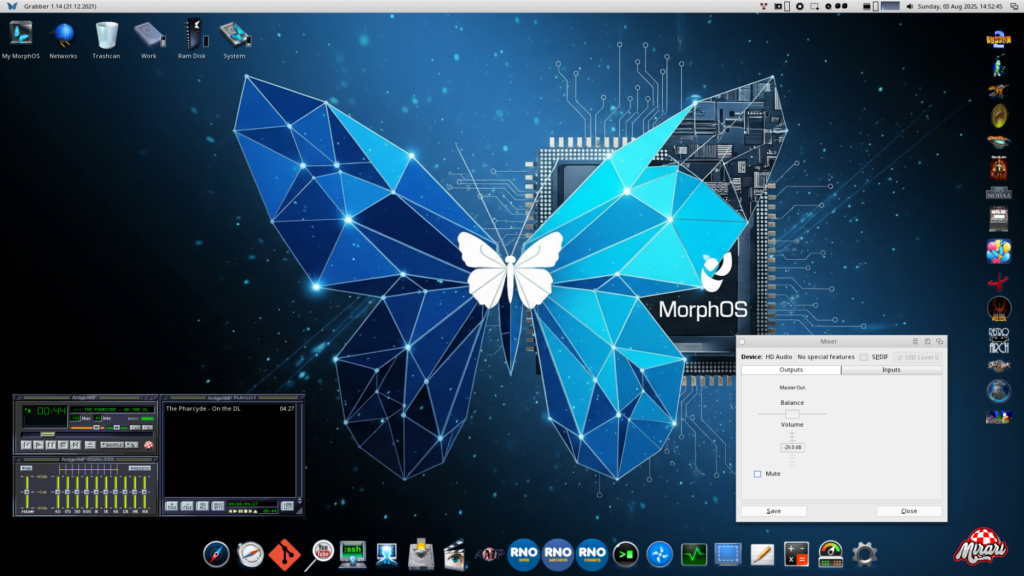
This driver supports PCIe soundcards that comply with the Intel HD Audio (Azalia) specification. See user manual for supported soundcards
Analog playback:
- Up to 32bit (Best resolution automatically selected by driver)
- Up to 384kHz
- Up to 8 channels (Also known as 7.1)
Digital playback
- LPCM (No digital formats like AC3 or DTS -> bitstreams not supported by AHI)
- Up to 24bit (Best resolution automatically selected by driver)
- Up to 192kHz
- Stereo (Also when 7.1 mode selected)
Analog recording:
- 16 bit
- Up to 192kHz
- Stereo (Line In, Microphone) or dual channel mono (Microphone)
The driver has been tested on:
- Mirari running MorphOS 3.20.
And if that wasn’t enough, we’re thrilled to confirm that a new batch of Mirari boards are currently in production as we speak! This run comes with some exciting changes: you can look forward to purple PCBs, along with various enhancements and fixes based on feedback and ongoing development. We’re aiming for these new boards to arrive by the end of August, so keep an eye out for more updates as they get closer to shipping!
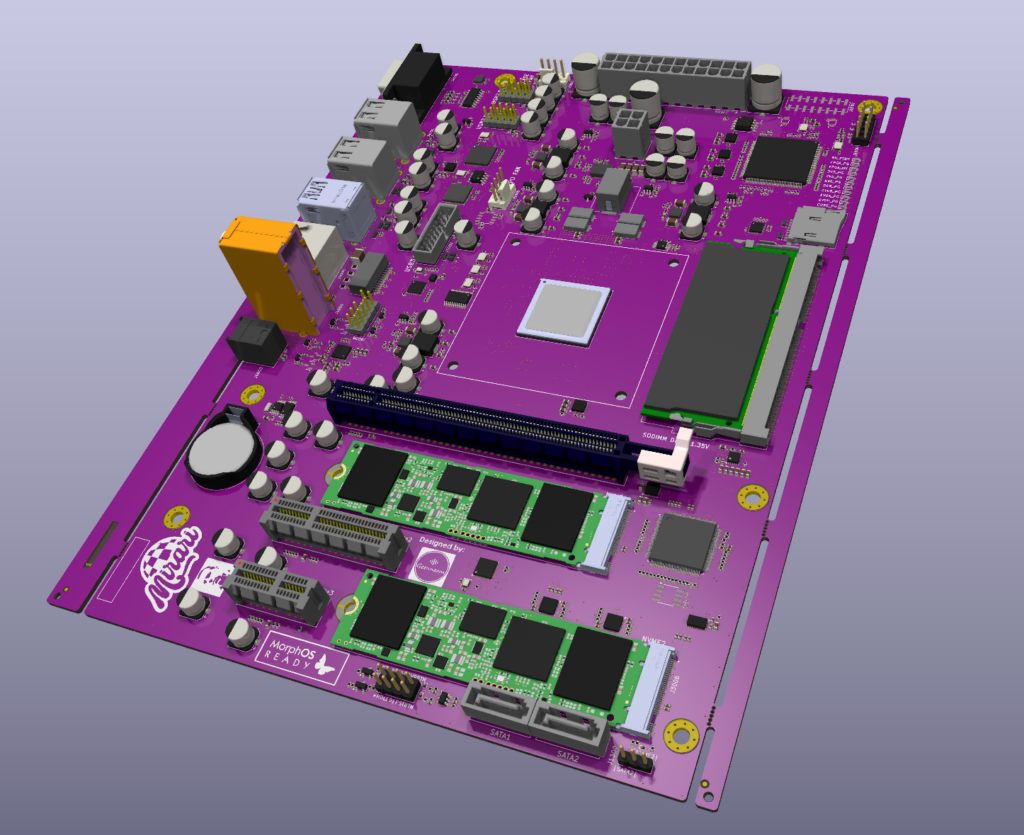
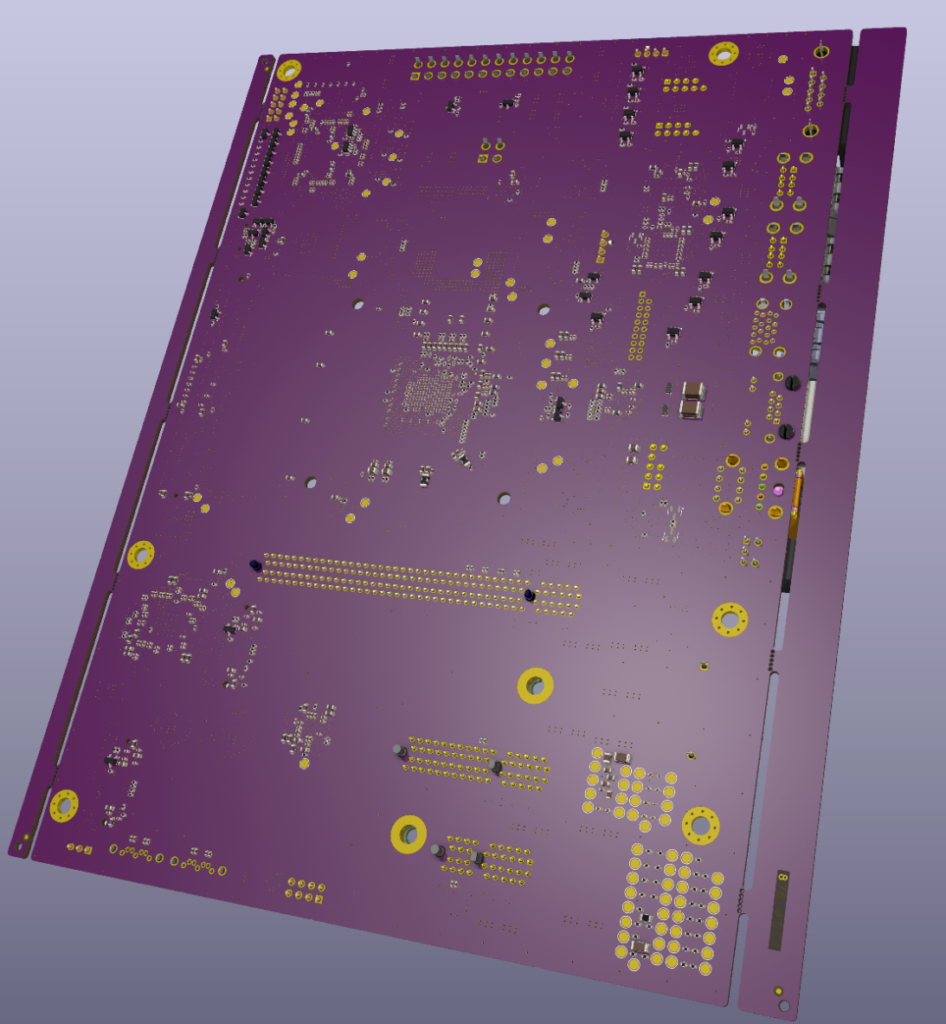
And here she is…. Mirari Proto 2…
With the factory production stage now complete, we’re eagerly anticipating the arrival of these new boards. We’re aiming for them to be in our hands by the end of this month, so keep an eye out for more updates as we get closer to shipping! Remember that a few components are still missing. Due to some stock issues regarding the specific type of PCIx slot (with GPU lock) and header (s) these will be manually soldered by Harald on arrival.
Here is a look at what our new boards will look like: (factory pictures for inspection purpose)

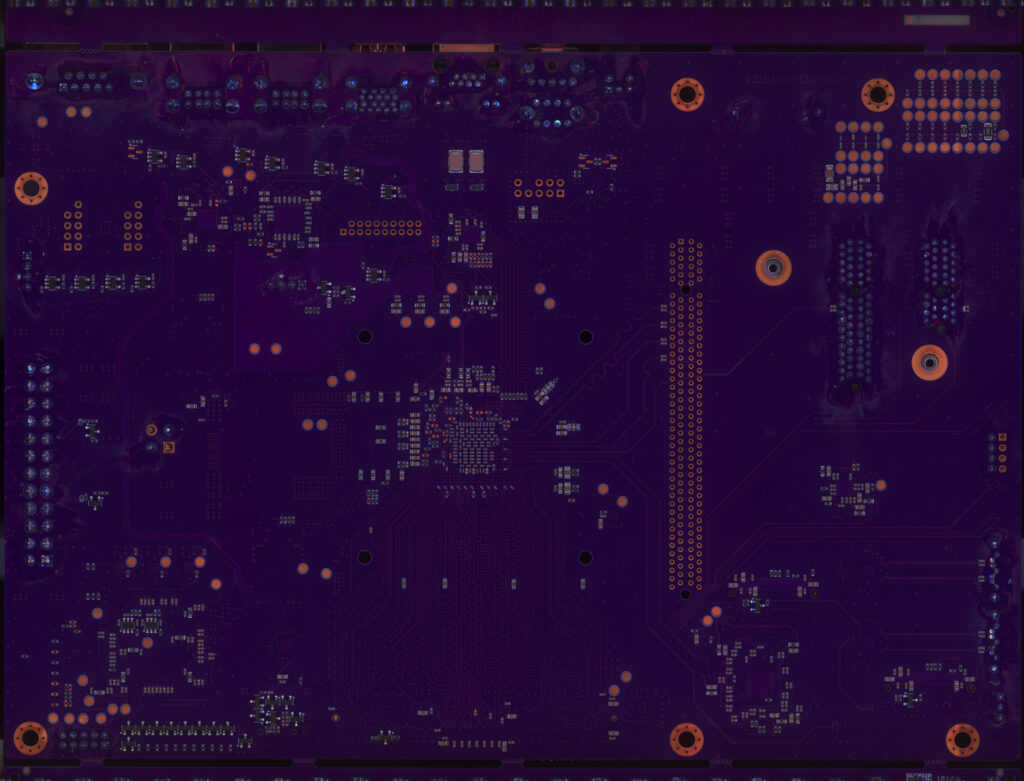
Proto 2… does she work… ?
The Mirari Proto 2 board has landed in the Netherlands as expected on time. Harald took on the challenge of hand-soldering several key components that were unavailable at the factory. This included the PCIe x16 connector and the USB headers. Lets see if we can build a MorphOS capable system…
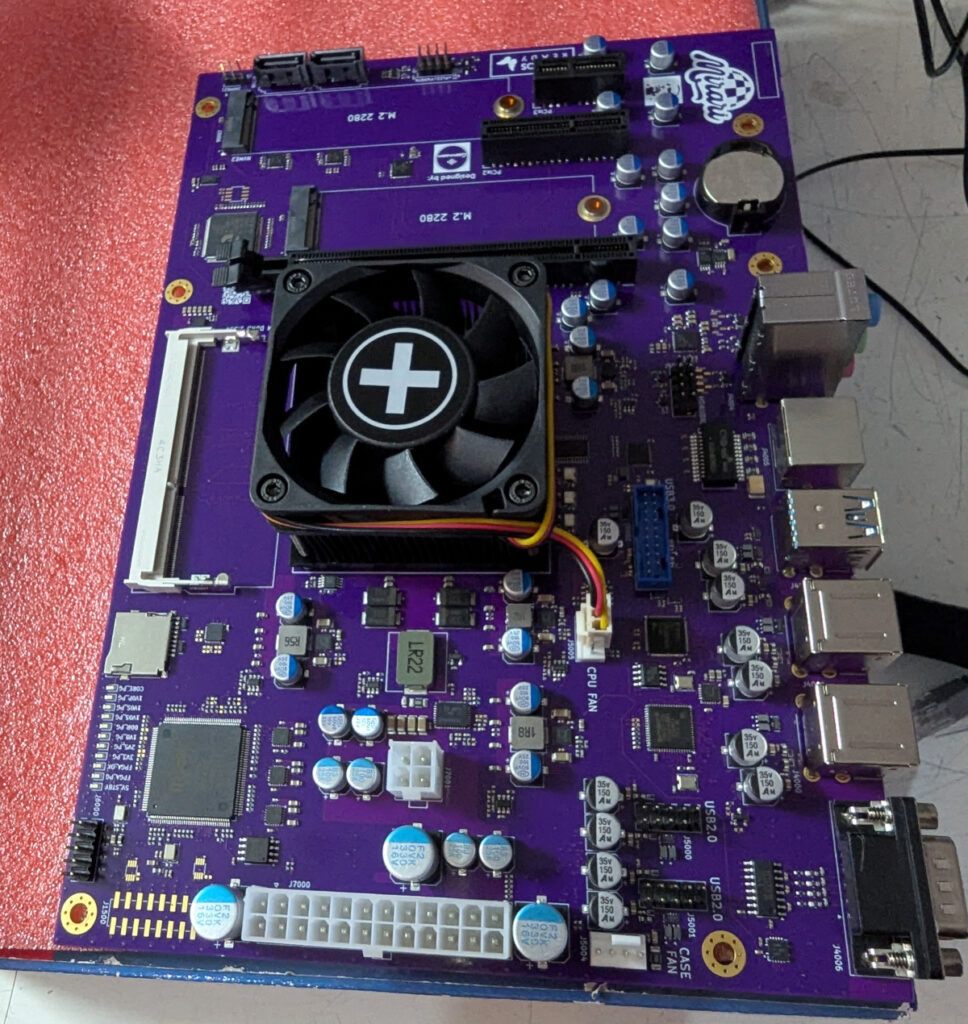
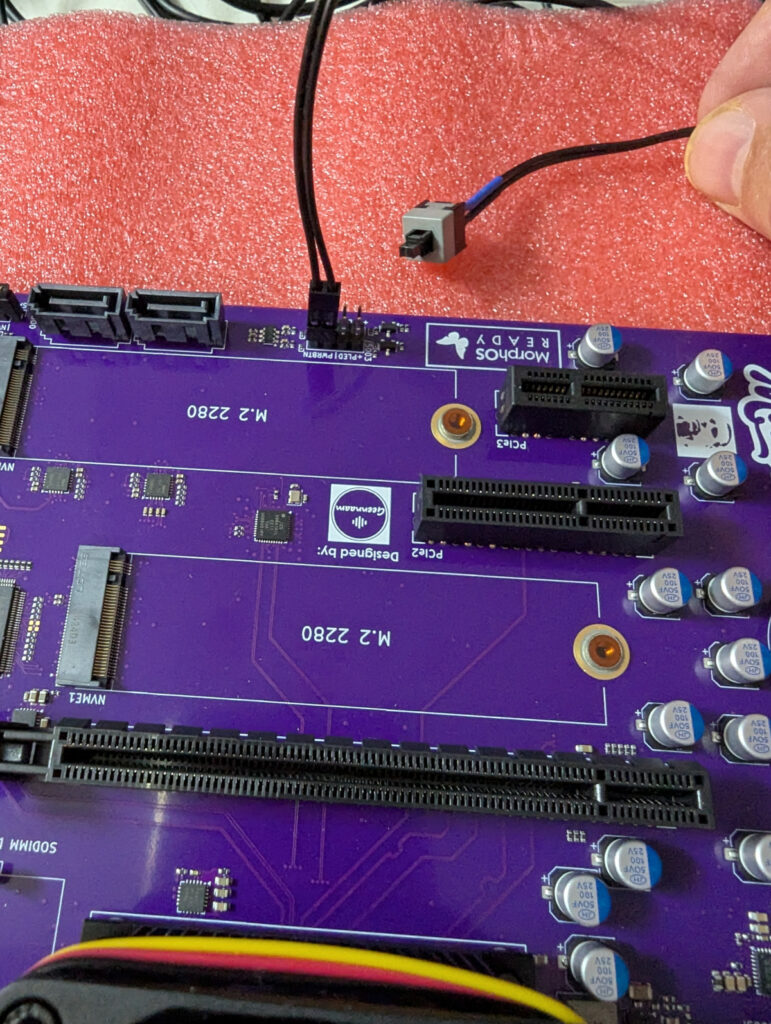
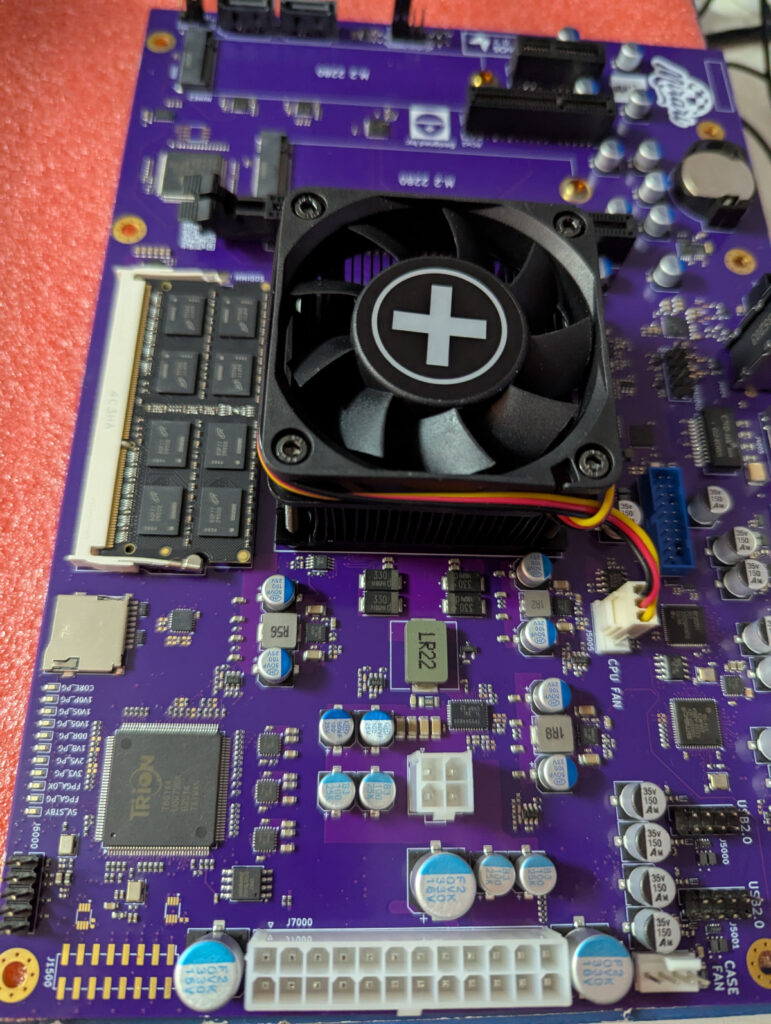

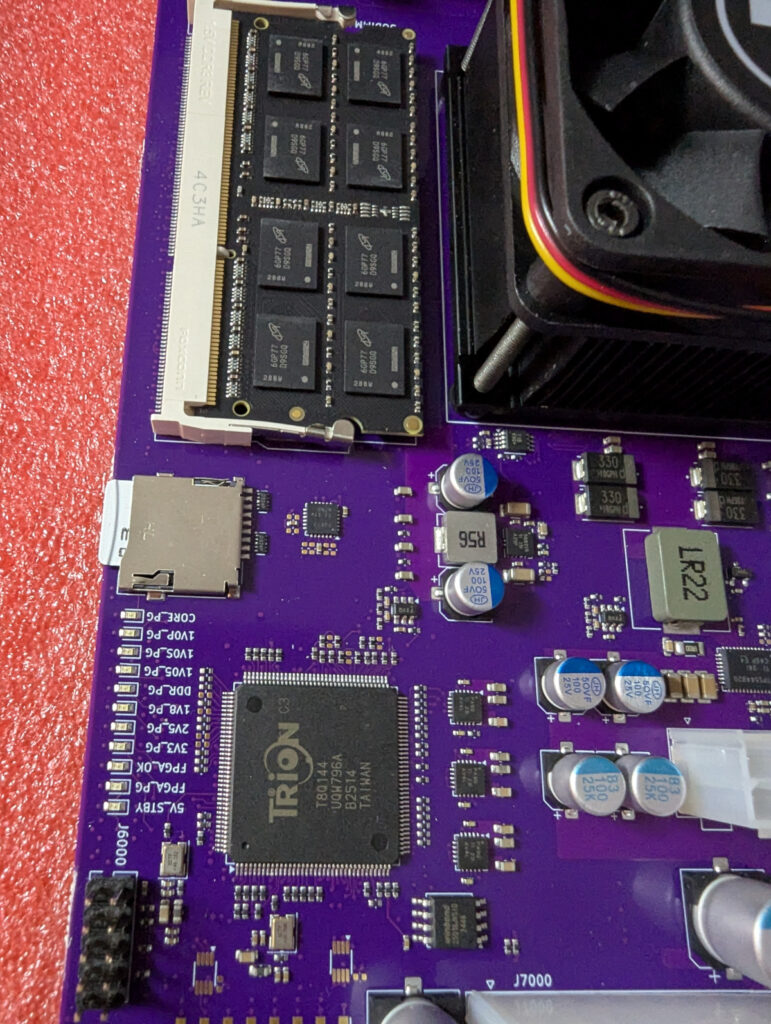
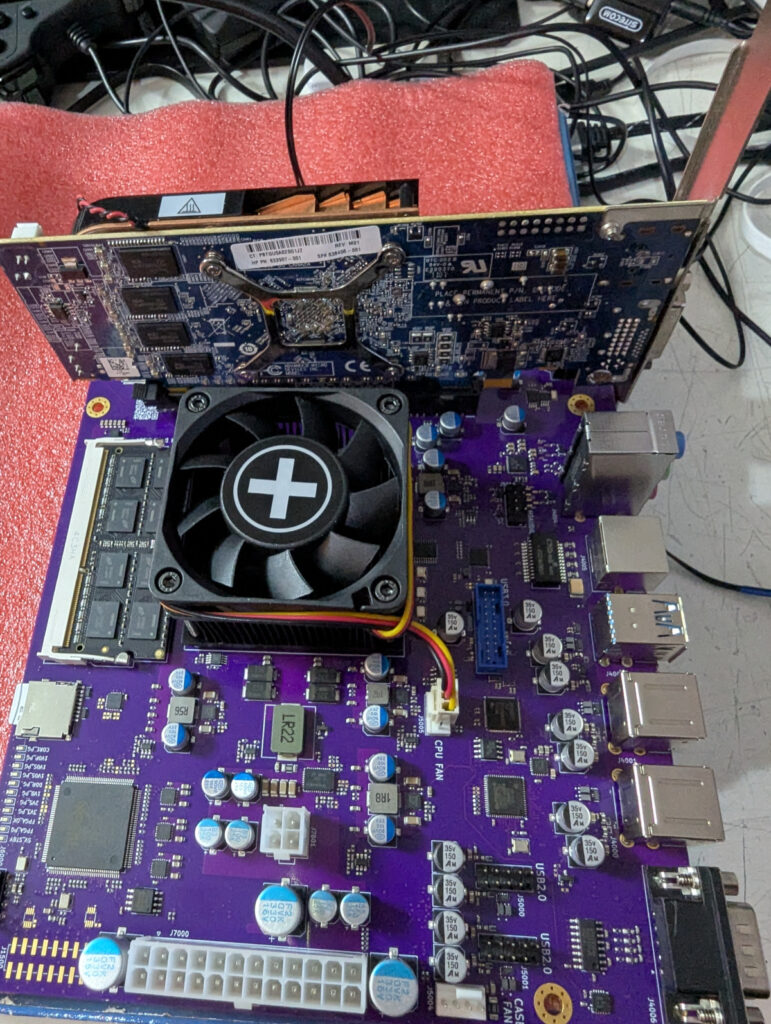
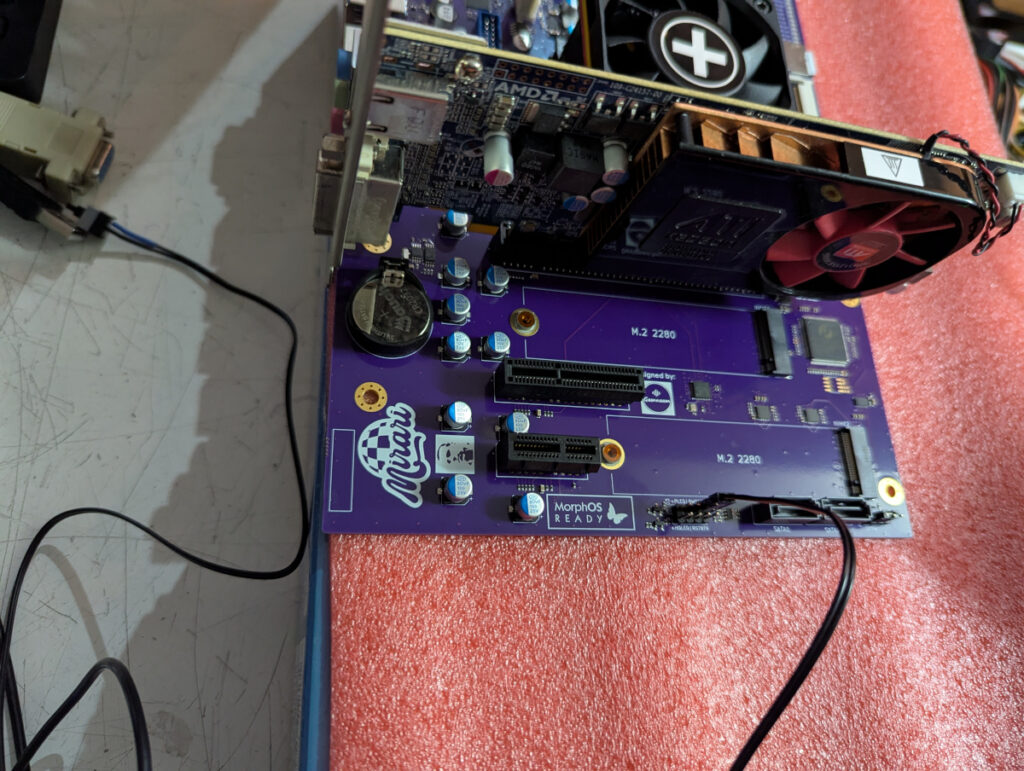
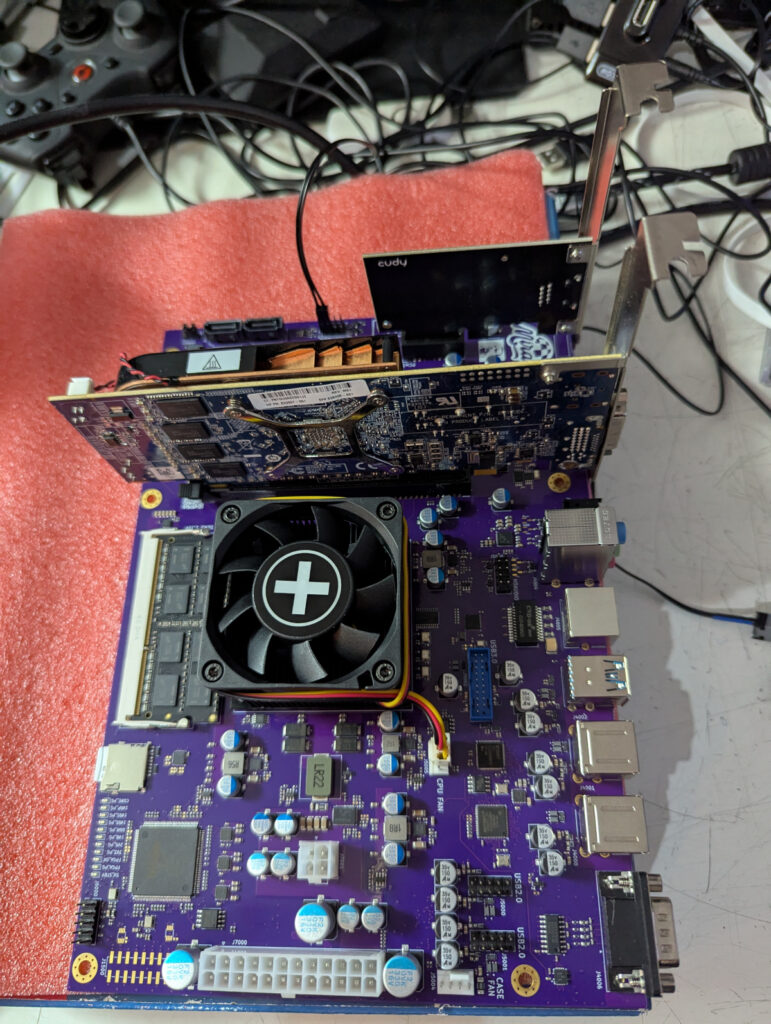
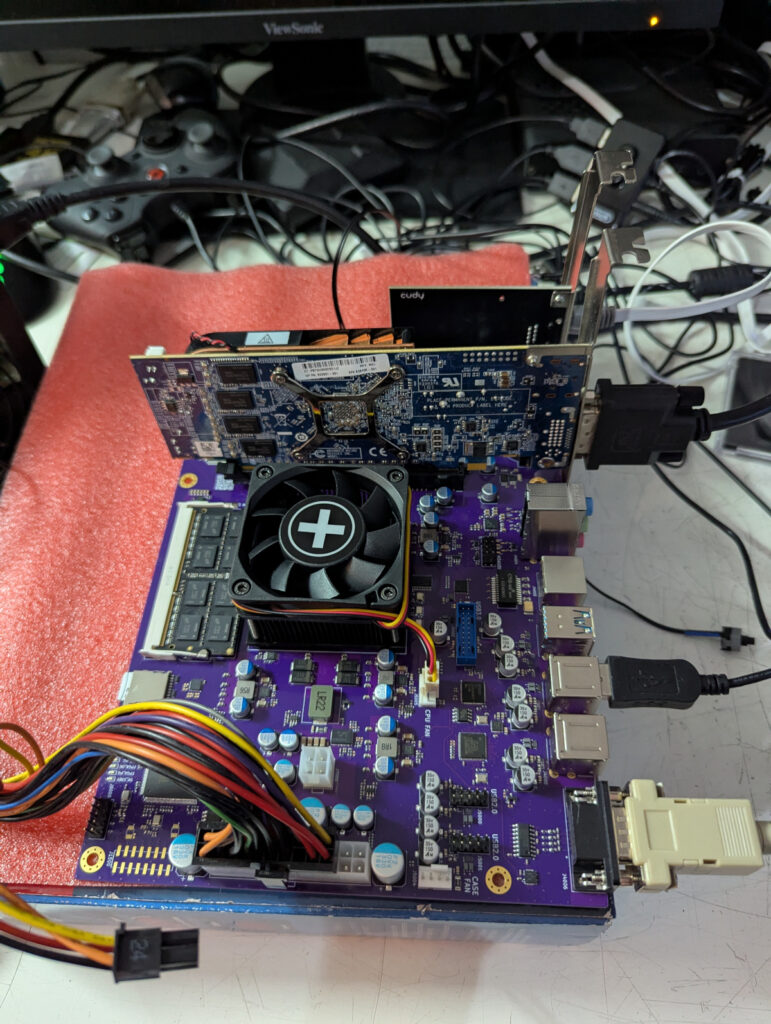
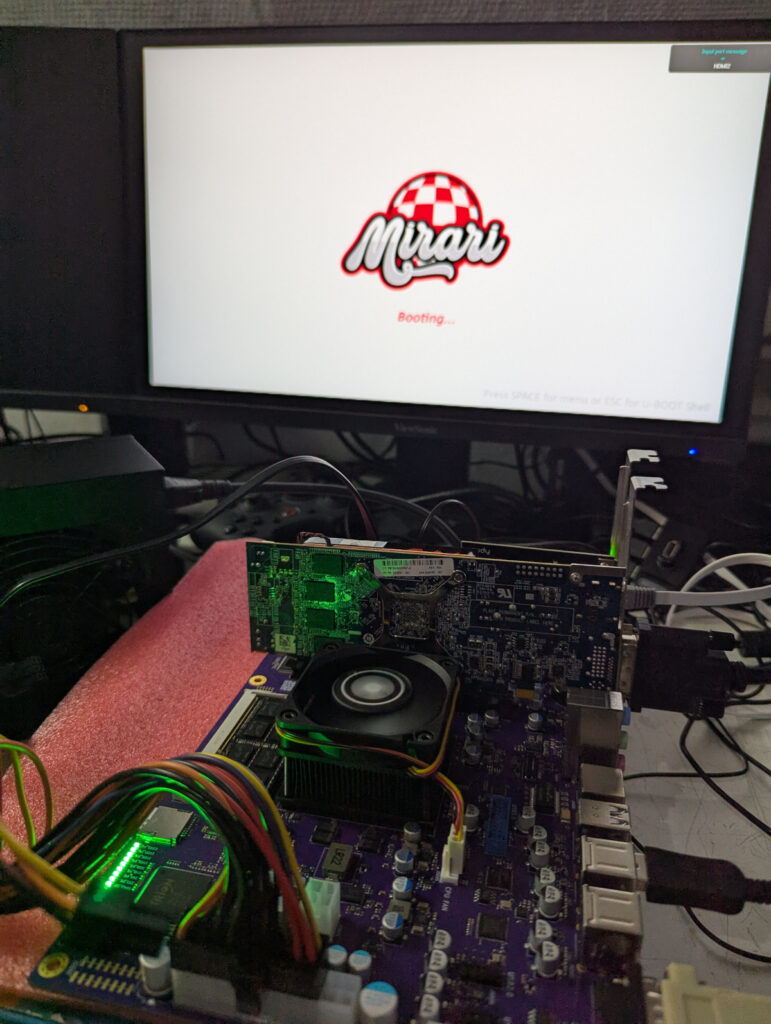
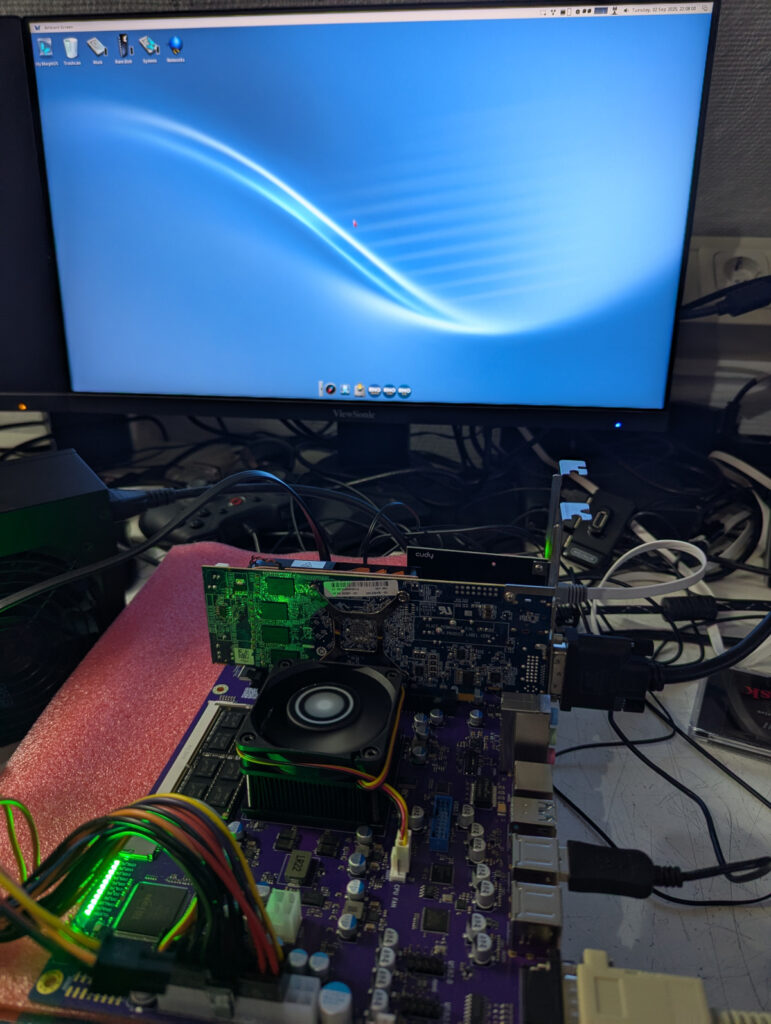
Yeah… she runs MorphOS just fine…
New Fan…New Fun!
Since a few days it is possible to control the fanspeed withing MorphOS. Frank Mariak has adjusted some code originally written by “Jaca” for the Powerbook to read and operate the sensors controlling the temprature and fan speed. Great work by Frank and Harald for placing sensors on the board and his FPGA Microcode..
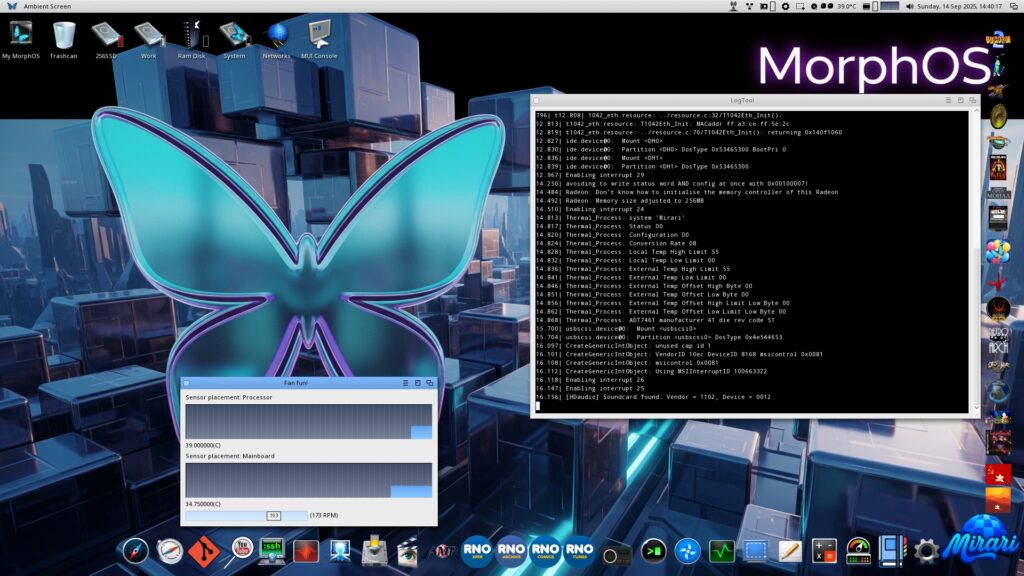
Trip to Mönchengladbach
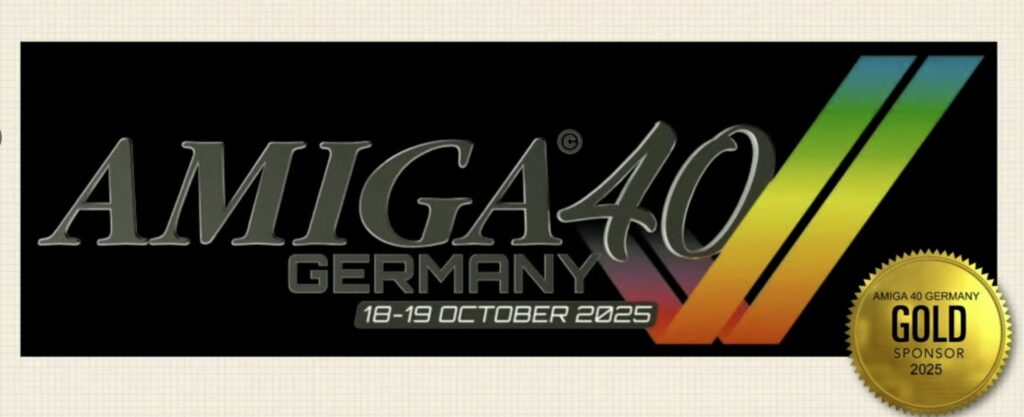
Yeah you`re right, it was a bit quiet here. Why? Amiga 40 preparations were made. We had to make sure we had plenty of Mirari machines ready for the show. And besides that, i had to do some presenting there as well. So Friday 17th of October I jumped in my car and drove of to Monchengladbach.
Getting my gear to the Event booth.
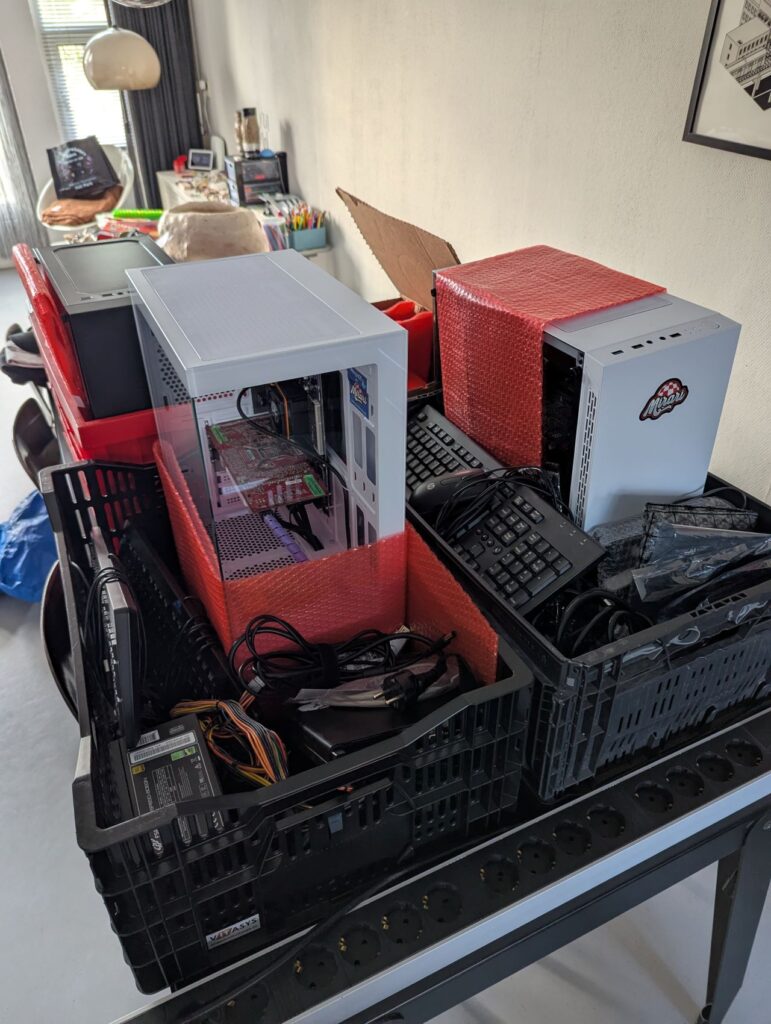
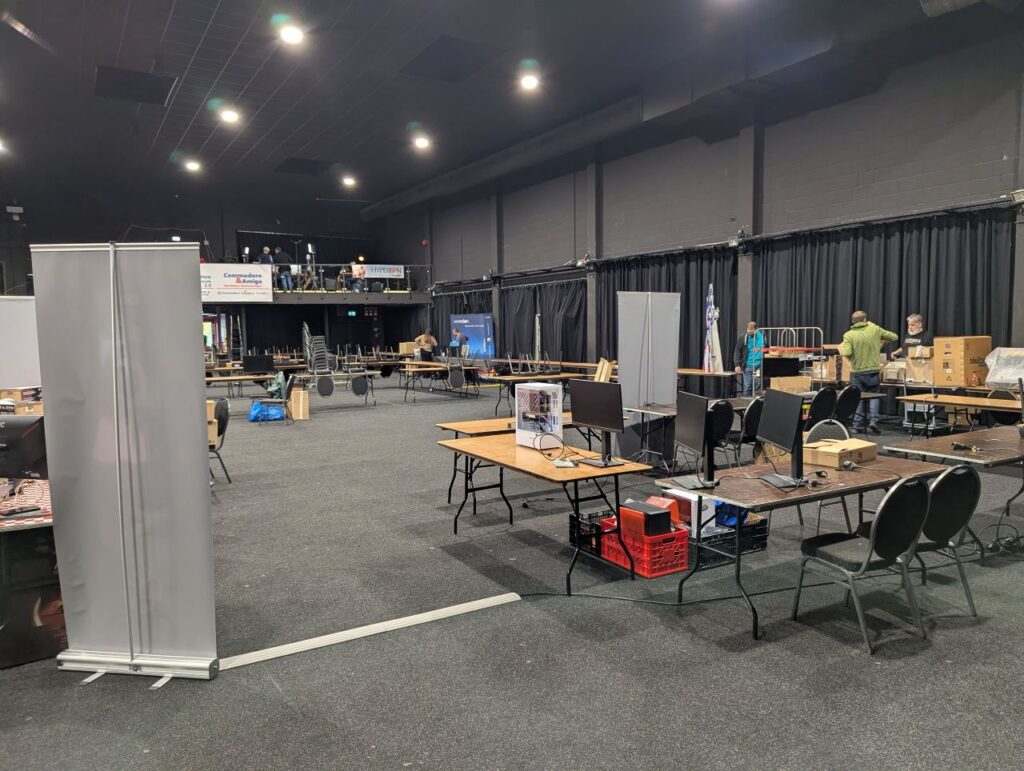
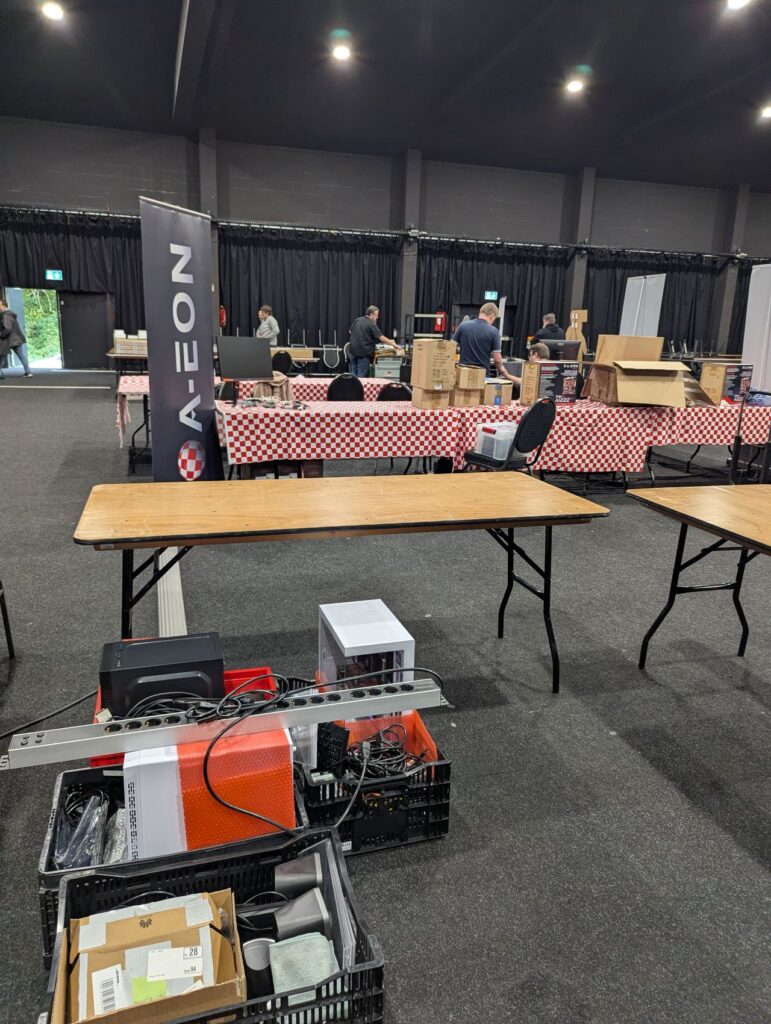
Getting the MorphOS booth ready for action and meeting MorphOS beta-testers and team-members for the first time in person was already a great experience.
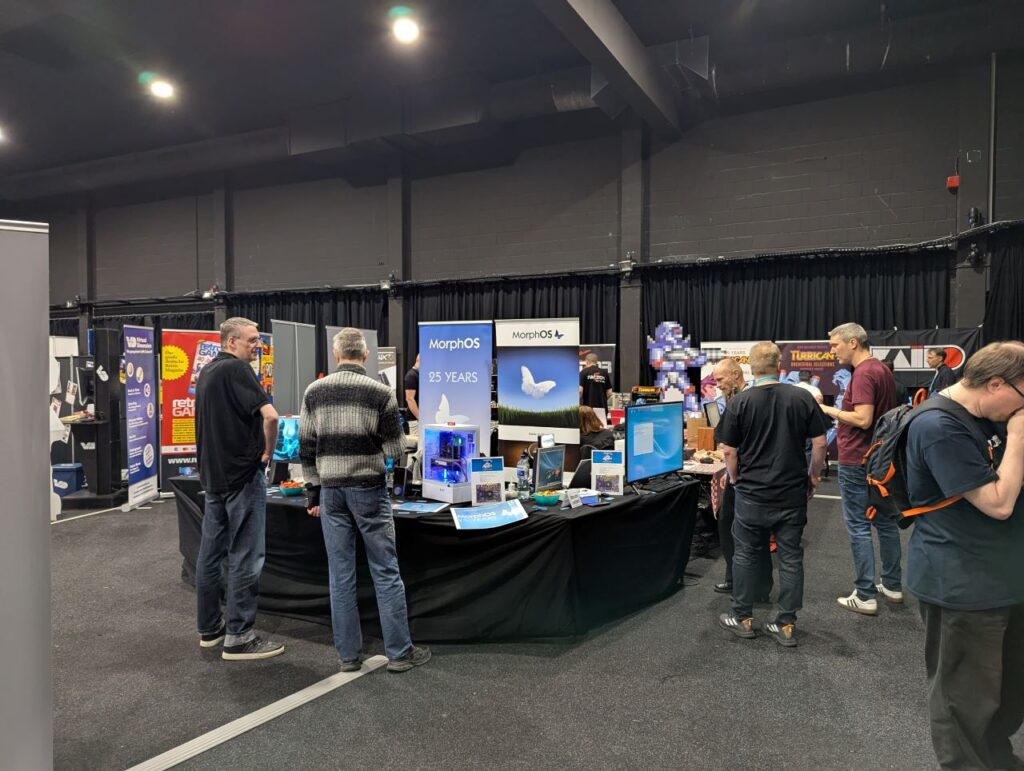
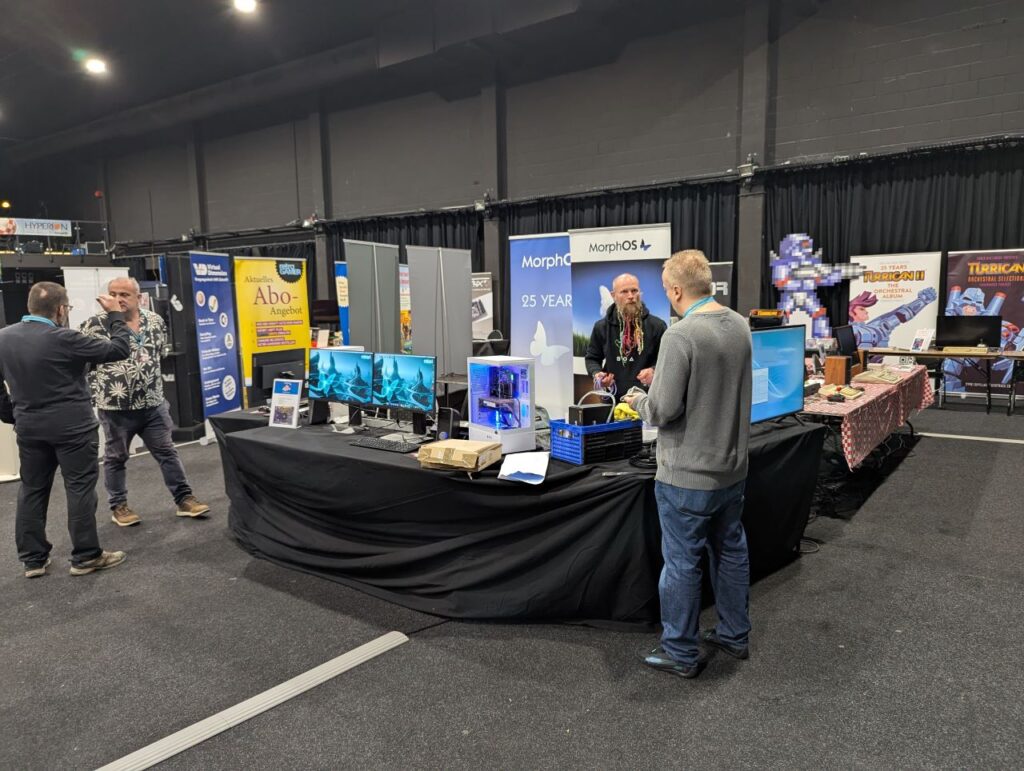
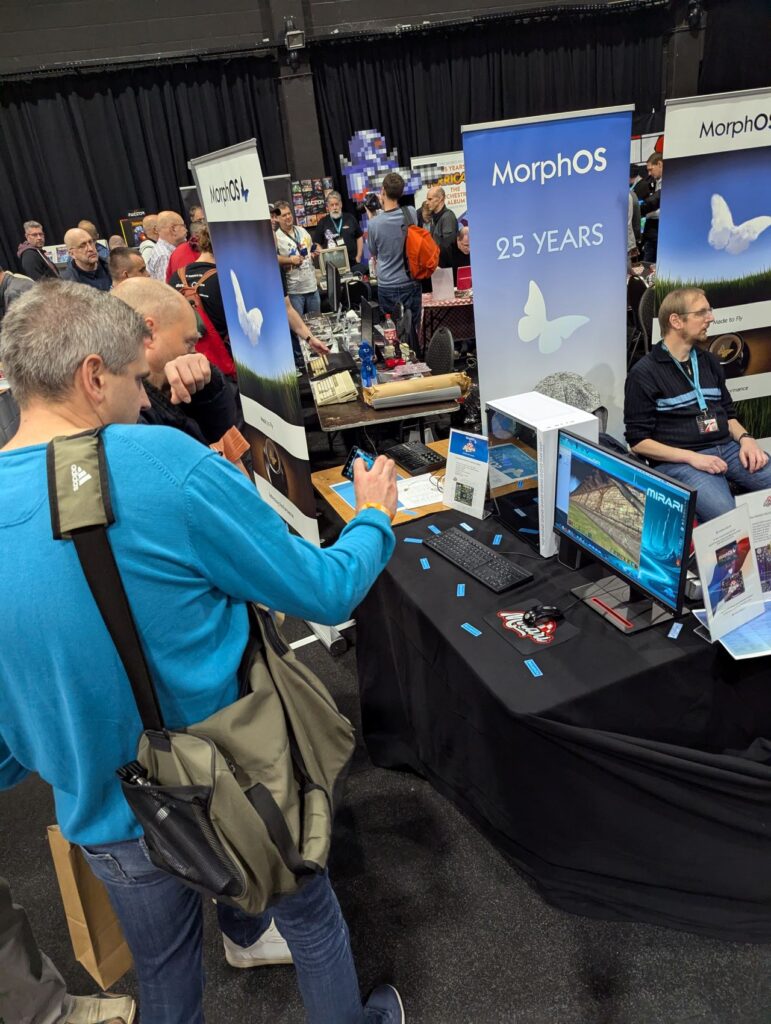


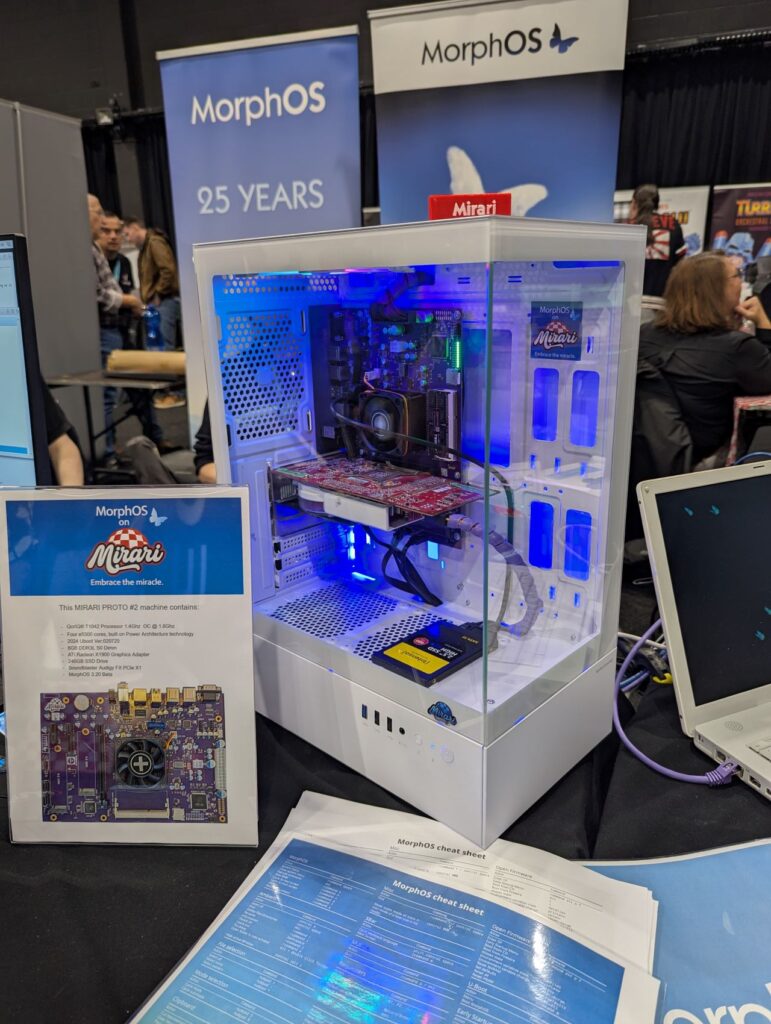
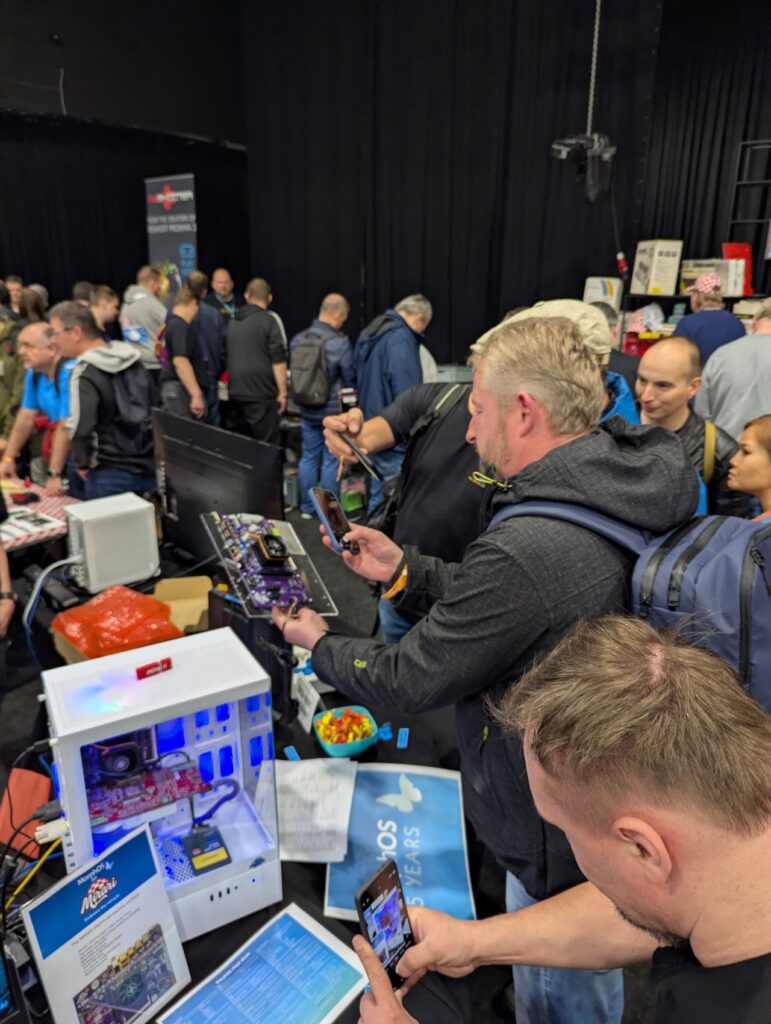
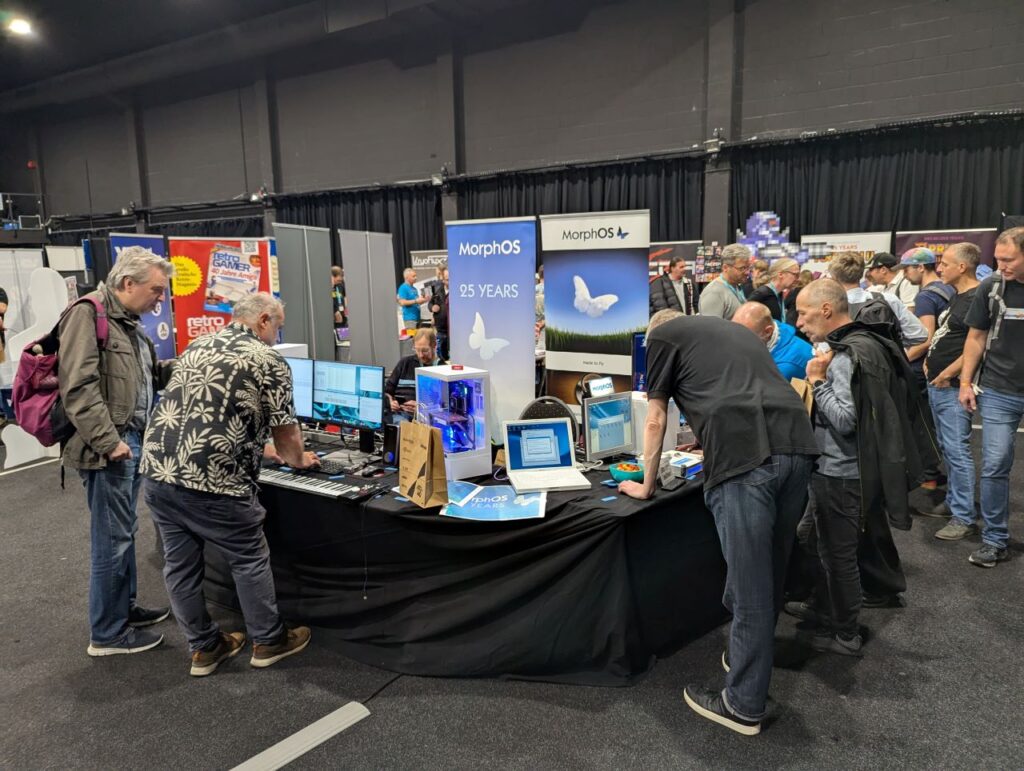

HunoPPC was using a Mirari system as well to present his wonderfull port of WipeOUT, the Fantomas Edition. So if you have played this game at the HunoPPC booth…you were playing a Mirari system probably.
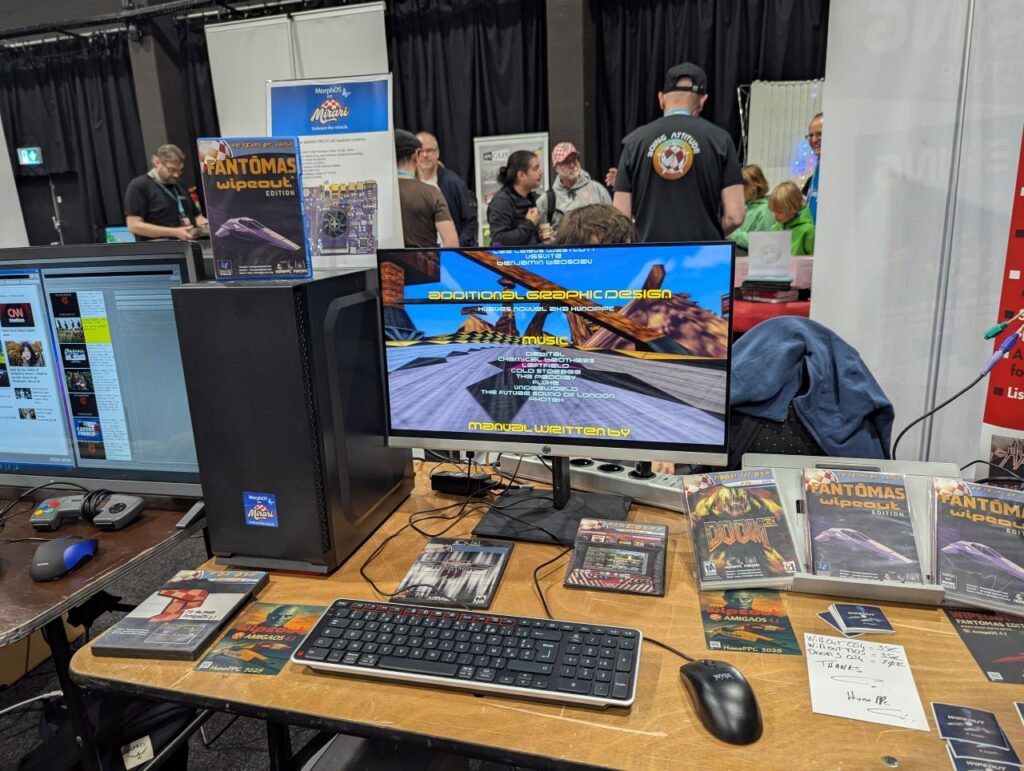
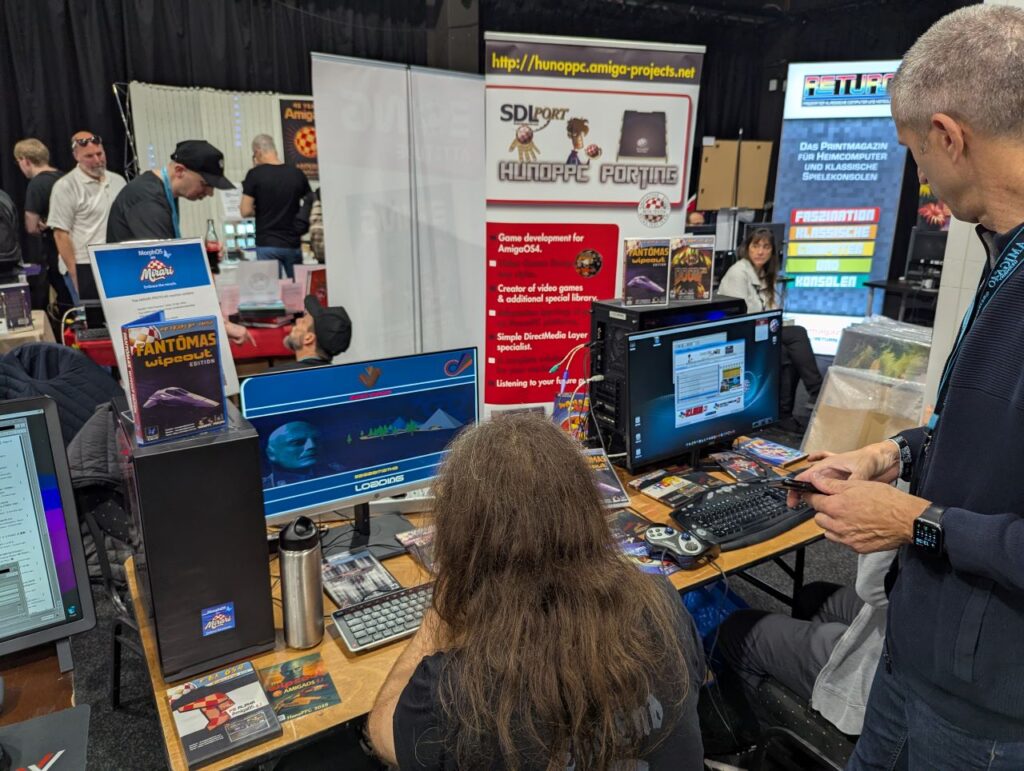
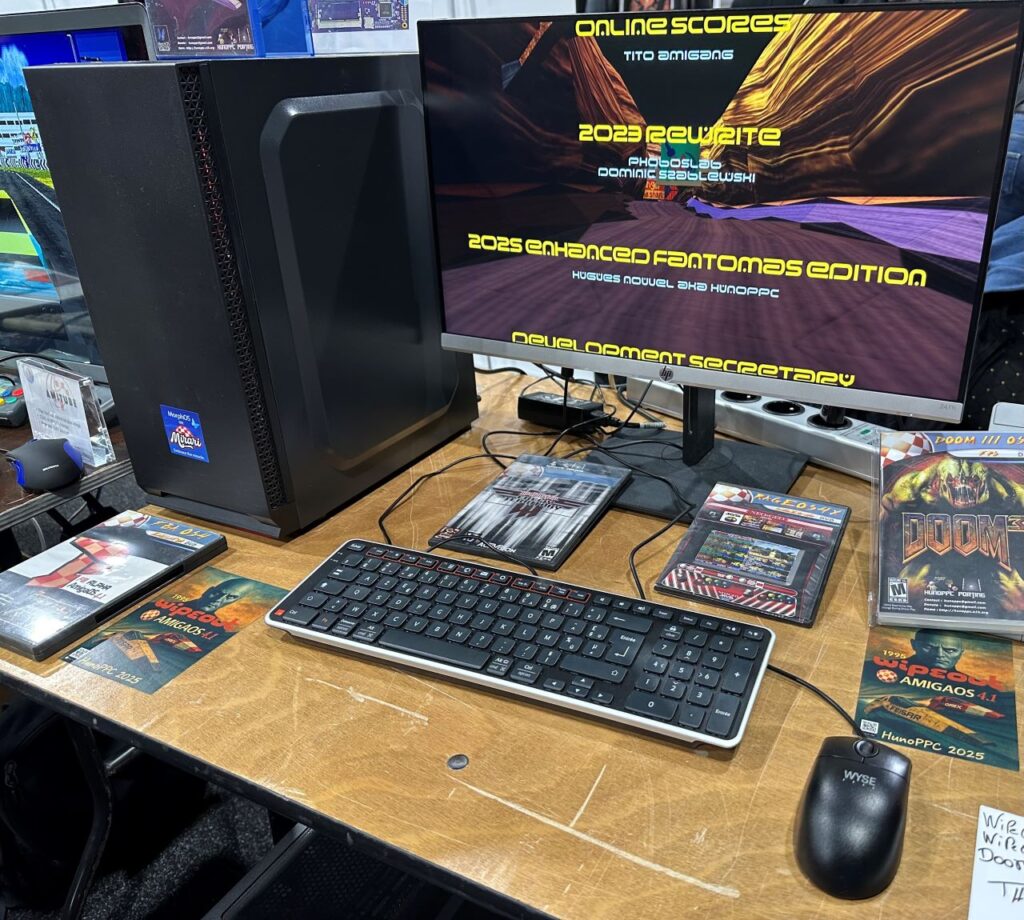
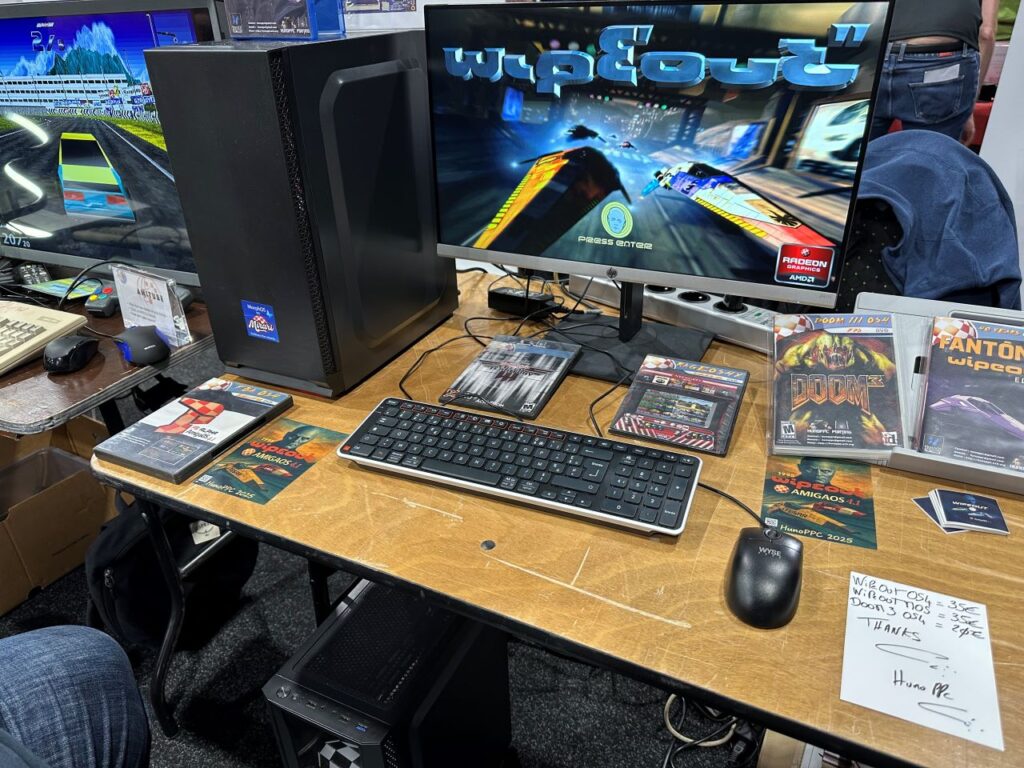
As agreed with Trevor, directly after the show i have send two Mirari Proto 2 boards to the ExecSG kernel developers. Thomas Frieden and Steven Solie both have there Mirari board so work can begin!
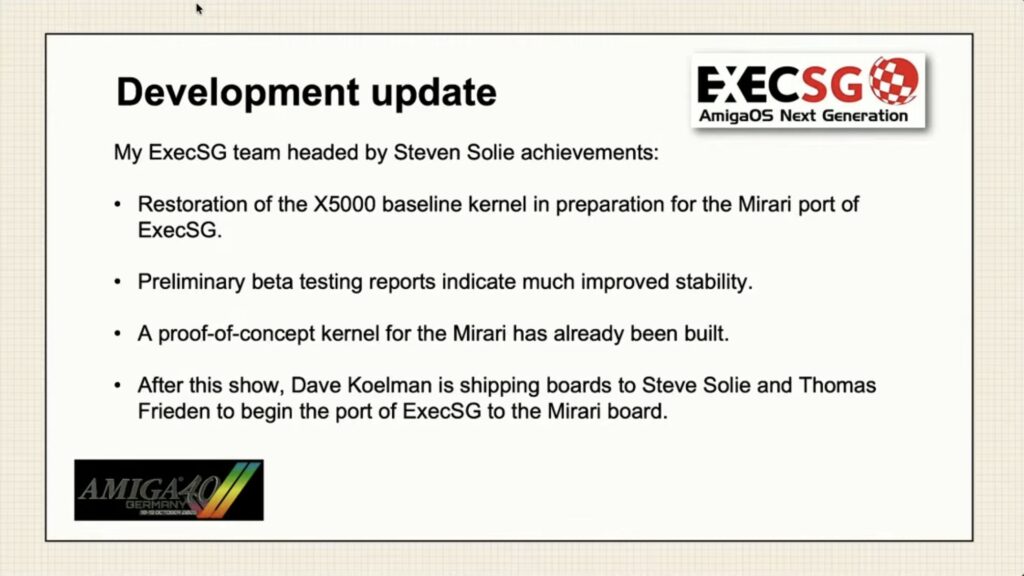
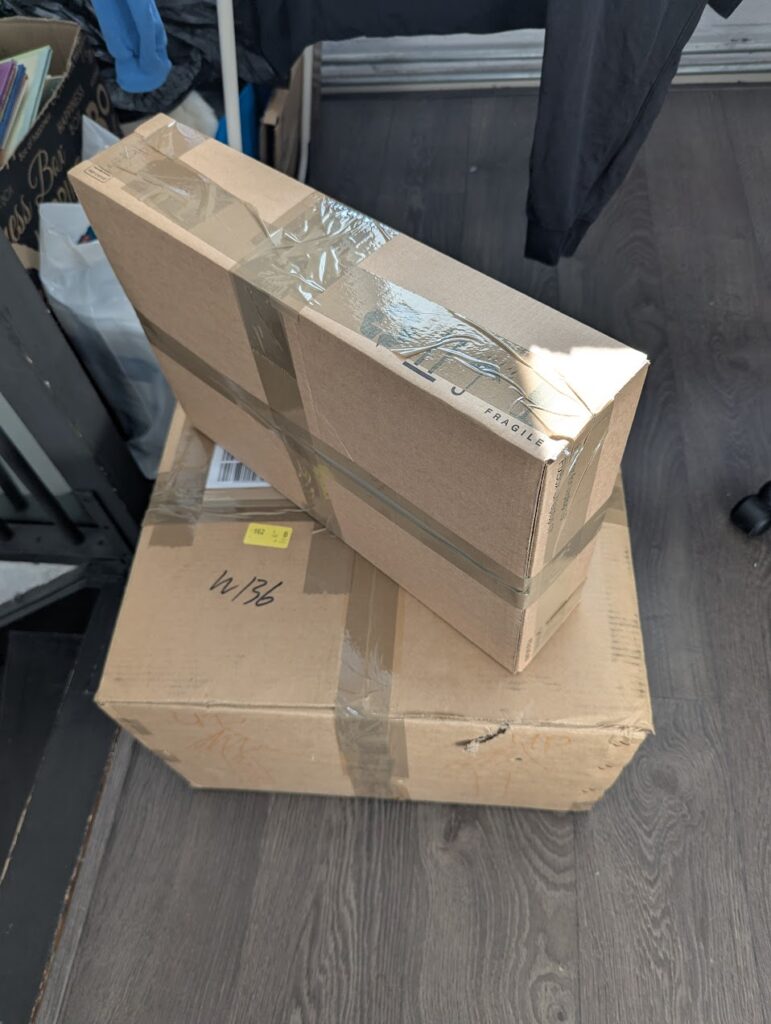
Mirari goes USA..
After having a great time at Amiga 40 in Germany the next big yearly Amiga event was ready to kick off… AmiWest 2025 ! To bad we could not be there in person, but our Mirari board did make it by using Trevors suitcase 🙂
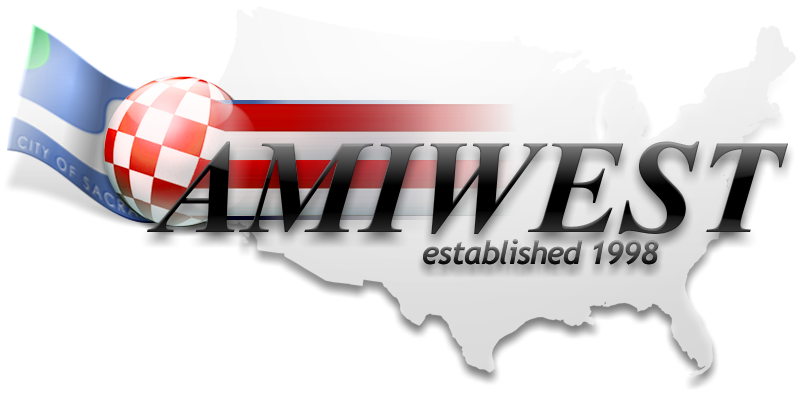
Amiwest is the premier Amiga-focused show in North America. Amiwest has provided a haven for like-minded individuals to come and celebrate all things in the Amiverse: Commodore Amiga’s, Emulation, Aros, AmigaOS 4, and MorphOS . The show has become a yearly event in the community, with many new product announcements and introductions expected. Over the years, the show has seen Amiga companies come and go. Our goal has to be to create an environment for the community to come together and share ideas and AAA good times through it all.
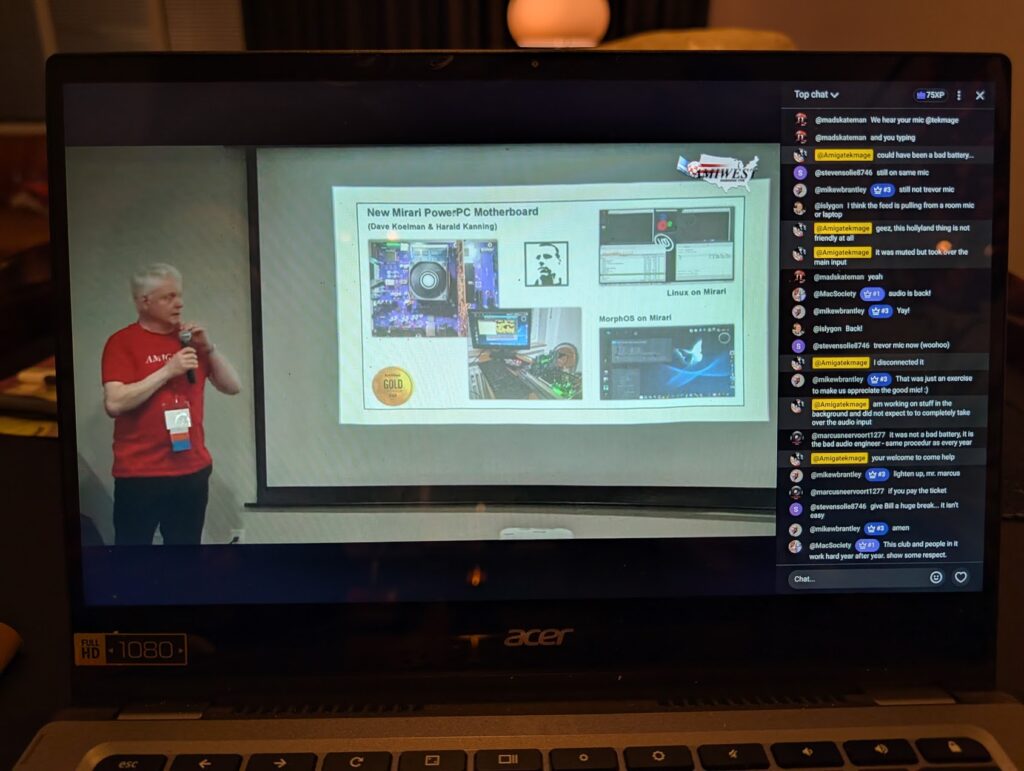
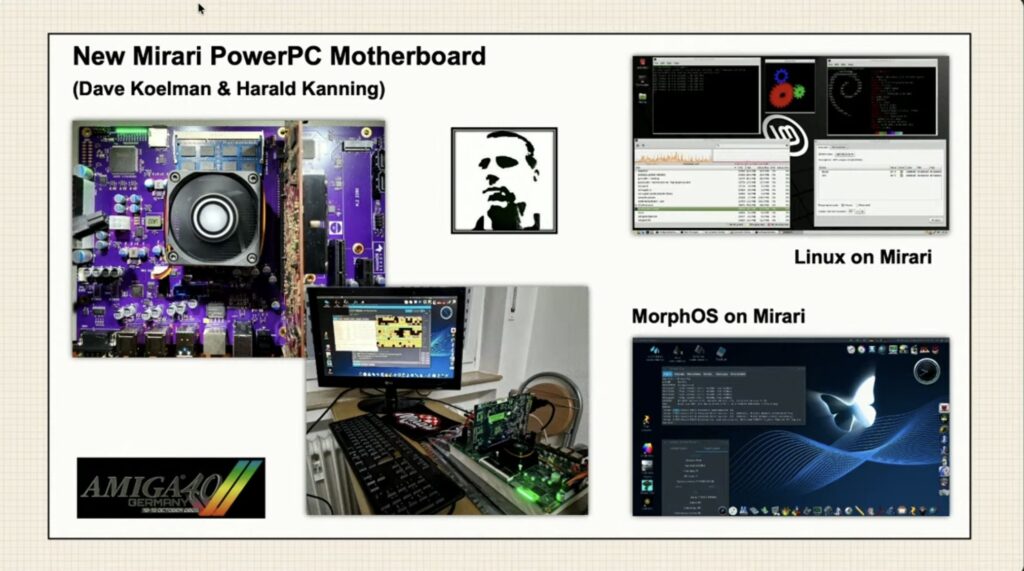
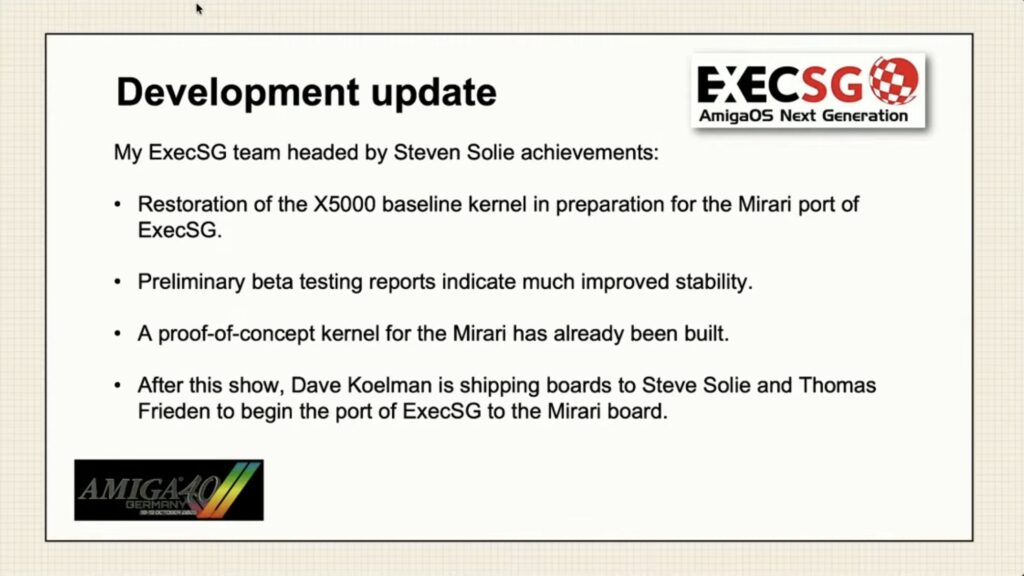
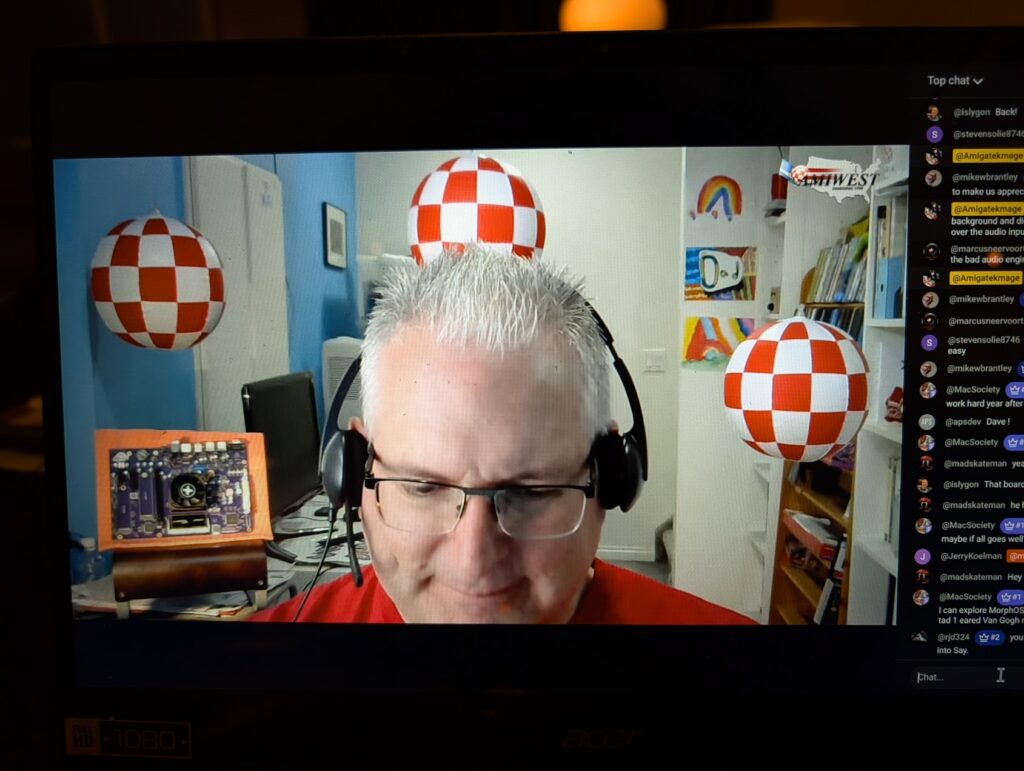
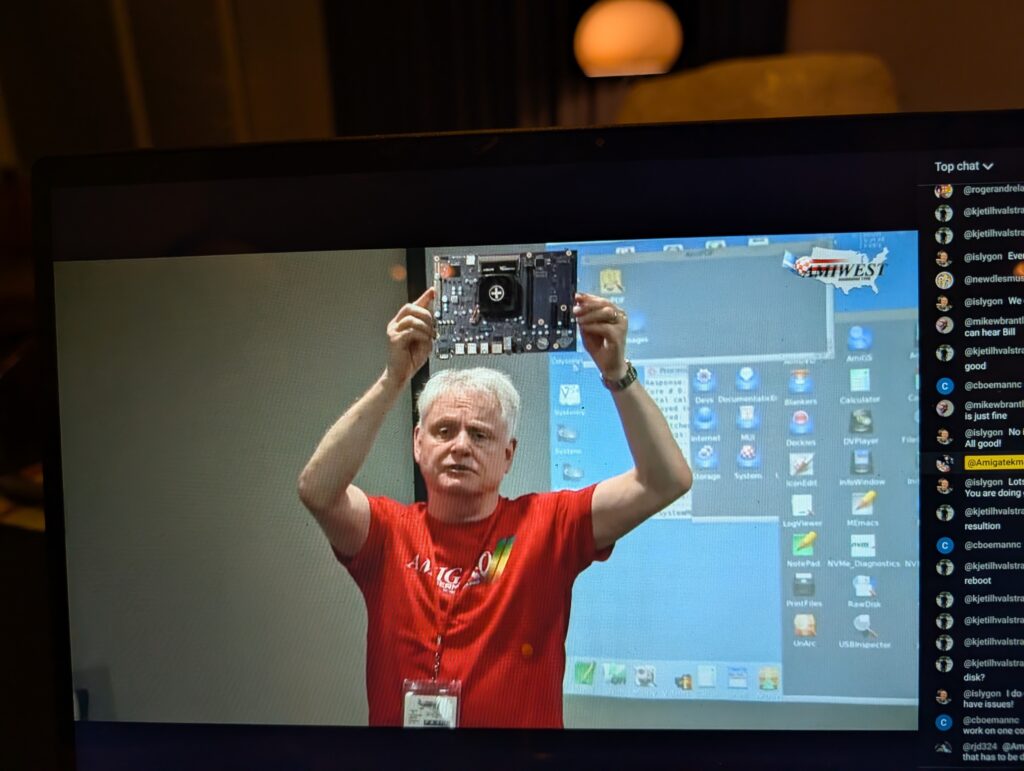
The need for more Speed (NVMe)
While Harald focused on the hardware and the raw NVMe driver, Frank’s work ensures that once the driver is complete, MorphOS can fully utilize it, including the crucial ability to boot directly from an NVMe drive. This requires modifying or integrating the NVMe support into the MorphOS boot process and the file system layer, allowing the operating system to load its initial files from the high-speed NVMe storage.
In essence, Harald provided the device driver (the software bridge) for the modern NVMe hardware, while Frank Mariak is handling the operating system integration (adapting MorphOS) to make the NVMe drive a fully functional and bootable part of the new PowerPC system. Wow!! Well done guys. Check the video below on installing and booting MorphOS 3.20 using a NVME drive.
More soon….
The name Mirari finds its origins in the Portuguese language, where it is derived from the word milagre, meaning miracle.
